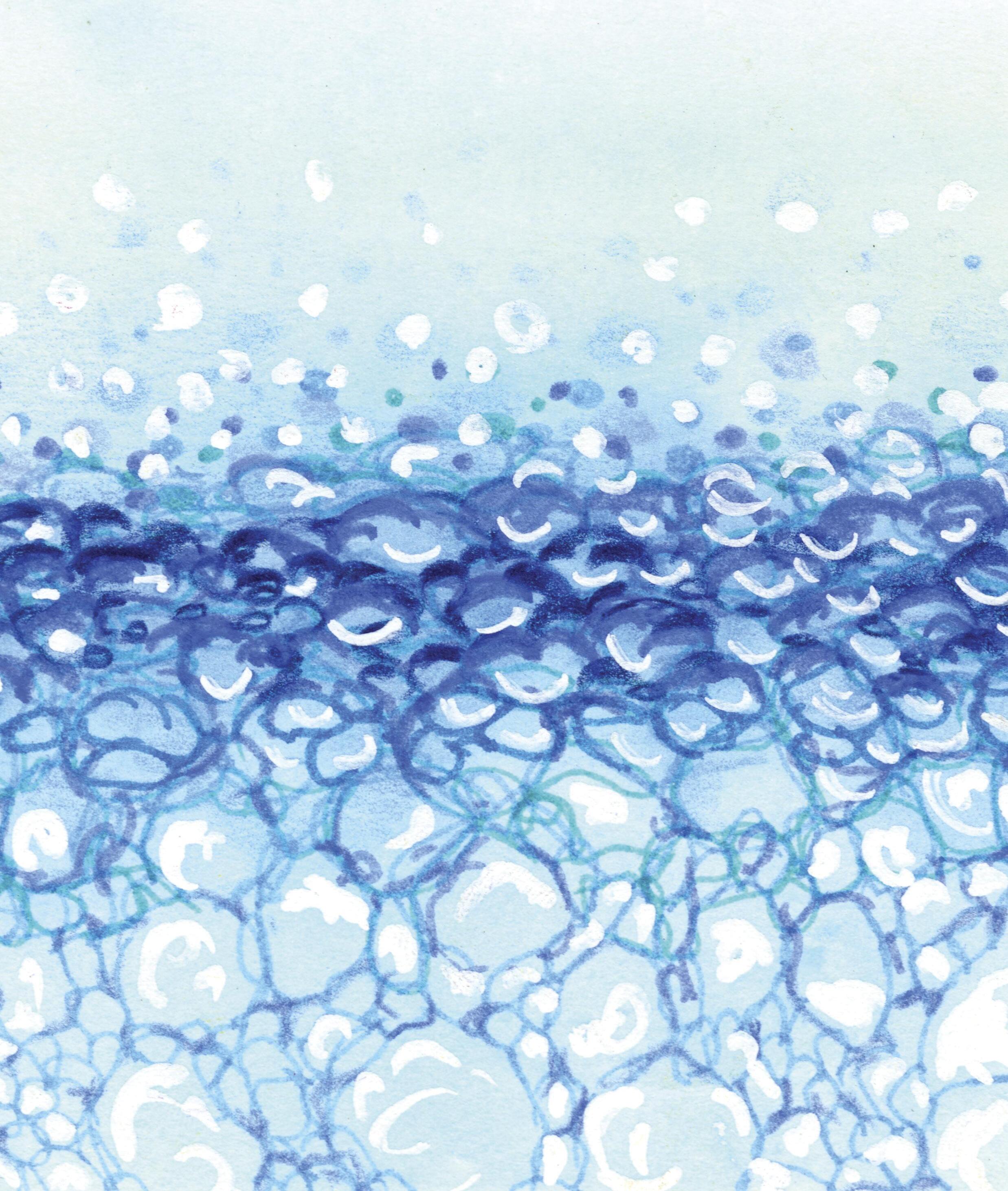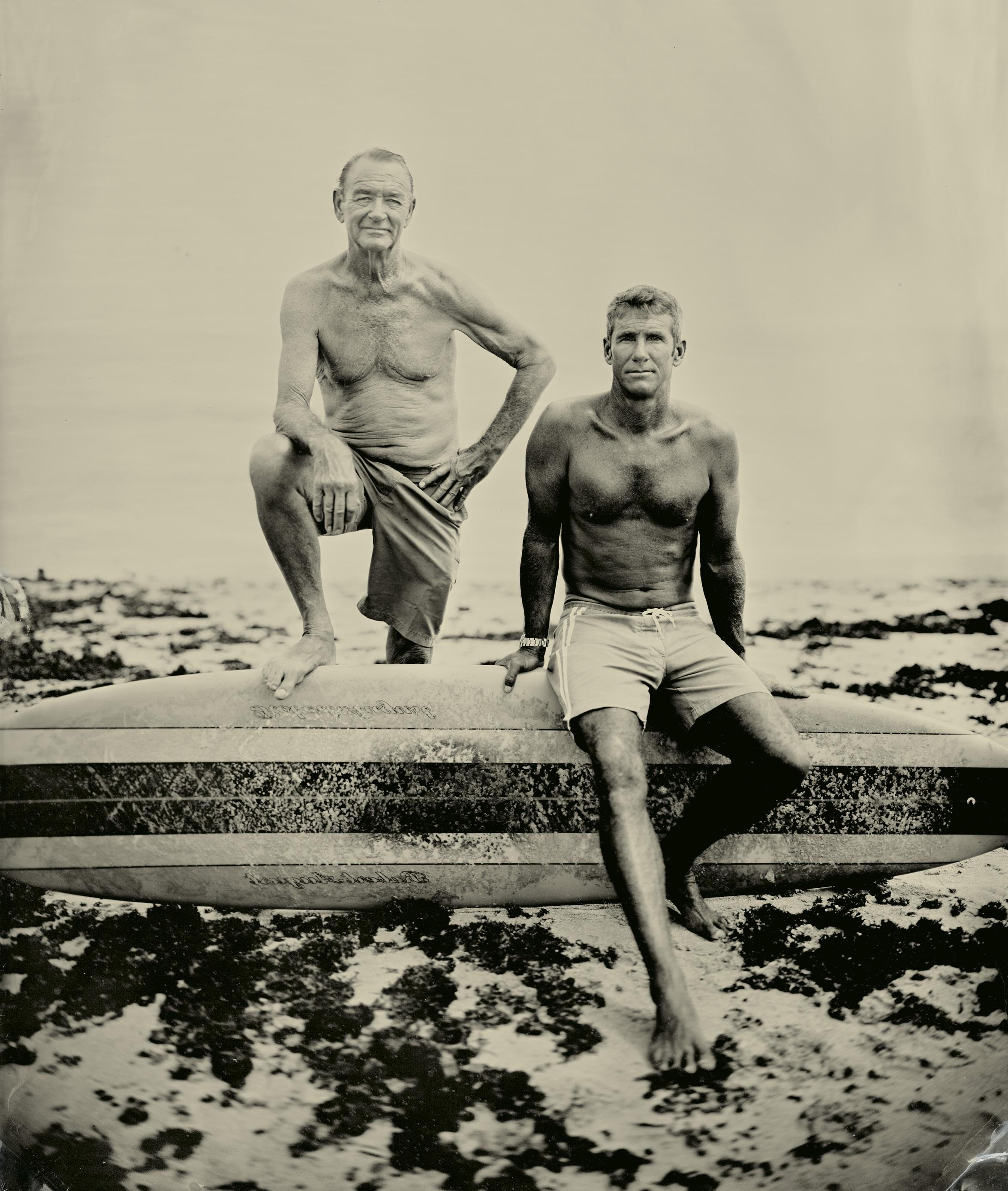

VISUAL ARTS JOURNAL
See “Gallery Guides,” page 60.
Installation shot of Klaus Lutz’s exhibition “Arabia,” 2015, Exile Gallery, Berlin.
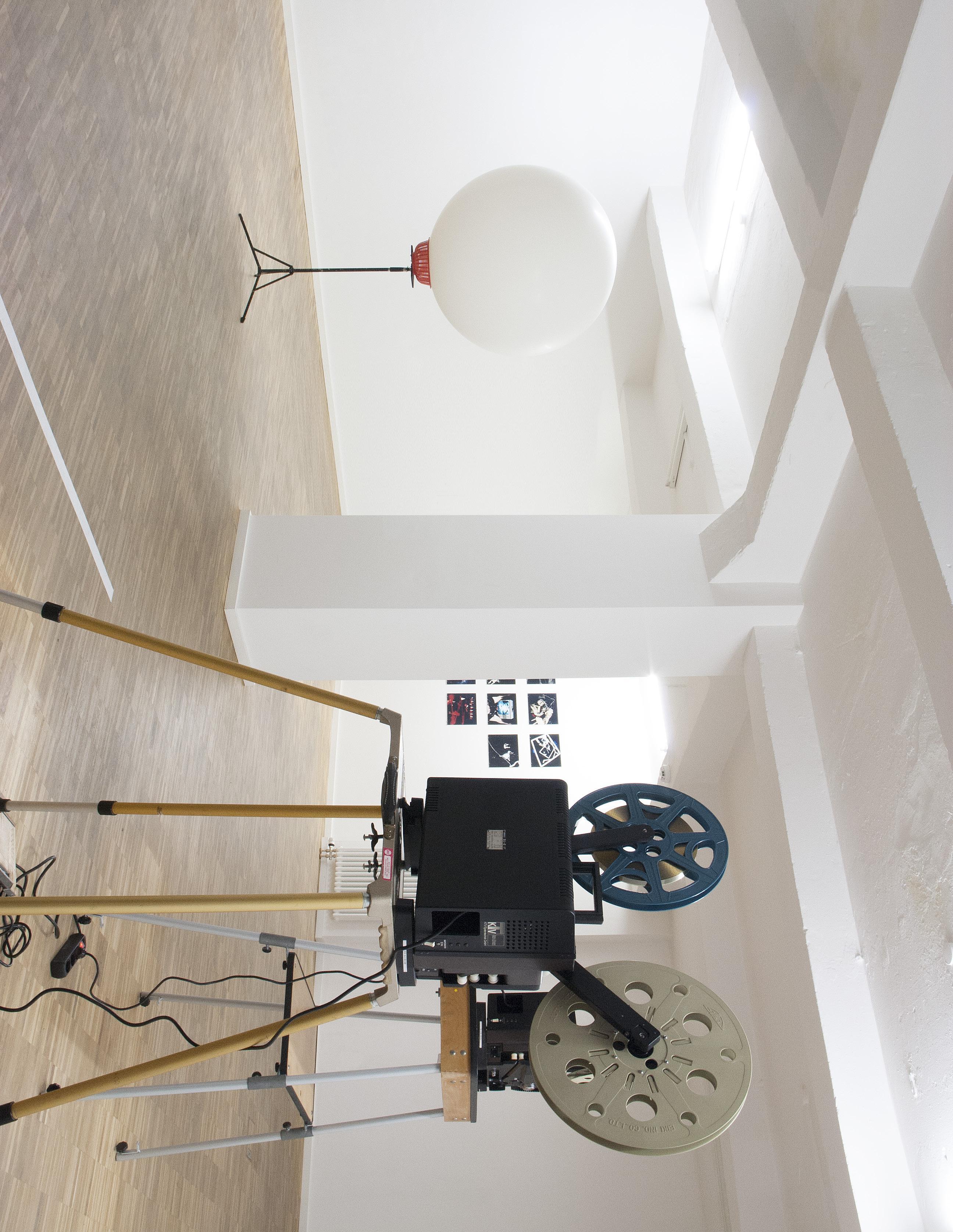

VISUAL ARTS JOURNAL
School of Visual Arts Magazine
Fall 2015
Volume 23, Number 2
EDITORIAL STAFF
S. A. Modenstein, senior editor
Greg Herbowy, editor
James S. Harrison, copy editor
Dan Halm, visuals coordinator
VISUAL ARTS PRESS, LTD.
Anthony P. Rhodes, creative director
Michael J. Walsh, director of design and digital media
Brian Smith, art director
Audrey Choe, design intern
COVER
FRONT: Joni Sternbach, SurfLand: 14.07.24 #1 Robert & Wingnut, 2014, tintype. See “Past, Present,” page 42.
BACK: Yi Chen Tsai, Gargling, from Judith and Richard Wilde’s The Process (Laurence King, 2015). See The Assignment, page 24.
ADVERTISING SALES
212.592.2207
CONTRIBUTORS
Bill Dawson
Christina Fitzpatrick
Bettina Funcke
Alexander Gelfand
Dan Halm
Jessica Lynne
Jane Nuzzo
Derek Parsons
Miranda Pierce
Angela Riechers
Marcelo Rivera-Figueroa
Emily Ross
Kate Styer
Ken Switzer
© 2015, Visual Arts Press, Ltd.
Visual Arts Journal is published twice a year by External Relations, School of Visual Arts, 209 East 23rd Street, New York, NY 100103994. Milton Glaser, acting chairman; David Rhodes, president; Anthony P. Rhodes, executive vice president.
From the President

We’re trying something different in this issue of Visual Arts Journal. Our Assignment feature (page 24)—which presents a few of the many creative “problems” that Judith and Richard Wilde have given their students over many years of teaching illustration and design at SVA, and which were published recently in their book The Process (Laurence King)—ends with a challenge for readers. I hope you will try your hand at it, and that you will send the results to us by email or post. In the weeks to come, selected submissions will be posted on the College’s social media.
Though this assignment is intended as fun, it’s also a reminder that creative and intellectual development should not end with one’s formal education, or even after many years spent in a rewarding career. It is a lifelong pursuit. And finding and taking on a new professional challenge is one of the great joys of work.
Sometimes, the challenge comes from the evolving demands of one’s current occupation. Amid increasingly alarming warnings about the imminent effects of climate change, and with the destruction of hurricanes Katrina and Sandy still a fresh memory, forward-thinking interior designers are now figuring out ways to make the spaces we occupy “resilient,” better able to withstand extreme events like floods and earthquakes. You can read about some of these efforts in “Safe and Sound,” page 54.
Other times, the challenge comes from taking on a second—or third, or fourth—career. Consider the stories of two of the College’s MFA Fine Arts alumni, Asya Geisberg (1999) and Julie Schenkelberg (2011). After completing her graduate degree, Ms. Geisberg worked as an artist, curator and writer before ultimately choosing to open her own, eponymous gallery in New York City in 2010. She talks about her business, and the changing nature of the art market, in “Gallery Guides” (page 60), a conversation with six contemporary-art gallerists, including Ms. Geisberg’s fellow SVA graduates Nicholas Bakita (MFA 2012 Fine Arts), Christian Siekmeier (MFA 2004 Photography, Video and Related Media) and Mike Weiss (MFA 1995 Fine Arts).
Ms. Schenkelberg, on the other hand, came to SVA as an experienced scenic painter. She had spent 18 years helping to create sets for Broadway productions like Chicago and Proof, and wanted to take her artistic practice in a more personal direction. Since then, she has forged a career as a fine-art sculptor and painter, showing her work in numerous solo and group shows and winning a National Endowment for the Arts grant in 2013. Today, she is represented by none other than the Asya Geisberg Gallery.
You can find out more about Ms. Schenkelberg and others who have changed professions midway through their working lives in this issue’s Creative Life, page 22.
facebook.com/schoolofvisualarts
@SVA_News
schoolofvisualarts.tumblr.com vimeo.com/svaedu youtube.com/user/SVANewYorkCity instagram.com/svanyc
David Rhodes President
photo by Harry Zernike
SVA Close Up
The 2015 SVA Alumni Society Exhibition
For those of you who missed it, this year’s SVA Alumni Society exhibition, “The Sports Show,” was on view at the SVA Chelsea Gallery from August 22 through September 19, with a reception attended by many of the featured artists held on the evening of September 10. The show was co-curated by Todd Radom (BFA 1986 Media Arts), secretary of the SVA Alumni Society’s board of directors, and Jane Nuzzo, director of SVA Alumni Affairs and Development.
True to its name, “The Sports Show” included a range of creative works inspired by, or taking their subject from, any number of athletic endeavors—from baseball to swimming to mini-golf. The selected art was similarly diverse. There were portraits of superstars, like basketball’s LeBron James, who was photographed by Sarah Friedman (BFA 1993 Photography), and soccer’s Mia Hamm, photographed by Frank W. Ockenfels 3 (BFA 1983 Photography). There were dreamlike illustrations of women swimmers by Elizabeth Baddeley
(MFA 2012 Illustration as Visual Essay). There were paintings of baseball scenes by Graig Kriendler (BFA 2002 Illustration), and team logos by Radom. And the participating alumni spanned nearly all of the College’s history—“The Sports Show” even included work by the late Bill Gallo (1953), the longtime, award-winning sports cartoonist for the New York Daily News, who died in 2011.
In all, the exhibition presented a look at just how closely athletics and aesthetics are interrelated. Just as some of the earliest art aimed to capture and celebrate bodies in motion, today, thousands of years on, artists in all fields find similar inspiration in the drama and grace of sports. And, as Radom pointed out in his essay for the show’s catalog, “sports fans might be the most ardent brand loyalists on earth. . . . Logos and uniforms connect generations of people who follow their favorite athletes and teams with fierce dedication and intensity.” [Greg Herbowy]
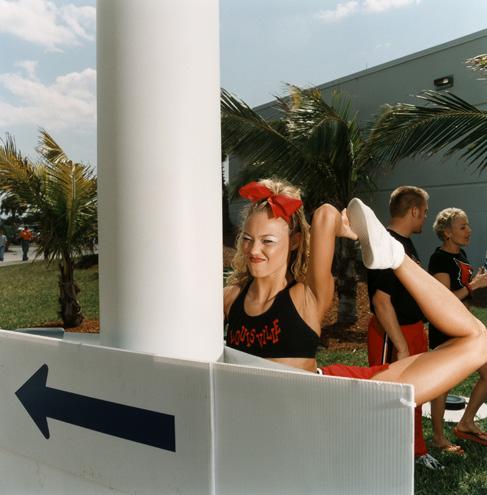

CLOCKWISE FROM TOP LEFT
Todd Radom, logo for “The Sports Show,” 2015; Brian Finke, Untitled (Cheerleading #13), from the series “2-4-6-8: American Cheerleaders and Football Players,” 2002, C-print, courtesy of the artist and ClampArt, New York City; Michael Halsband, Andy Warhol and Jean-Michel Basquiat #143, 1985, gelatin silver print, edition 4/5; Rafael Alvarez, Road to Atlanta 2014, ESPN Magazine; Hanoch Piven, Martina, 2006, courtesy of the artist; James Bennett, John Kruk, 1994, oil on board, courtesy of the artist.
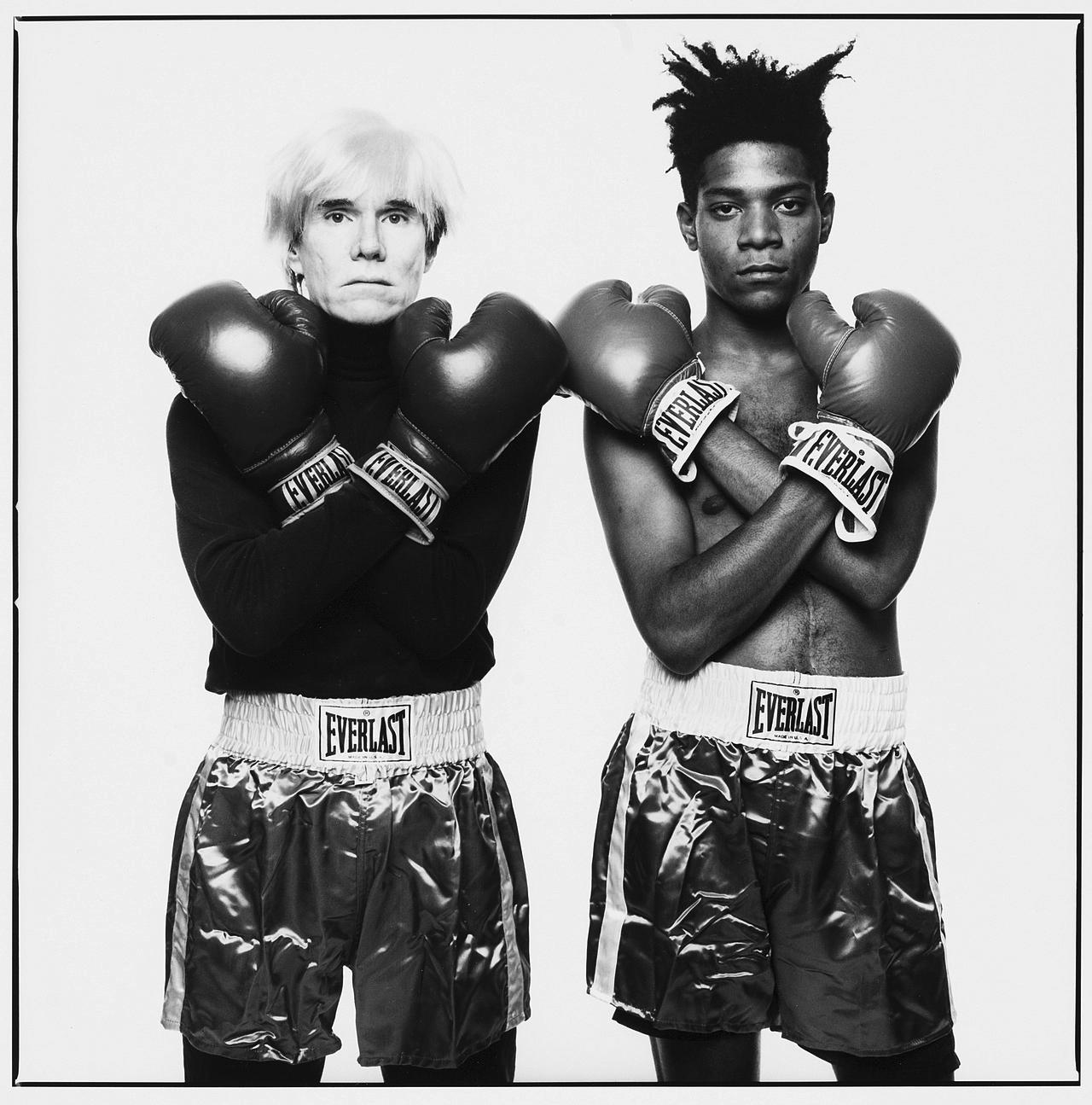

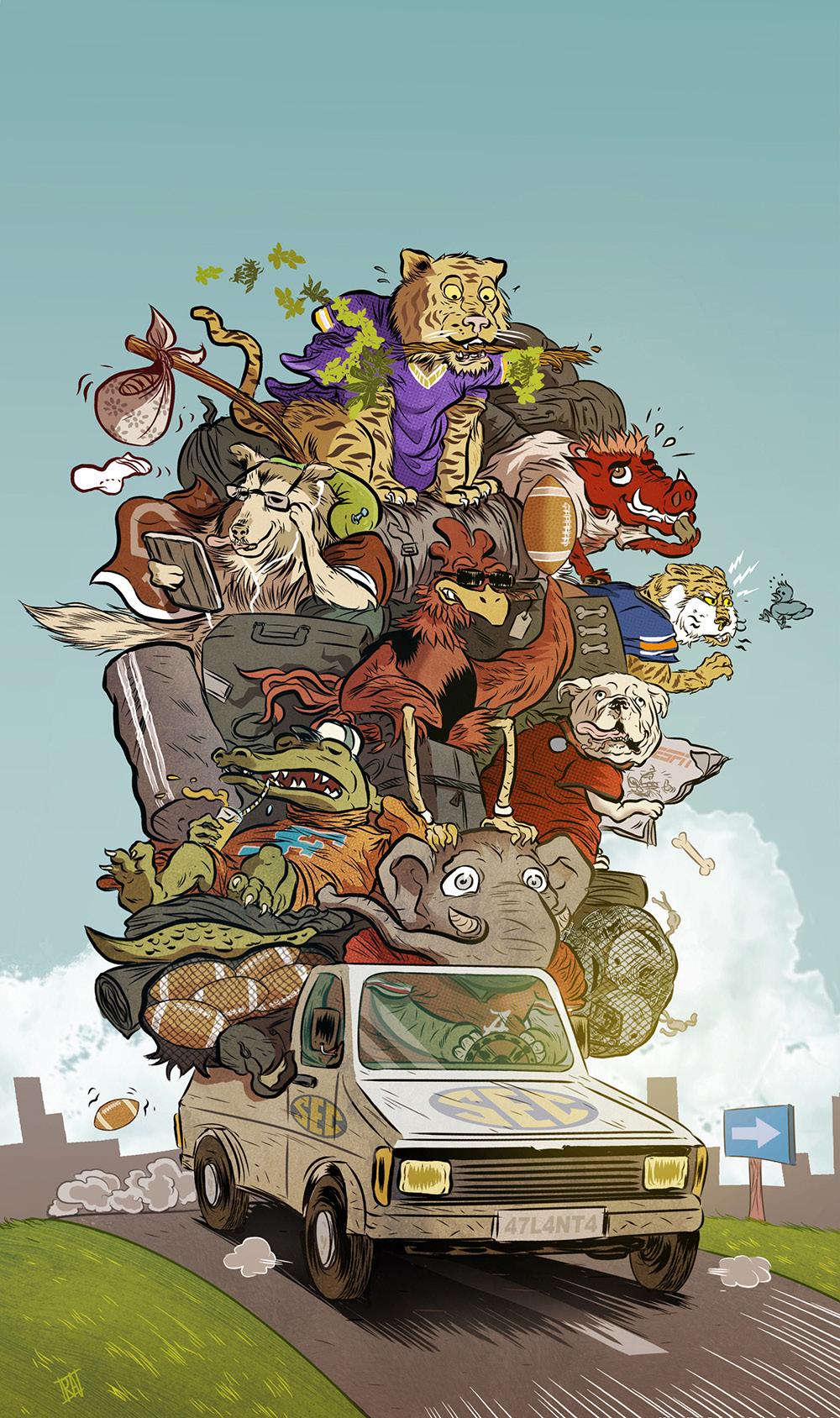
“People underestimate what they give their kids to read. What you read as a kid is the basis of all the books that you’re going to put on top of that. So if you read, like, My Little Pony, good luck reading Faulkner after that.”
Liniers, Argentine cartoonist. From a conversation with cartoonist and SVA faculty member Steve Brodner, hosted by MFA Visual Narrative.
SVA Close Up
SVA On Demand
Last June, SVA introduced its first online continuing-education offerings: three design courses conceived and taught, per College tradition, by working professionals in the field. After a successful, fully enrolled summer session, the courses—Digital Portfolio Design, Principles of Visual Language: Form and Color, and Typography and Identity—were all offered again for the fall and are currently in session. This coming spring they will run again, along with three new online courses in writing and the visual arts: The Artist as Philosopher, Screenwriting Workshop and Writing for Comics. The development of online courses in photography for fall 2016 is already under way.
SVA Online is a collaborative initiative, put together through the shared efforts of the College’s Office of the Provost, Division of Continuing Education and Office of Learning Technologies. “Our goal,” says Jennifer Phillips, director of the Office of Learning Technologies, “is to offer students who don’t live in New York City access to our faculty, which is a tremendous resource. All of the SVA Online instructors teach at SVA in other capacities—and they’re all exceptional artists and designers, working in their respective fields. It can be difficult to find such a concentrated and high caliber of professional expertise outside of the city.”
All SVA Online courses are hosted on Canvas, a learning management system compatible with nearly all computers that have a reliable Internet connection. They are also “asynchronous,” meaning that students can learn and participate on their own schedule, regardless of time zone.
For more information or to enroll, visit sva.edu/ceonline. [GH]
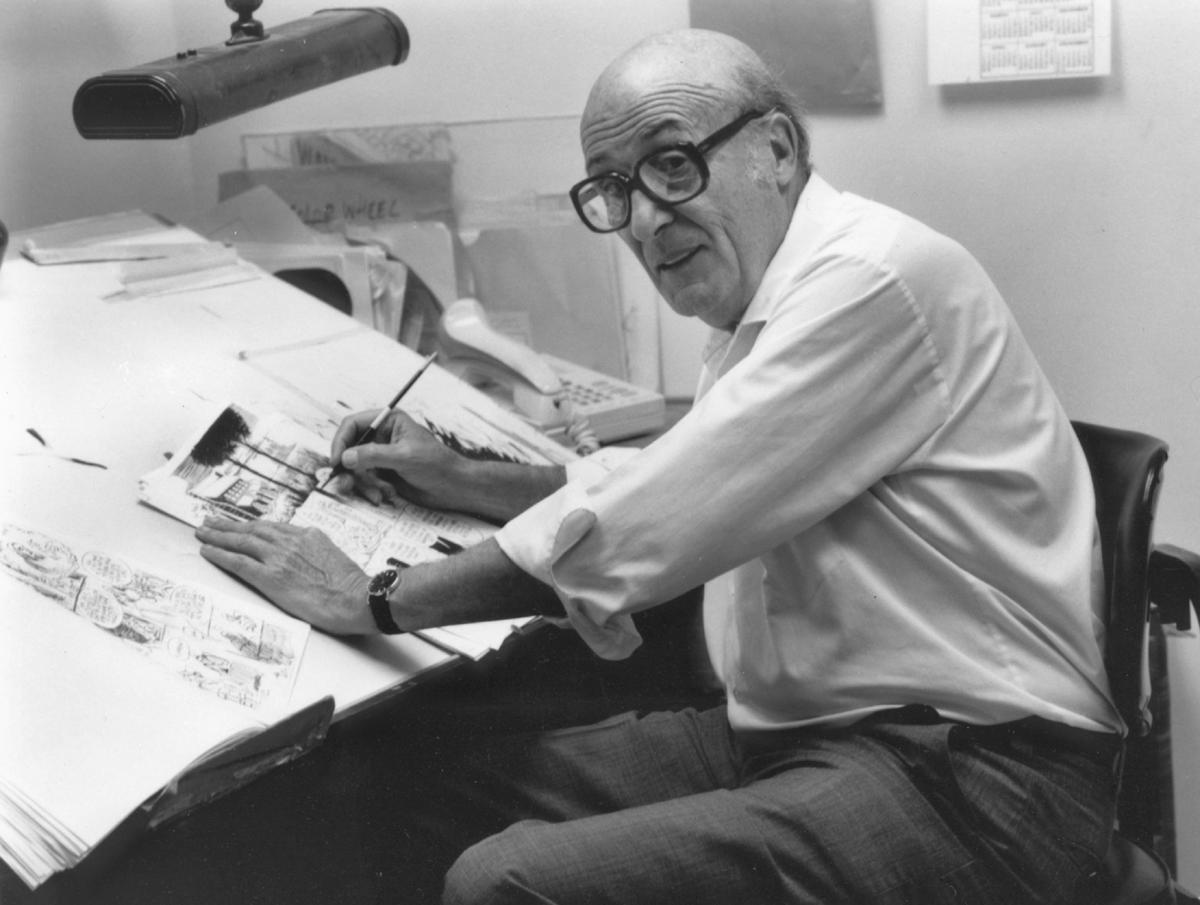
That’s the Spirit: Honoring Will Eisner
At 7:00pm on Wednesday, November 11, at the SVA Theatre, the Will and Ann Eisner Family Foundation and the SVA Alumni Society will host a conversation with famed cartoonist Jules Feiffer and writer, editor and former president of DC Comics Paul Levitz. The event will benefit the SVA Alumni Society’s Will Eisner Sequential Art Award Fund, which was established by the foundation in 2008 in memory of Eisner, an influential comics artist and longtime SVA faculty member who died in 2005. The award is given to support a thesis project of an SVA undergraduate or graduate student whose work is in the field of “sequential art,” a term coined by Eisner.
Eisner’s work as a cartoonist was integral to establishing the graphic novel as a literary form. His 1978 book A Contract with God and Other Tenement Stories (Baronet) was one of the earliest graphic novels. Its subject, Jewish immigrants who live in a Bronx tenement house, showed how versatile comics, then best known for pulpy entertainment, could be. But Eisner, a versatile
and prolific creator, also excelled in the action-packed stories of superheroes and villains that the medium is still best known for. This year marks the 75th anniversary of the debut of The Spirit, his serial about the eponymous crimefighter. It is a work that has proved to be enduringly popular. Last summer, DC released a hardcover anthology of the series, which also includes new Spirit stories by contemporary artists and writers, and Dynamite Entertainment, another comics publisher, introduced a new monthly series based on Eisner’s creation.
The SVA Theatre event will closely follow the publication of Levitz’s latest book, Will Eisner: Champion of the Graphic Novel (Abrams ComicArts), which features a contribution by Feiffer, who, early in his career, worked as Eisner’s assistant. Both Levitz and Feiffer will be available to sign books at the gathering. For more information, visit sva.edu/events. [Jane Nuzzo]
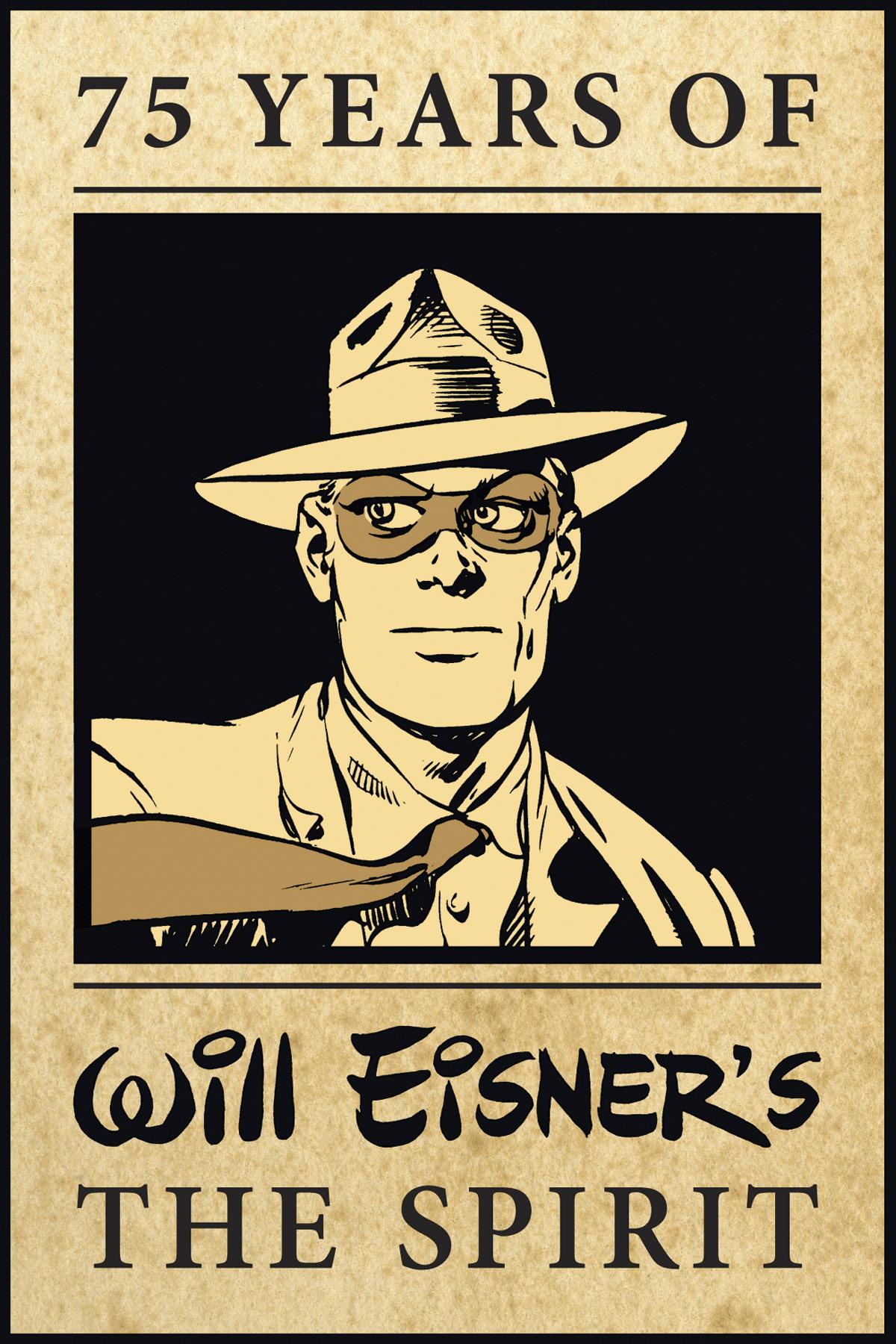
“I’ve made my living as a writer for 42 years, and people will say to me, ‘What’s going to happen to writing?’ I find it now challenged in a way that it hasn’t been. It used to be challenged through suppression and through scarcity. The challenge now is abundance. There’s so much writing, and so much text, and so much online.”
Ian Frazier, writer. From a talk hosted by MA Design Research, Writing and Criticism.
THE SPIRIT and WILL EISNER are registered trademarks of Will Eisner Studios, Inc. Spirit artwork © Will Eisner Studios, Inc. All rights reserved.
SVA Close Up
Art Is . . .
In mid-October, SVA hosted its 29th Humanities and Sciences conference, at the Warwick New York Hotel. Organized by the College’s Humanities and Sciences Department, the conference is an annual gathering of academics, writers, artists and studio professionals to discuss contemporary issues in art history, art practice and the humanities. Past conferences have covered questions surrounding artistic collaboration, the relationship between words and images, and representations of war in art.
This year’s topic of discussion: What is art? Conference director Dr. Maryhelen Hendricks, co-chair of SVA Humanities and Sciences, chose the theme because, as she admits, after 40
Groundbreaking News
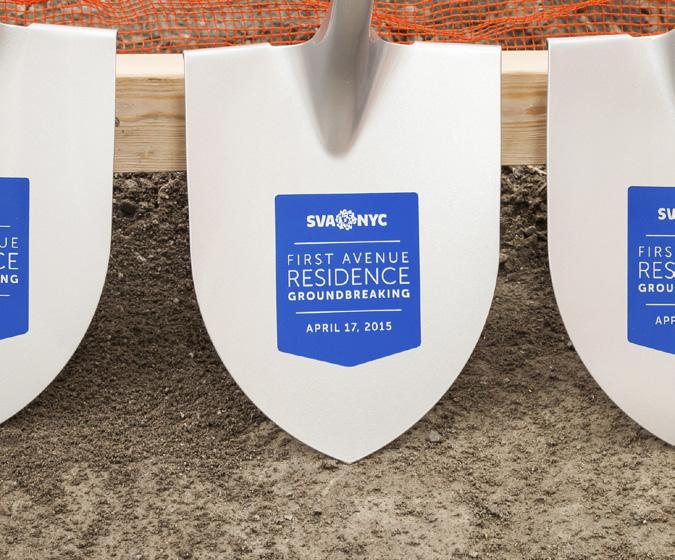
On April 17, SVA officials gathered with federal, state and local government representatives to break ground on the College’s new residence hall, which is scheduled to open at 407 First Avenue in August 2016. “Aspiring artists come to SVA to learn from industry leaders and be part of a community,” SVA President David Rhodes said at the event. “We owe it to them to provide accommodations to match the world-class education they receive.” For more details on the new building and its design, see “The Art of Living” in the spring 2014 Visual Arts Journal
years of working at SVA and contributing to the arts, she still doesn’t know the answer. To keep the dialogue as openended as possible, she asked attendees to consider the prompt “Art is . . .” when submitting proposals and papers for presentation and encouraged entries from all disciplines. The presentations included papers incorporating concepts from architecture, fine arts, graphic art, film and photography, and fashion, among other pursuits. Topics of discussion included grassroots movements in art communities, outsider and expat art, and teaching philosophies that emphasize artistic technique over theory. Some speakers offered a wide-ranging definition of art, seeing it as merely what you make;
others focused on defining art through the experience and interpretation of its audience, shifting meaning away from the artist and his or her intentions. The conference’s keynote speaker was writer and art historian Carter Ratcliff. The author of several works of fiction, nonfiction and poetry, Ratcliff has a diverse perspective on how the concept of “art” has morphed and mutated across disciplines since the postwar period. His keynote, “Art Is,” considered art’s permanent role as an “indispensible” cultural phenomenon, as well as such long-held, though contested, notions as “Art is expression,” “Art is a way to truth” and “Art is a commodity.”
[Derek Parsons]

“That term, ‘curator,’ has really been adopted and fetishized recently in mass culture. The work that I’m doing is not just about picking and choosing. . . . [I see myself as] someone who enables the artist to realize their dream.”
Cara Starke, director of exhibitions, Creative Time. From a talk hosted by BFA Visual and Critical Studies.
photos by
Jacqueline Iannacone
Self-Exam
To maintain its membership in the Middle States Commission on Higher Education, the organization that oversees colleges and universities in the MidAtlantic region, SVA must undergo a comprehensive reaccreditation process every 10 years. This year, MSCHE has invited the College and a handful of other institutions to participate in a pilot program, the Collaborative Implementation Project, which will test-run the commission’s seven newly redrafted standards of excellence.
The first stage of this process is for SVA to research and draft a selfstudy report, examining all aspects of the College as they relate to MSCHE’s standards of excellence. These standards are Mission and Goals; Ethics and Integrity; Design and Delivery of the Student Learning Experience; Support of the Student Experience; Educational Effectiveness Assessment; Planning, Resources and Institutional Improvement; and Governance, Leadership and Administration. This stage offers the College an opportunity to review its accomplishments over the past decade, clarify its goals for the future and assess its current strengths and areas for potential improvement.
A successful self-study necessarily engages a wide spectrum of the SVA community, so a diverse group of students, faculty, administrators and alumni have been recruited to serve on the self-study steering committee and as members of its seven working groups. Together, they represent the range of perspectives and backgrounds that give the College its distinctive character. The working groups will in turn reach out to more members of the SVA community to conduct interviews as they each investigate the standards of excellence. In the months ahead, you may be asked to take part. If so, please participate; the success of this effort will be measured in part on the College’s success in soliciting as much thoughtful and candid feedback as possible.
For more on the self-study and reaccreditation process, visit selfstudy.sva.edu. [Emily Ross]
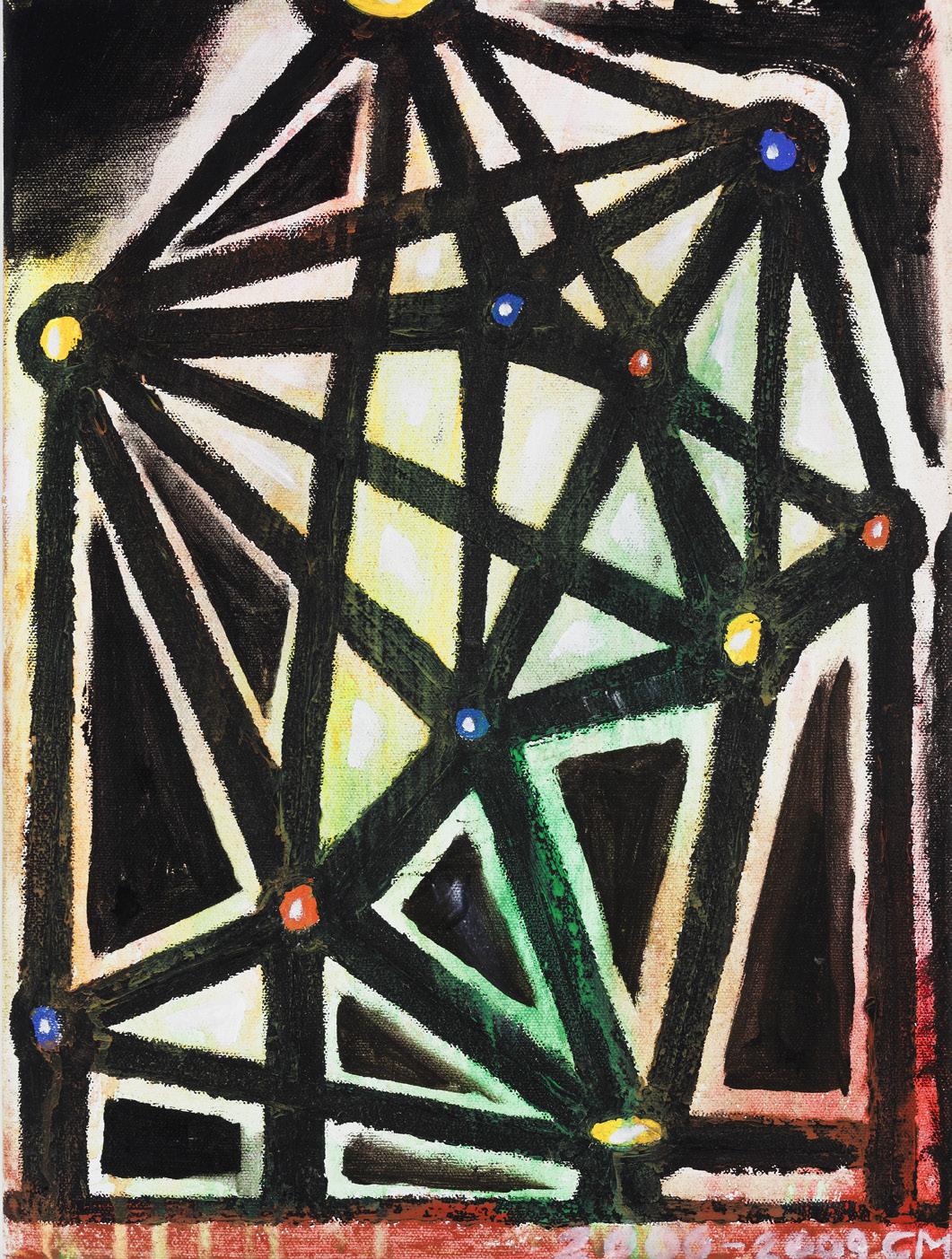
Double Take
On Saturday, November 21, the second half of a two-part exhibition, “Intimacy in Discourse: Reasonable-Sized and Unreasonable-Sized Paintings,” opens at the SVA Chelsea Gallery. As indicated by its title, the exhibition—which is curated by Phong Bui, an SVA faculty member, artist and the publisher/editor in chief of The Brooklyn Rail—features paintings of both “reasonable” and “unreasonable” dimensions. The “reasonable-sized” portion of the show opened at Mana Contemporary Gallery in Jersey City, New Jersey, in late September. The College’s half, which presents “unreasonable-sized” paintings, will be celebrated with a reception at the SVA Chelsea Gallery on Saturday, November 21, from 6:00 to 8:00pm. The exhibition’s “reasonablesized” paintings are so called because they were made by painters who consistently work with sizes that can be carried under one’s arm. Bui cites artist
Thomas Nozkowski, who regularly works in this mode (his standard sizes for canvasses are 16 x 20" and 22 x 28") as the inspiration for this category; his 2011 painting Untitled (9-7) is among the works showing at Mana. “Unreasonablesized” paintings, Bui says, are considered to be more “spontaneous” or “unpremeditated” works, their scales determined not by habit or reason but by mere chance. His chosen examples for this grouping include pieces by Lois Dodd, Chris Martin, Juan Ulsé and Lisa Yuskavage.
“Intimacy in Discourse: Reasonable-Sized and UnreasonableSized Paintings” is on view at both Mana Contemporary and the SVA Chelsea Gallery through Tuesday, December 22. For more information on the exhibition, visit manafinearts.com and sva.edu/galleries. [GH]
Chris Martin, Untitled, 2006 – 2009, oil on canvas.
What’s in Store
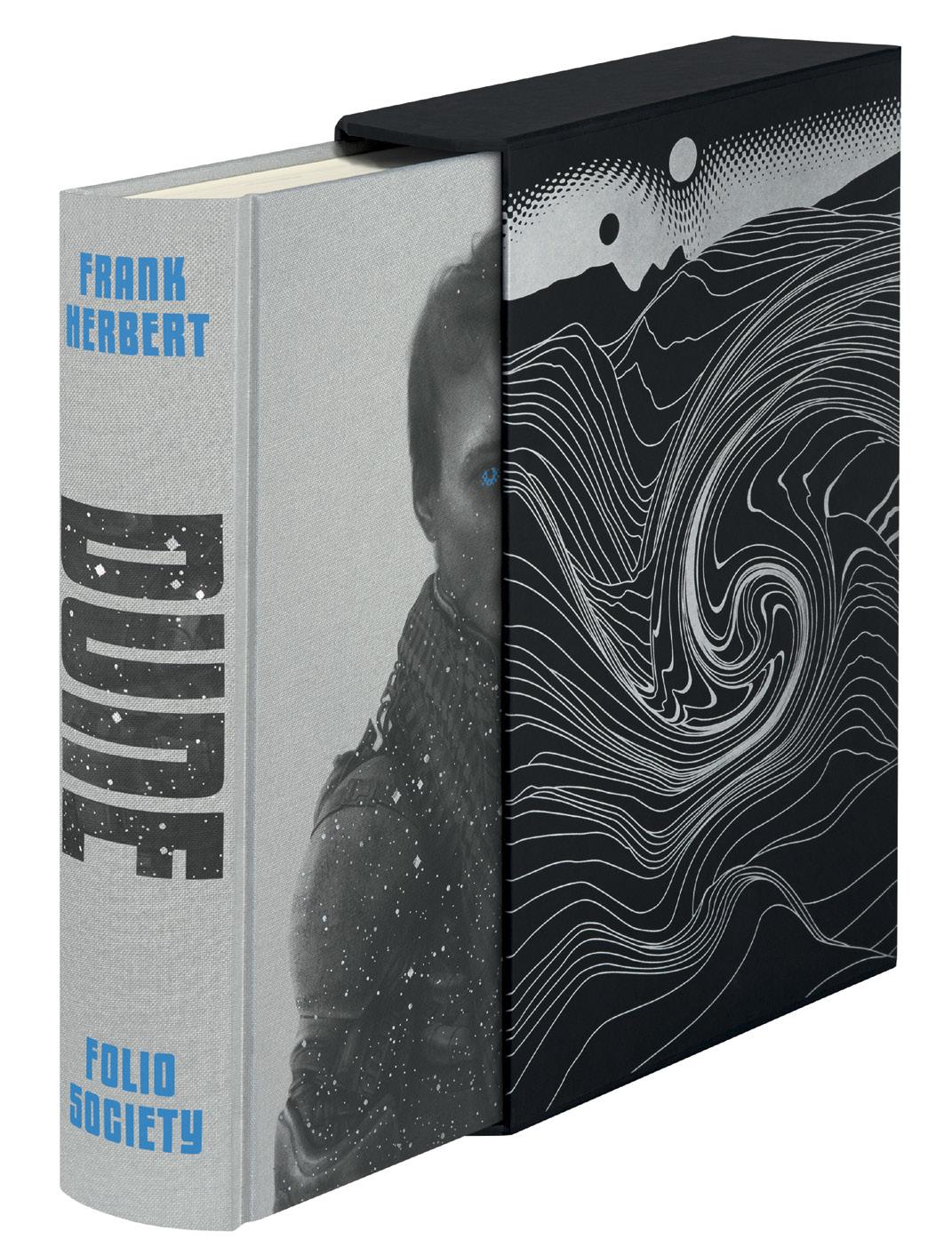
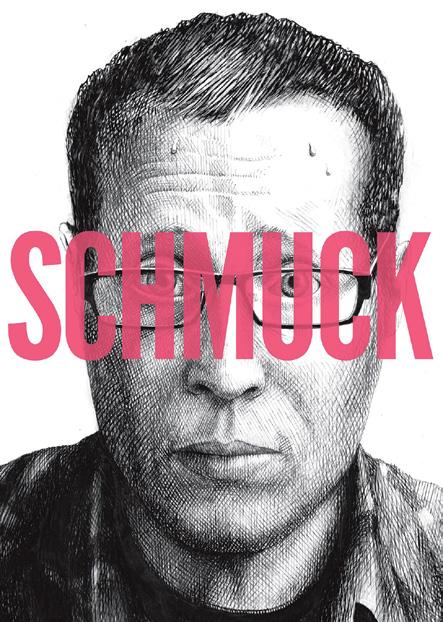
Schmuck
Seth Kushner
(BFA 1995 Photography)
Alternative Comics
Softcover, 176 pages, $19.95
Dune
Frank Herbert (author) and Sam Weber (illustrator), with introduction by Michael Dirda and afterword by Brian Herbert
The Folio Society
Clothbound hardcover, 576 pages, $125
The Silence of the Lambs
Thomas Harris (author) and Marshall Arisman (illustrator)
Subterranean Press
Limited edition hardcover, 344 pages, $150; leather-bound limited edition, 344 pages, $1,500
Two classics of American fiction were reissued this year, and both feature work by artists associated with SVA’s MFA Illustration as Visual Essay Department. Sam Weber, a 2005 graduate of the program, illustrated the Folio Society’s deluxe reprint of Frank Herbert’s 1965 sci-fi epic Dune, creating the slipcover graphic, cover image and a number of interior illustrations, and department chair Marshall Arisman painted portraits of fictional serial killers Dr. Hannibal Lecter and Buffalo Bill for two limited-edition runs of Thomas Harris’ 1988 horror novel The Silence of the Lambs, produced by Subterranean Press.
The Dune assignment is Weber’s third with the Folio Society—he previously illustrated the covers and interiors of a 2008 reissue of William Golding’s Lord of the Flies (1954) and a 2011 edition of Ray Bradbury’s Farenheit 451 (1953). Though he now considers himself “a huge fan” of Herbert’s book, which tells the story of an interplanetary struggle over a scarce resource known as “the spice,” he first encountered the work not in its original form, nor through David Lynch’s poorly received 1984 film version, but via a 1992 video game adaptation. Weber is selling the original art for the assignment, as well as prints of the work, on his website, sampaints.com.
In the 1980s and ’90s, due largely to his own artistic inclinations, which often tended toward dark themes, Marshall Arisman became known among art directors “as the go-to guy whenever there was a murder,” he says. So when The Silence of the Lambs was first published, he ended up illustrating articles on the book for no fewer than three publications: Time, The Village Voice and The New York Times Book Review. After Harris’ original publisher bought the original art for the Times piece as a gift for the best-selling author, Harris—who rarely consents to interviews or publicity—sent an admiring note to Arisman. The sentiment was evidently genuine: More than 25 years later, when Subterranean approached Harris about reproducing his best-known work, Arisman was his illustrator of choice. “It turned out to be one of those dream jobs,” Arisman says. “They told me ‘Tom [Harris] said you should be left alone to do it.’” The resulting paintings can be seen on the covers and inside pages of Subterranean’s two numbered editions—a run of 200, all signed by Arisman, and a run of 52, all signed by Arisman and Harris and packaged in a custom case. [Greg Herbowy]
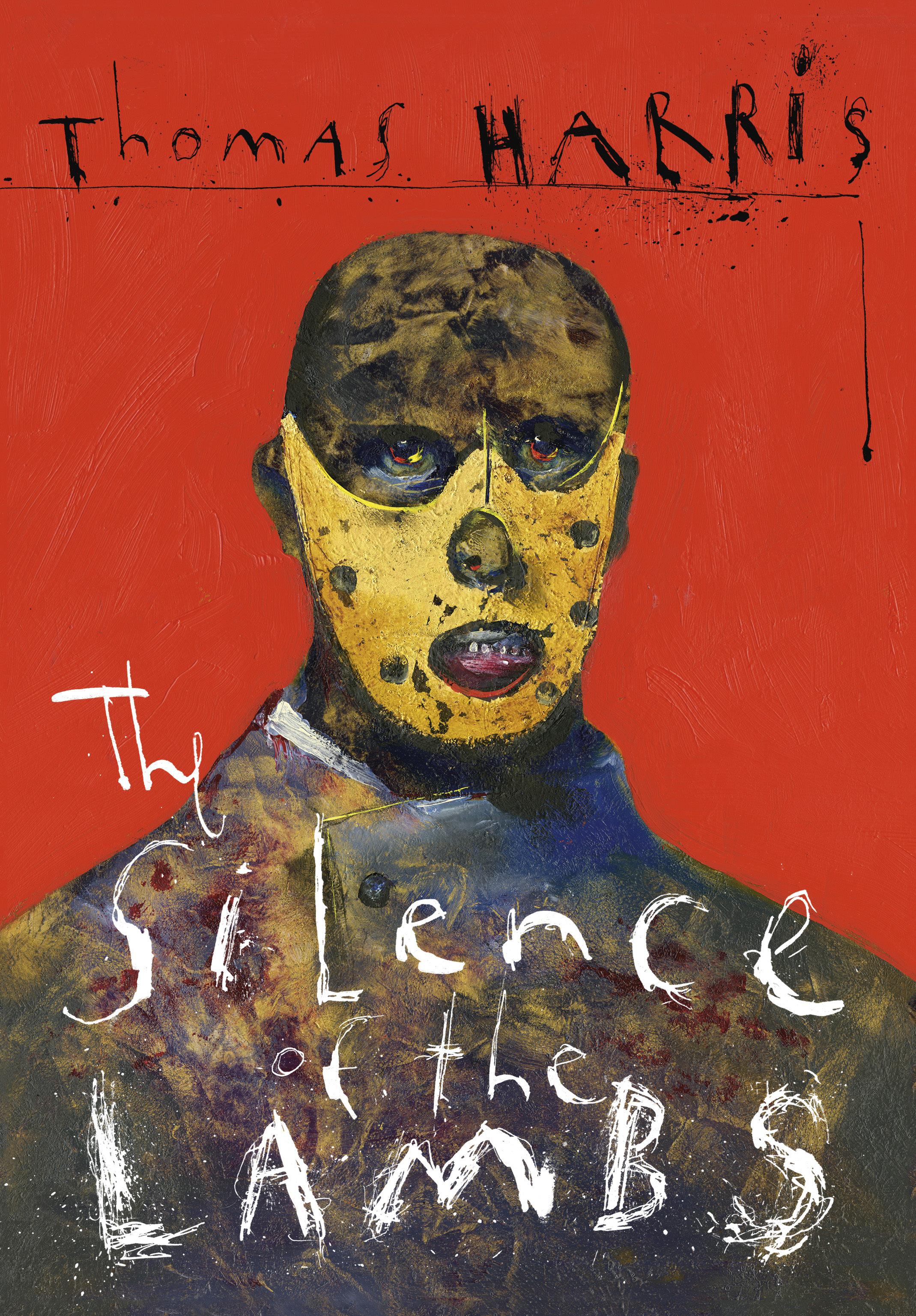
What’s in Store

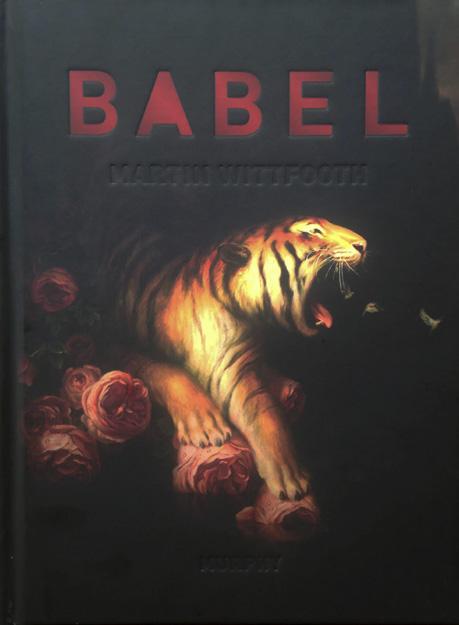
Babel
Martin Wittfooth
(MFA 2008 Illustration as Visual Essay), with introduction by Marshall Arisman (chair, MFA Illustration as Visual Essay) and essay by Kirsten Anderson Murphy Fine Art Books
Signed hardcover, 124 pages, $65 (with domestic shipping) or $75 (with international shipping)
Archive Home
Bette Blau
79½ South Broadway, Nyack, New York archivehome.bigcartel.com whatbettefound.com
Decorators and savvy homeowners are always looking for unusual items to give spaces a sense of personality. Oftentimes it takes just a single accent piece to provide that defining aesthetic. Could a vintage sparkplug-displaycum-spice-rack be the focal point of your kitchen? Or maybe an impeccably preserved insect collection from the 1960s is the perfect piece to tie together your redesigned living room? These are just two examples of the many rare and one-of-a-kind items available at Archive Home, an idiosyncratic selection of home goods that are not only fashionable and collectible, but truly genuine.
Founded by Bette Blau (BFA 1983 Fine Arts) and her partners Meryl Foster and Christina Lane in 2013 as a pop-up store in Nyack, New York, Archive Home now has a permanent home just down the street from its original location as well as an e-commerce site. As a professional stylist who sources props for photo shoots, Blau has years of experience choosing objects that convey a sense of authenticity, and she regularly scours flea markets and estate sales for items that evoke an emotional reaction or memory.
“I think there is a big push now for repurposed objects, bringing history, character and individuality into people’s homes and lives,” she says. “When I am in the shop, customers come in and tell stories about their past when they relate to something they see. Vintage pieces that have lasted are important links to our past, reminding us of actual moments of our lives, authentic both physically and psychologically.”
In addition to choosing Archive Home’s products around themes like Americana, industrial design and Danish modern design, Blau also runs a separate blog with her husband, Steven Randazzo, called What Bette Found, about her experiences hunting, scavenging and reusing the objects she finds, many of which are available for sale on the site. [Derek Parsons]
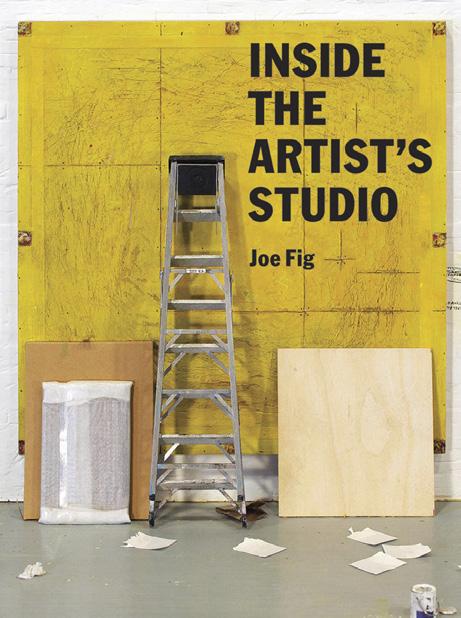
Inside the Artist’s Studio Joe Fig
(BFA 1991 Fine Arts, MFA 2002 Fine Arts)
Princeton Architectural Press
Softcover, 256 pages, $35

Rain Lamp
Richard Clarkson richardclarkson.com 12" globe, $940; 16" globe, $1,220
In just a few short years, Richard Clarkson (MFA 2014 Products of Design) has made a name for himself in the design world. News of his Cloud Lamps—light-and-speaker systems that replicate the rumbles and flashes of thunderclouds, which he first created as a student and are now produced by his year-old, Brooklyn-based studio—quickly went viral, grabbing the attention of media outlets from Fast Co. Design and Juxtapoz to BuzzFeed and Boing Boing.
Continuing his theme of bringing the sights and sounds of nature indoors, Clarkson followed up the Cloud with the Rain Lamp, a glass sphere containing water, a carefully crafted pump system and a bulb, all of which create a rippling light effect. “The idea was originally inspired by childhood memories of indoor pool lights and reflections,” he says. “But it was after looking more closely at the fish tank here in our studio that I got really
motivated and excited about light ripples specifically. I loved the idea of a lighting fixture that actually, physically dripped real water—such a contradiction to our perceptions of electricity and water!”
Clarkson and his team aimed even higher, atmospherically speaking, for their next project, the Galaxy system, a series of water-filled lamps that project recreations of images captured by the Hubble Space Telescope. The first Galaxy was installed in a New Orleans restaurant in June and the system will be available for purchase later this year. With all the interest the designer’s work has generated, his studio is busier than ever. “It’s transitioning into more than just a Cloud Lamp factory and feeling more like an art and design laboratory,” Clarkson says. “Come see for yourself—we welcome visitors. Just make an appointment via our website.” [Ken Switzer]
What’s in Store
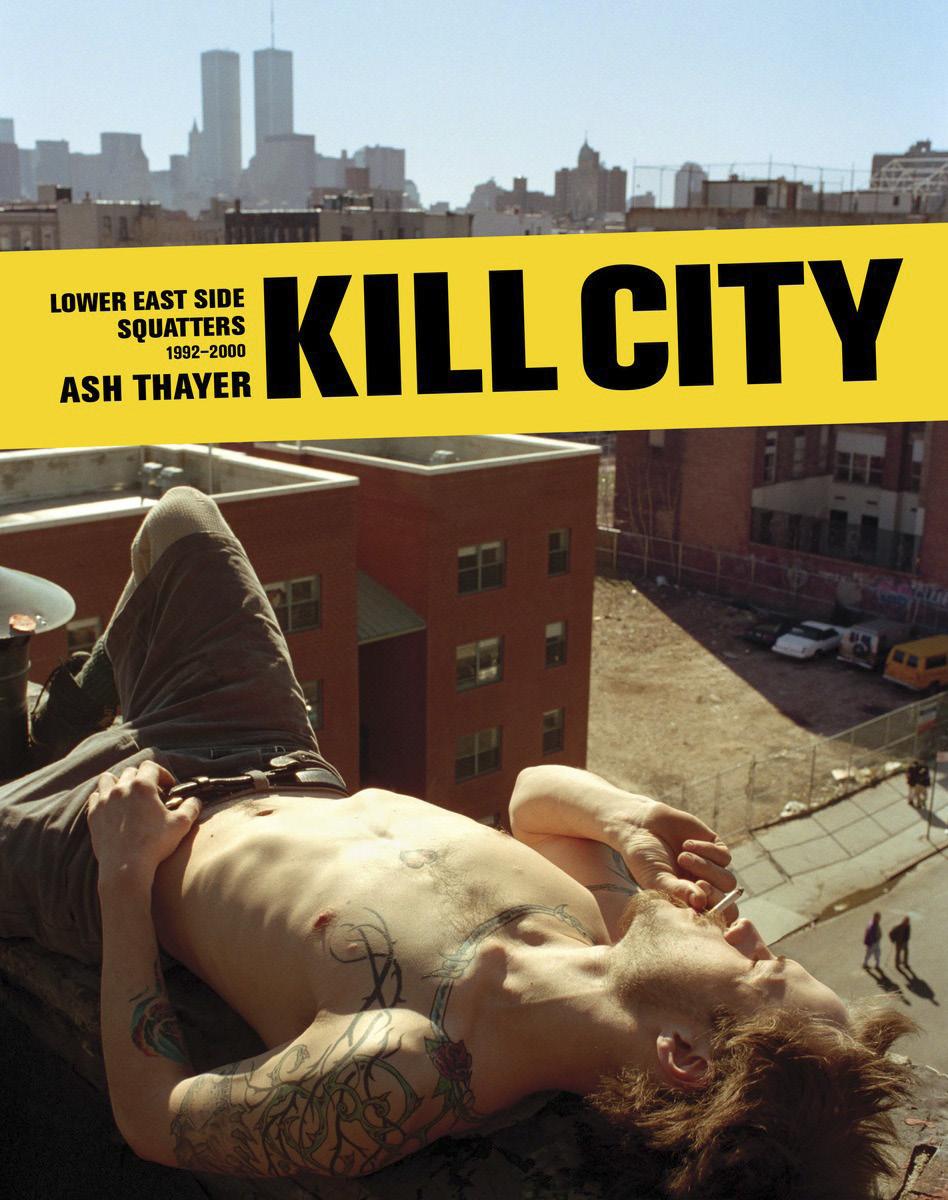
Kill City: Lower East Side Squatters
1992 – 2000
Ash Thayer, with introduction by Reverend Frank Morales
PowerHouse Books
Hardcover, 176 pages, $50
Growing up an outcast among what she calls the “evil-Disney-dimpledredneck-princesses” of Memphis, Tennessee, Ash Thayer (BFA 1997 Photography) found her place in the local punk scene—an affinity that proved useful, if not life-changing, a few years later when, enrolled at SVA, she found herself unable to afford both rent and her education. “Some of my punk friends were squatters,” she says, living in the abandoned and condemned buildings of Manhattan’s Lower East Side. Thayer was invited to join them, on the condition that she—like all the other itinerant teens, low-income families, activists and self-identified misfits that occupied the buildings—pitch in with the renovation efforts: nearly everything, from plumbing to electricity to structural soundness, had fallen into disrepair.
Kill City (which takes its name from a 1977 Iggy Pop album) is Thayer’s photographic record of that time, which spanned the remainder of her undergraduate years, and then some. Many of the photos that appear in the book were first used for class assignments and shown in group critiques at SVA, though few of her classmates or faculty members likely knew how rare her access to the squatters, a secretive and close-knit community, was, or how unique a historical document her pictures would become. “It was a
really, really big deal to come in and take pictures” in such an insular community, she says. Police raids and evictions were a fact of squatter life and any outside exposure put the residents at risk. Thayer only began showing the photos recently; first as part of a feature for The New York Times, now as Kill City. The timing for the book, she says, seemed right. “Everyone is grieving over the loss of these small communities, and starting to realize the negative effects of the sort-of overdevelopment free-for-all that’s now happening in New York City.”
Those who mourn what has been lost can take some solace in knowing that some of Kill City ’s communities live on, if in an altered, city-sanctioned form. After a sustained legal effort, the squatters succeeded in forming a number of co-ops, claiming shared ownership of several buildings, including the one where Thayer lived the longest: 155 Avenue C, then known to its occupants as See Skwat. Thayer, who now lives in Los Angeles (but is contemplating a return to New York) is working on a new project based, she says, on “Nordic mythology, fantasy and gender.” For more information, visit ashthayer.net. [GH]

Dede Allen: Editing the Cinema of Compassion
(BFA 1978 Media Arts) Apple iBooks E-book, 157 pages, free

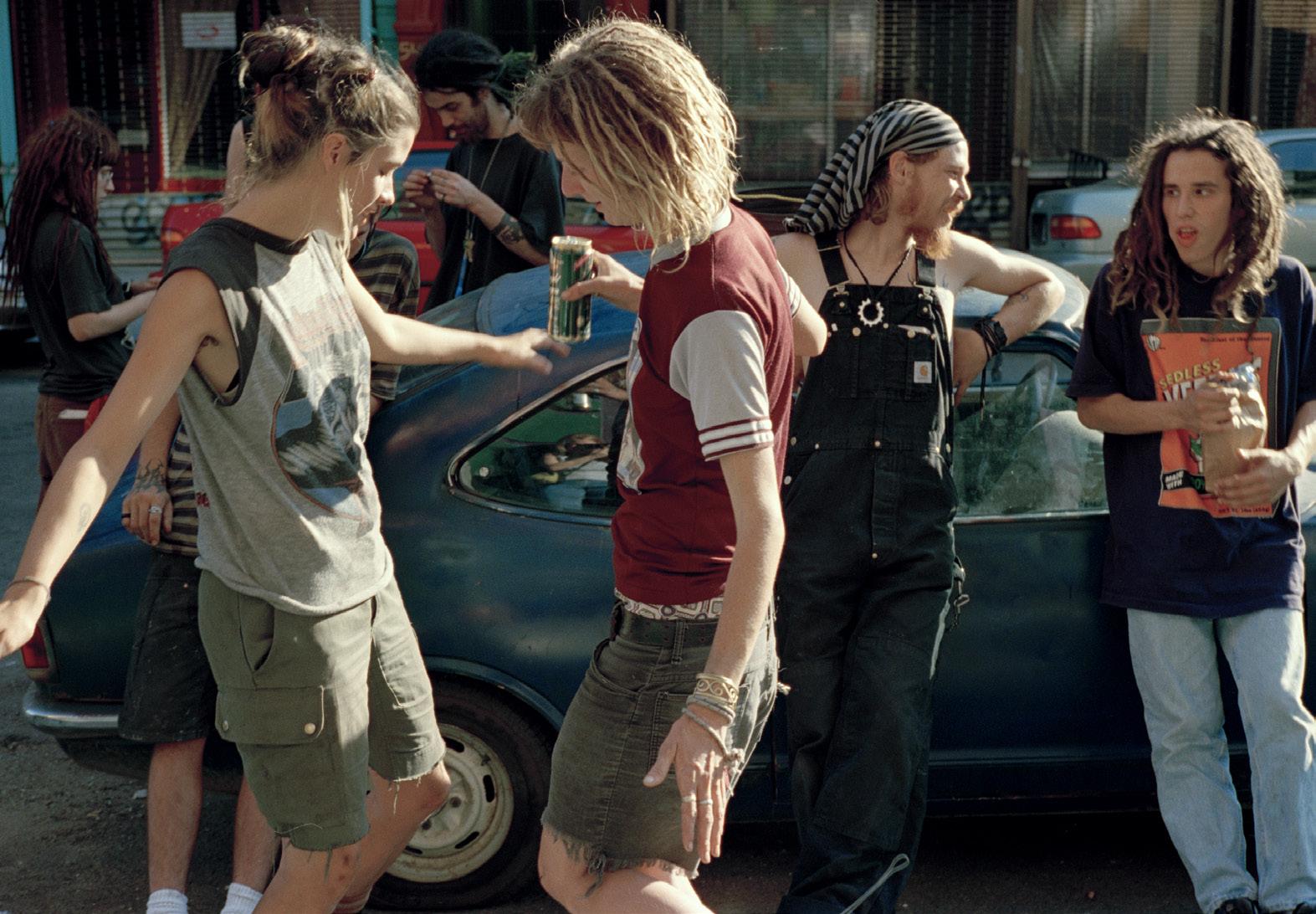
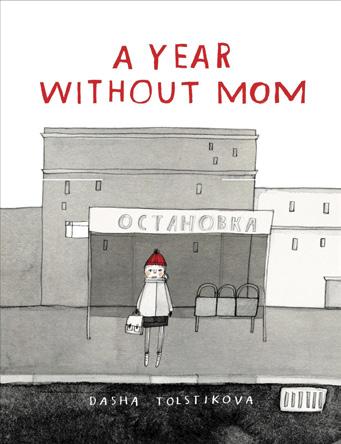
A Year Without Mom
(MFA 2012 Illustration as Visual Essay) Groundwood Books Hardcover, 176 pages, $19.95

The Sound of One Hand: Max Gimblett's Calligraphy Practice
Tom Huhn (chair, BFA Visual and Critical Studies) Charta Hardcover, 200 pages, $65
Dasha Tolstikova
Nancy LeMay
FROM TOP Ash Thayer, Maria and Violin in Serenity House Stairwell, 1997, and Meggin and Jill Dancing, Fifth Street Squat, 1996. From Kill City (powerHouse, 2015).
What’s in Store

Custom home illustrations
Chris Bonnell
ctbonnell.com
$500 for a 13 x 19" digital print; prices for hand-drawn or colored illustrations upon request


Portraitists typically take people as their subjects. Chris Bonnell (MFA 2015 Illustration as Visual Essay), however, creates portraits of homes. After offering his house-illustration services as part of a 2012 fund-raising auction benefiting Brooklyn’s Prospect Park, using a previous illustration he’d done of a friend’s home as a sample, Bonnell received a number of requests from the borough’s homeowners looking to commemorate their residences in the same way. Referrals have kept business coming in ever since. “The people who commission these love their homes,” he says. “To be able to look at the outside of their house from inside their house is a thrill for them.”
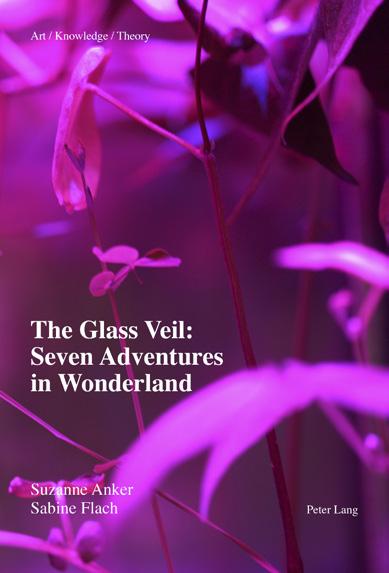
The Glass Veil: Seven Adventures in Wonderland
Suzanne Anker (chair, BFA Fine Arts) and Sabine Flach (faculty, BFA Fine Arts)
Peter Lang Academic Publishers Softcover and e-book, 222 pages, $45.95
The drawings aren’t straight architectural illustration, though. Bonnell plays with perspective and takes other liberties—adding plants or animals, for example—to help capture each home’s personality and reflect its history. Though the bulk of his commissions are still for Brooklyn townhouses, he has also drawn beach homes and cabins. Recently, he has been working with the archival research organization Brownstone Detectives to compile his work into a book. To contact Bonnell for a house illustration, visit ctbonnell.com. [Marcelo Rivera-Figueroa]
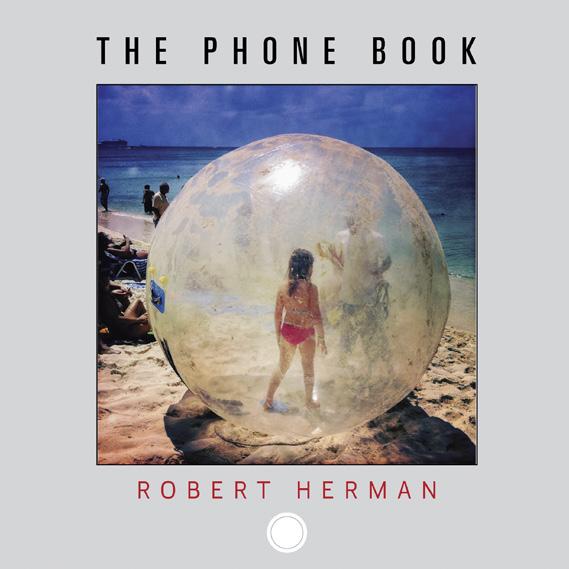
The Phone Book
Robert Herman (MPS 2009 Digital Photography) Schiffer Publishing Hardcover, 144 pages, $19.99
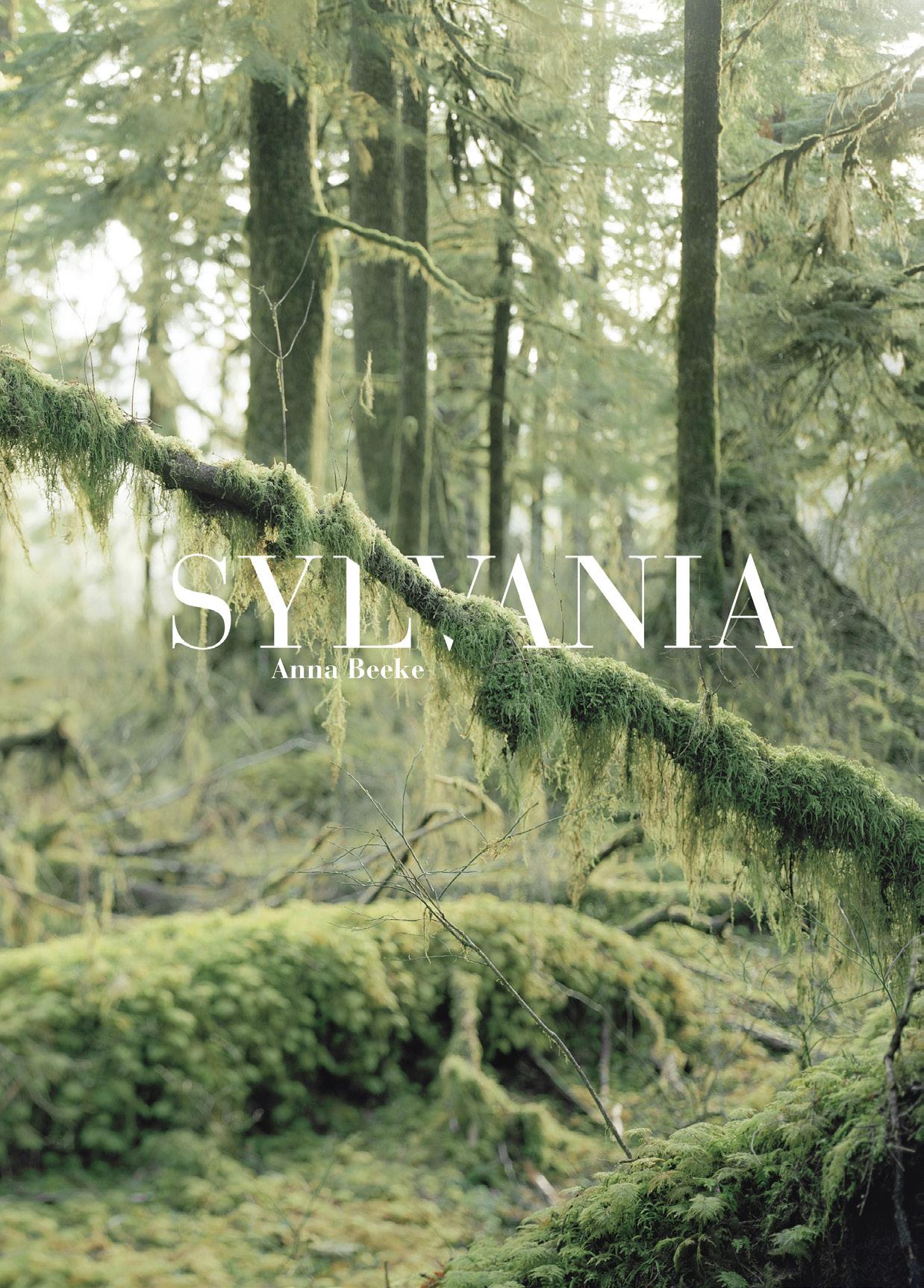
Sylvania
Anna Beeke
Daylight Books
Hardcover, 132 pages, $45
The mysteries of the forest have held the imaginations of people all over the world for centuries. For photographer Anna Beeke (MFA 2013 Photography, Video and Related Media), going into the woods was a way to explore her own personal connection and history to nature. “Though I was born and raised in Washington, D.C., I was conceived in Washington State on the heavily forested San Juan Islands,” she says. “I had never been to the Pacific Northwest and had the conviction that if I did go, I would surely find something there. What I found was the forest and an intense sense of contentment and enchantment that harkened back to a more childish or primitive capacity to indulge the imagination.”
Inspired, Beeke continued to explore the American woodlands, from Washington to Louisiana to Vermont, taking photographs in an effort to capture the universal appeal of the forest and its changing face in an increasingly developed world. The resulting images make up Sylvania, her first book, which—after a successful Kickstarter campaign and positive notices in American Photo and The New York Times’ Lens blog—is due to be released in late October by Daylight Books. For more information, visit annabeeke.com. [Dan Halm]
What’s in Store

The Wolfpack
Crystal Moselle
Magnolia Pictures
DVD/Blu-ray, $26.98/$29.98; VOD, $6.99
The story behind The Wolfpack, the debut documentary by director Crystal Moselle (BFA 2002 Film and Video), is one of compounding improbabilities.
Oscar Angulo, a Peruvian Hare Krishna follower, and Susanne Reisenbichler, his American wife, raise six boys and one daughter almost entirely within the confines of their apartment on Manhattan’s Lower East Side. Angulo, intensely mistrustful of the wider world, nonetheless allows his sons an unlimited diet of television and movies, which they imbibe and reenact with near-devotional fervor. Eventually, the brothers rebel against their internment and, on one of their first unsupervised trips outside, are approached and befriended by Moselle—a filmmaker, of all things.
After gaining the family’s trust, Moselle, who has also directed music videos and short films for The New York Times, Vice and Nowness, began work on a movie about the brothers. Filmed over the course of several years and seamlessly incorporating home-video footage shot by the Angulos themselves, The Wolfpack is an intimate, impressionistic portrait of a universal
family dynamic, the generational shift in power and authority, playing out in deeply unusual circumstances. After premiering at the 2015 Sundance Film Festival—where it won a grand jury prize and critical acclaim—The Wolfpack played at a number of festivals around the country before going into wider release last June, making stars of the six brothers, who have since appeared in fashion spreads and features for magazines like New York Vanity Fair and Vogue and have been photographed out on the town mingling with actresses like Dakota Fanning and Olivia Wilde.
Though The Wolfpack ’s run is not yet over—both the BBC and The Hollywood Reporter have picked it for a likely Oscar nomination—Moselle has begun work on her next film, a scripted feature, and is still active with her commercial work, which includes collaborations with Obesity and Speed, a fashion line founded by fellow SVA graduate Lyz Olko (BFA 2002 Fine Arts). For more on Moselle’s projects, visit crystalmoselle.com. [GH]
courtesy of Magnolia Pictures
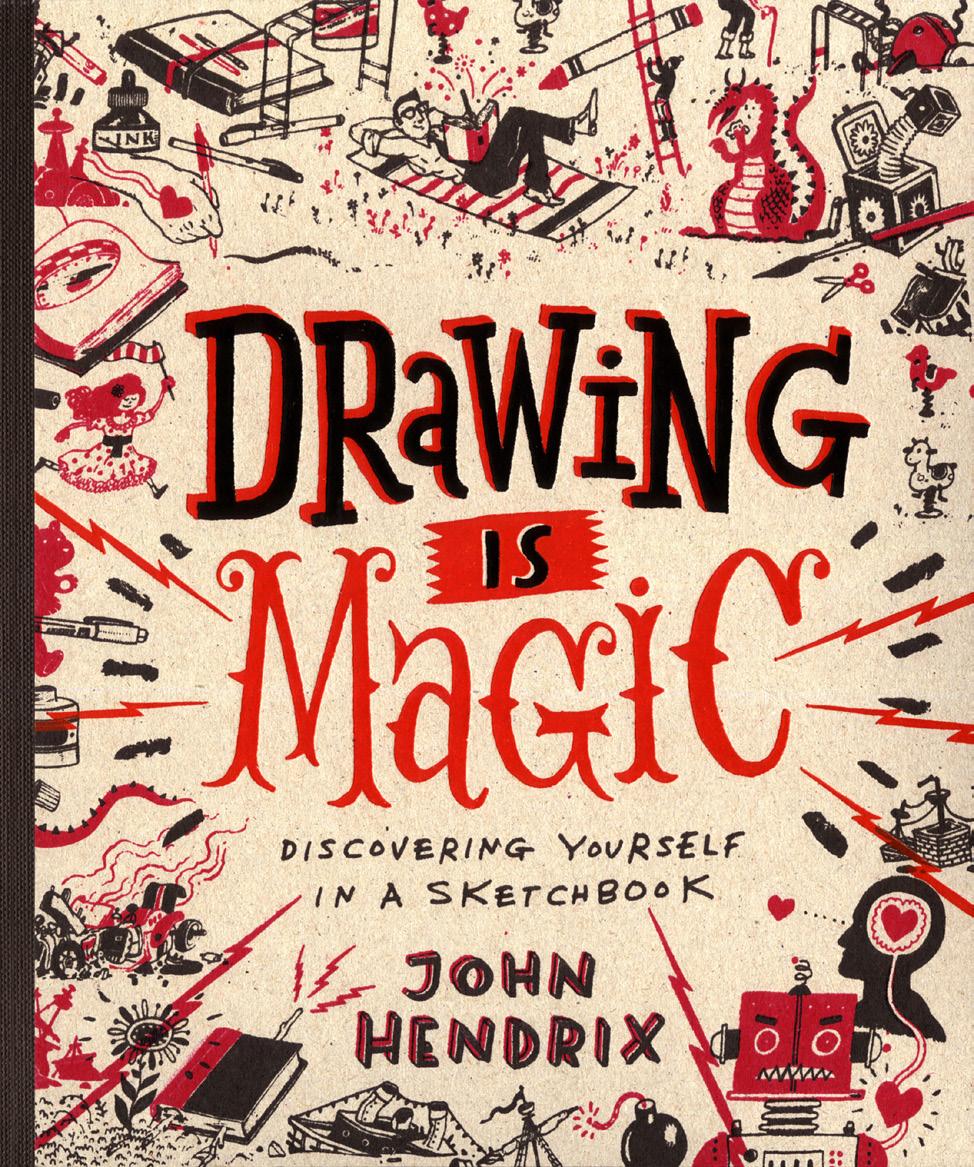
Drawing Is Magic: Discovering Yourself in a Sketchbook
John Hendrix
STC Craft/A Melanie Falice Book Board book with flaps, 160 pages, $17.95
The sketchbook is often sacred to artists as a place for experimentation, a place for the evolution of ideas and concepts, and a place to play and explore. For illustrator John Hendrix (MFA 2003 Illustration as Visual Essay), drawing has been a part of his life for as long as he can remember, and he says he discovered the value of keeping a sketchbook at a young age. “I have a box of sketchbooks going all the way back to grade school, and I still carry a sketchbook everywhere I go,” he writes in the foreword to this book, a collection of drawing exercises designed to encourage creativity and improve skills. “The reason I’m such an advocate for sketchbooks is because I can credit most of what I value in my work to the habit of drawing in one.”
With Drawing Is Magic, Hendrix hopes to pass on his passion. The book’s title is a phrase that Marshall Arisman, chair of MFA Illustration as Visual Essay, often uses to encourage young artists; Hendrix adopted it in tribute and as thanks for Arisman’s continued support of his work. Readers’ solutions to the various exercises—drawing one’s meals for a week, drawing in the dark of a movie theater (no flashlights, please), creating the concept for a book and then drawing its jacket, and illustrating fortune-cookie messages, to name a few—can be drawn directly into the book’s pages. Throughout, Hendrix offers helpful tips and inspiration, with suggestions and bits of wisdom like “Draw like a daredevil,” “Failure is actually learning in disguise,” “Trust your imagination” and “Let’s forget about the right answers.” [DH]
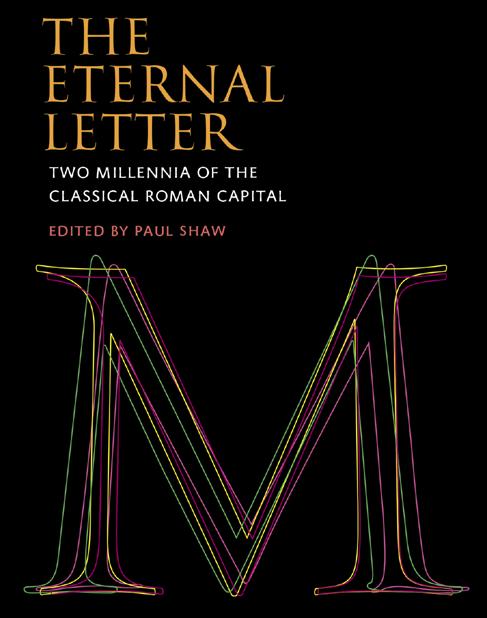
The Eternal Letter: Two Millennia of the Classical Roman Capital
Edited by Paul Shaw (faculty, Art History and BFA Design)
The MIT Press Hardcover, 264 pages, $55
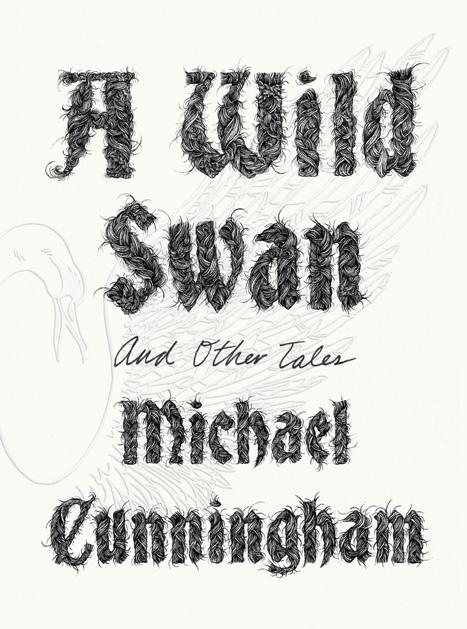
A Wild Swan: And Other Tales
Michael Cunningham (author) and Yuko Shimizu (MFA 2003 Illustration as Visual Essay) (illustrator) Farrar, Straus and Giroux Hardcover, 144 pages, $23
Subject Matter
Seeing Things
Bettina Funcke on art and artists in the contemporary times
Bettina Funcke is a writer, editor and co-founder of The Leopard Press and the Continuous Project group, which produces a variety of art publications and events. She is the author of Pop or Populus: Art Between High and Low (Sternberg, 2009) and her work has appeared in such publications as Artforum, Bookforum, Mousse and Texte zur Kunst. She teaches the Situation of the Arts seminar in the MA Critical Theory and the Arts program at SVA.
STUDENTS IN THE CRITICAL THEORY AND THE ARTS PROGRAM largely take classes in aesthetics, philosophy and social theory, but my seminar—which I sometimes co-teach with Jay Sanders, a curator at the Whitney Museum and the person who first taught the class—is really about art, and examining art’s function in society today. The role of art has changed tremendously in the past 10 years. The West communicates and defines itself through contemporary art, and other regions of the world are starting dialogues with each other through these international art events. It’s a big opportunity but even more so a challenge for artists. The connection between art and politics is an age-old marriage—or tension.
In our class, we often visit or host artists or go to exhibitions or performances, to see the work firsthand and to talk directly with the artists about their practice. Last year, we held a screening of two documentary films by director Laura Poitras, and she later came in to speak with the students. We attended a dance class given by choreographer Sarah Michelson, and we went to the Whitney’s Jeff Koons exhibition with curator Scott Rothkopf. To go from a dance class with Michelson to a Jeff Koons retrospective might seem preposterous, but one of the goals of the seminar is to encourage students to think about how all art deals with similar questions, and how all artists struggle with things like context or patronage. Koons’ work, in particular, is so much about that. He appears powerful or wealthy,
but his work is always extraordinarily expensive to produce, he is such a perfectionist, that it used to be very difficult for him to pay for his production costs. There’ve been moments when he’s had to shut down his studio, or where he couldn’t execute a project the way he wanted for 10 years, because he didn’t have the money for it.
We also visited the David Zwirner Gallery on the invitation of artist Christopher Williams, to meet with him while he was installing his show there last fall. When you watch a show being put together, you see artists at a rich and vulnerable moment: there are all these possibilities and nuances they have to consider and all the decisions they have to make. When you see a finished show you think, “This is it.” But it easily could’ve been something else. And Williams, as an artist, has always been part of an institutional critique—his work makes visible the framework and limits of an institution, be it a gallery or a museum. He talked with the class about the relationship of the works with one another, how he considered moving certain walls, about deciding whether to leave visible the scar of where a wall had been removed, so visitors would see that this was a space where decisions had taken place—and he showed us the catalog volumes that for him are such an important part of the exhibition.
I notice that students often have various defense mechanisms when it comes to contemporary art that they don’t really let the art get to them. It's easy to pull up a critical argument—about the corrupting effects of the market, about art's vanity and impossibility—and wipe away the value of what it is that the artist really does. Students wrestle with the problem of how an artist can claim autonomy when you’re not autonomous in society. If you want to live off your art, you have to engage with a gallery or institutions that have their own interest. The interdependencies are complex, and everything is a push-pull. It can be difficult to just experience the art. •
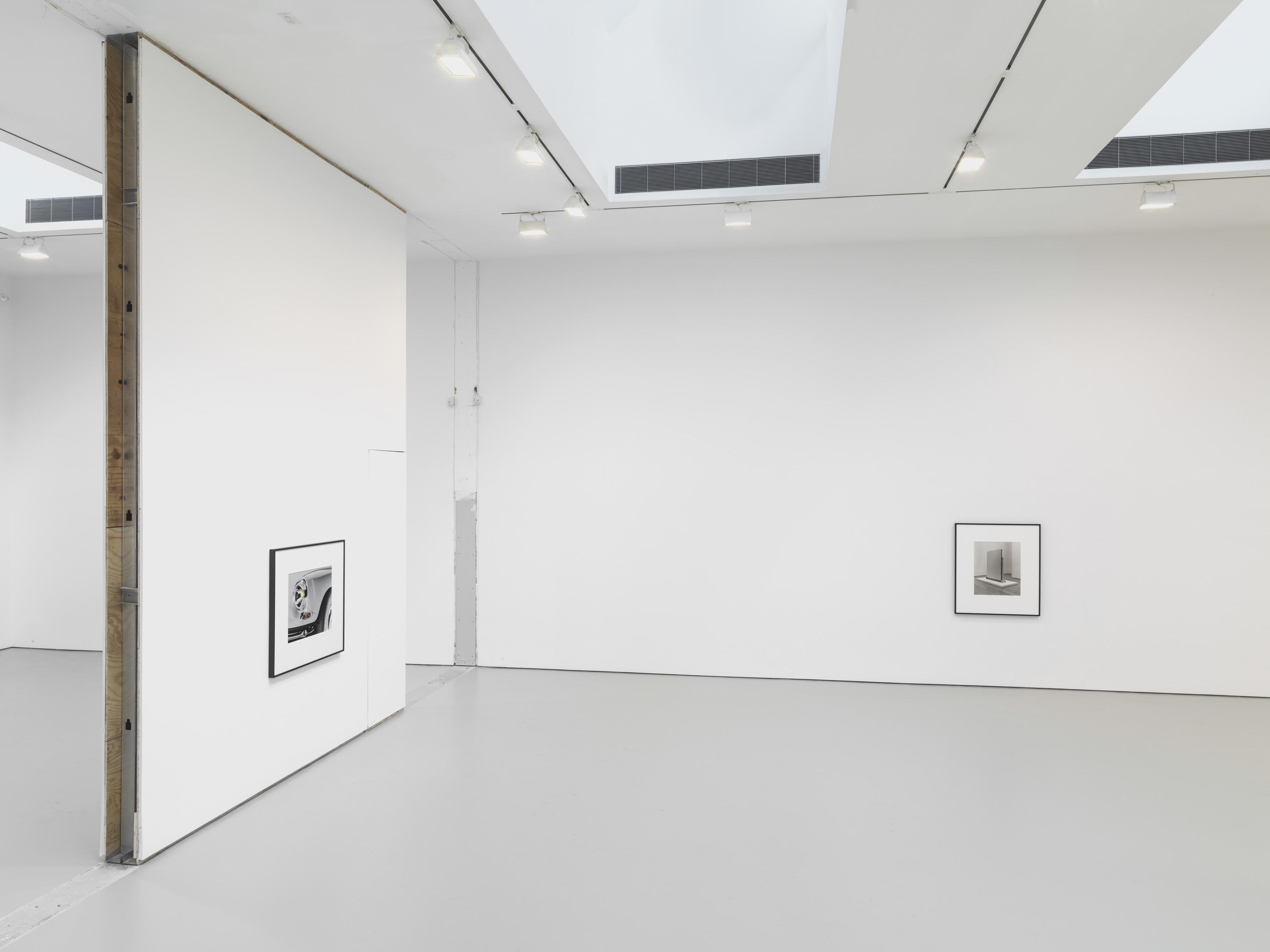
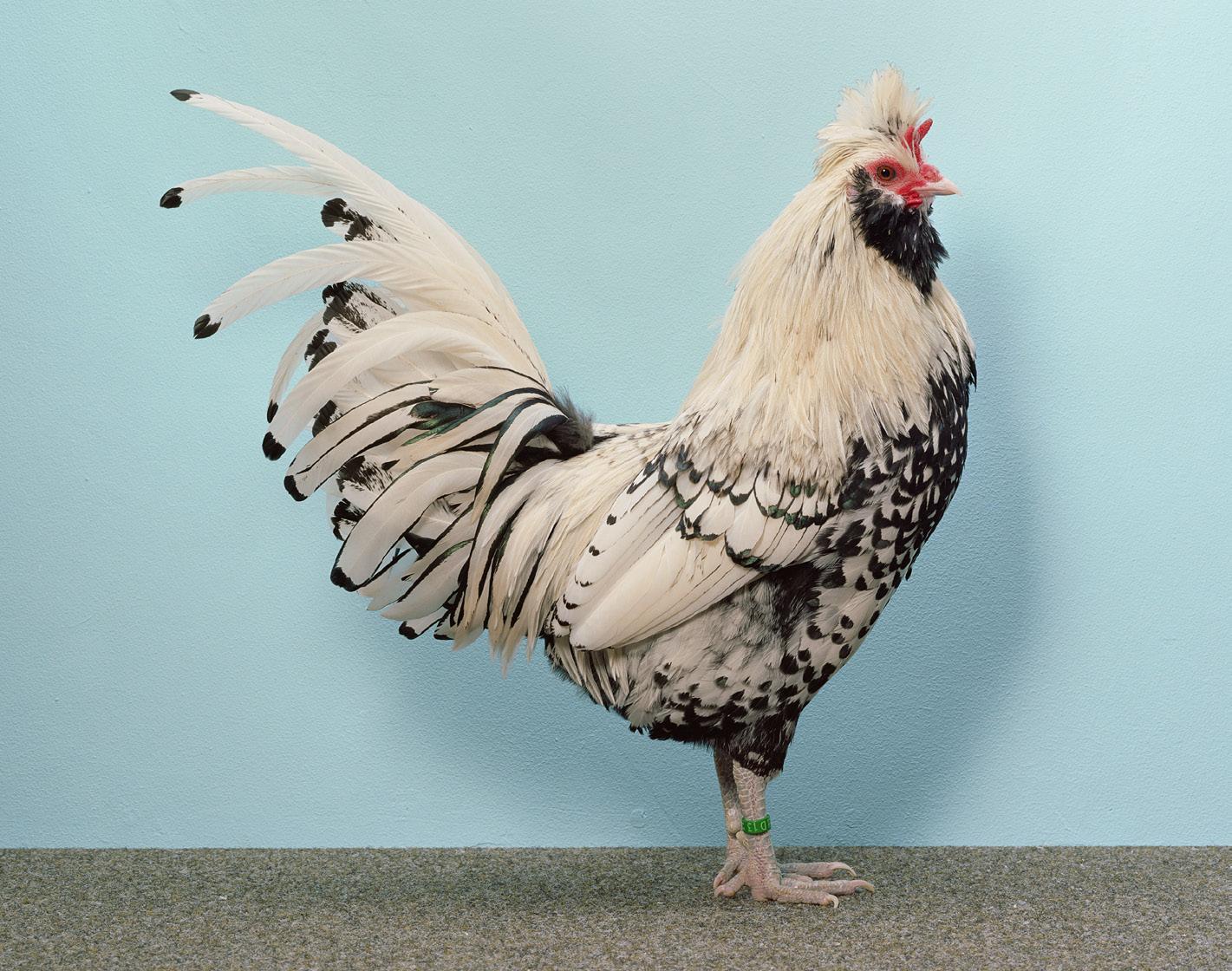
FROM TOP Installation shot of Christopher Williams ’ exhibition “For Example: Dix-Huit Leçons Sur La Société Industrielle (Revision 19),” 2014, David Zwirner, New York; Christopher Williams, Standardpose [Standard Pose] 1,0 Zwerg-Brabanter, silber, Düsseldorf 2013 (Vera Spix, Elsdorf) Ring number: EE-D13 13-901, green Studio Rhein Verlag, Düsseldorf, 2014, inkjet print on cotton rag paper. Courtesy of David Zwirner.
Creative Life
by Christina Fitzpatrick
Shift Work
CHANGING JOBS TO SUIT YOUR INTERESTS, WHETHER personal or financial, is a fairly simple proposition in your 20s, but what about in mid- or late-career? If, after several years of building experience and connections in one field, you’re itching to try something new, what steps can you take toward making a change?
There are promising signs that the ageism that has pervaded nearly every industry for quite a while may finally be giving way. It’s now a given that, whether because of personal interests or necessity, more people are opting to stay in the workforce for longer, and with perks like full pensions or guaranteed pay raises seemingly consigned to the dustbin of history, today’s workers are much more likely to change jobs as their needs and desires evolve. Last March, The New York Times reported on many late-inlife success stories in a story headlined “Finding Success, Well Past the Age of Wunderkind.” And an article in the July/August issue of Communication Arts reported on recent efforts to combat and counteract age-related discrimination in advertising, a notoriously youth-worshipful field.
To figure out where to look for new opportunities, first consider your professional experience, where your personal interests lie, and how those two things might overlap. “If you’re considering a change, find something that relates to what you do, but from a different perspective,” says Rod Berg, a career coach and director of recruitment at the executive search firm Janou Pakter, which specializes in the creative industries. This is advice Berg himself has followed. He started out as a graphic designer, working in London and Paris for such clients as Walt Disney and Hanna-Barbera, before moving to New York to work in staffing and recruitment. “I liked working with people,” he says. “I understood design. I thought, ‘How do I make this work?’” When applying for recruiting jobs, Berg repackaged his expertise, emphasizing his interpersonal skills. Post-9/11, after the economy shifted and recruitment wasn’t in high demand, he made another switch, capitalizing on his design and staffing background, and served as associate director of career services at the Parsons School of Design. In 2014, he changed careers again, returning to recruitment with his current position at Janou Pakter.
If the experience gap is too wide for you to bridge, or if you’re looking to establish connections in a new field, heading back to school remains a good bet. Julie Schenkelberg (MFA 2011 Fine Arts) worked as a scenic painter in theater for 18 years, helping to create sets for such productions as Chicago, The Sound of Music and Proof She also painted in her free time, trying to tell her own individual story, she says, “as a person and an artist.” When she decided to pursue an MFA it did not mark the end of her theater work—she continued to freelance—but the deadlines and requirements of the program mandated a focus on her fine-art practice that she might not have otherwise been able to sustain. Her faculty members and fellow
students also comprised a supportive and like-minded community and professional network, something that would have been difficult for her to form independently. Schenkelberg credits the program's open studio events in particular with helping her find representation with the Asya Geisberg Gallery, which is owned and run by another MFA Fine Arts alumnus (see “Gallery Guides,” page 60).
Similarly, Ellis Gaskell, a retired brand management professional who established a sideline in theater and head-shot photography after moving to Manhattan from Westport, Connecticut, enrolled in SVA’s MPS Digital Photography program as his interest in the field deepened, and his ambitions for his practice grew. He joined a class in which his fellow students included a fashion model, a former technology consultant, an Army veteran and professional salsa dancer, and an engineer. “I'd never thought of myself as an artist and it still takes some getting used to,” Gaskell says. “The privilege of associating and exchanging ideas with people who have genuine credentials as artists was truly mind-expanding.”
Depending on your circumstances, however, enrolling in a degree program may not be possible—or necessary. In these cases, continuing-education options, online classes and short-term immersive programs can offer the equivalent of crash courses in subjects that experienced creative professionals may still feel deficient in, but that are prerequisites for certain industries, especially those that involve digital technologies. These include user experience design, web development, analytics and digital marketing. “These courses help [professionals] redefine themselves, package themselves and speak the language,” Berg says.
Added to your résumé, this kind of self-directed education also communicates a seriousness of intent about a career change. The expense can be considerable, so the usual distance-learning and professional-development caveats apply—namely, do your due diligence to make sure the host organization is accredited or otherwise recognized by its related industry.
Ultimately, a successful career switch depends on a willingness to explore. Schenkelberg’s growing profile has been built in large part through exhibition opportunities and residencies that take place outside of contemporary art’s marquee events and capital cities. In 2014, her entry in the ArtPrize competition—held each year in Grand Rapids, Michigan—won a $20,000 award for best installation. “Being in the New York art world is important,” she says, “but many stellar opportunities outside the city have helped me develop my career a great deal. I have not been afraid to explore other worlds.” •
For SVA Career Development’s online job board, visit collegecentral.com/sva. To check out a schedule of upcoming Career Development events and workshops, visit sva.edu/career. For SVA Continuing Education options, visit sva.edu/ce.
Installation shot of Julie Schenkelberg ’s The Color of Temperance: Energy Embodied, 2015, the Mattress Factory Museum of Contemporary Art, Pittsburgh.
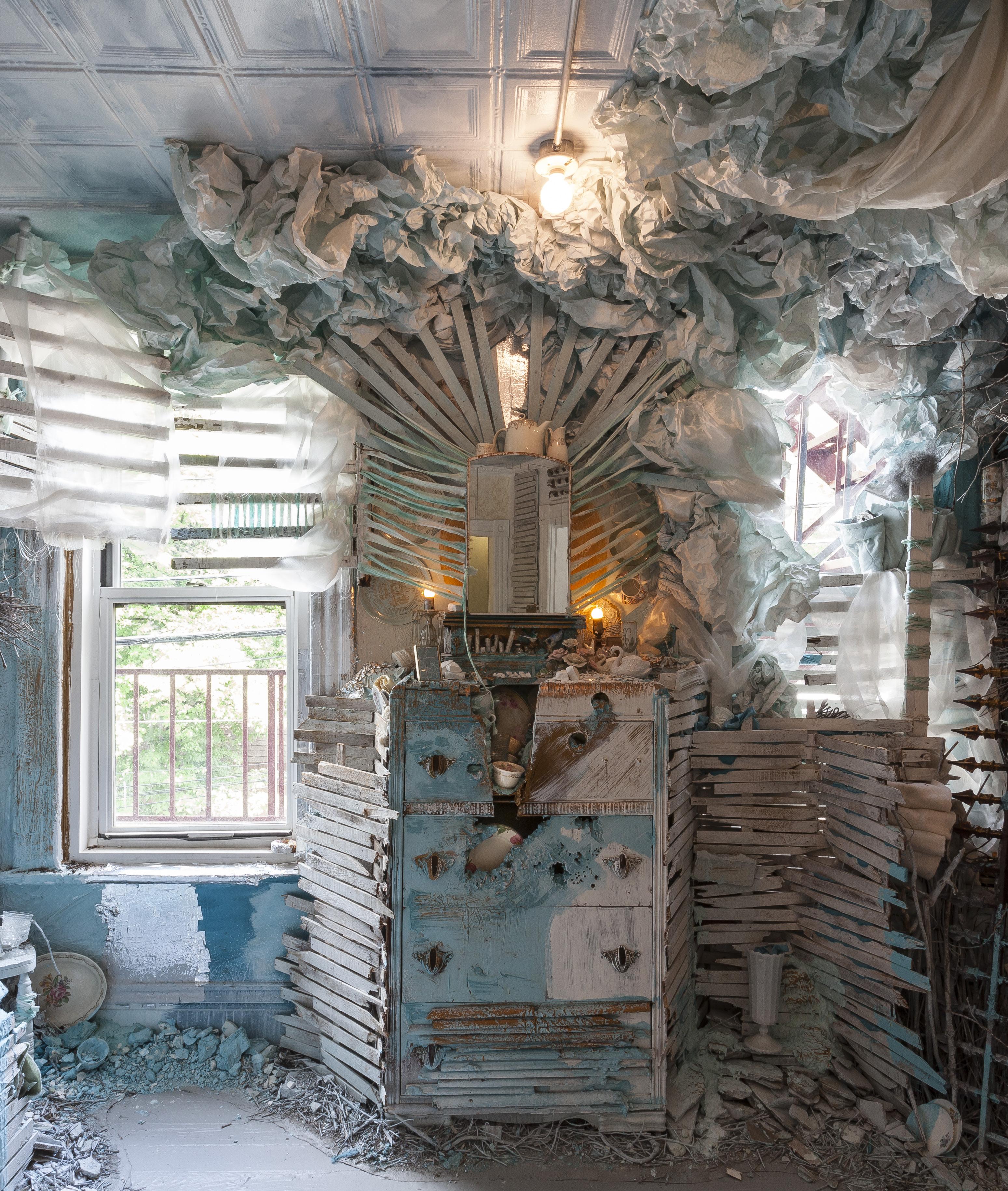
The Assignment


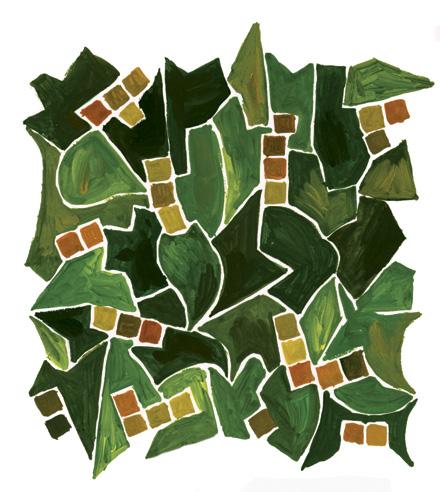
Earlier this year, Laurence King Publishing released
The Process: A New Foundation in Art and Design, a book by BFA Design and BFA Illustration faculty member Judith Wilde (MFA 1994 Illustration as Visual Essay) and her husband, Richard Wilde, longtime chair of BFA Advertising and BFA Design.
Consisting of 13 creative “problems” the Wildes have devised and assigned in their classes, as well as full-color reproductions of some of the best “solutions” their students have created, The Process is equal parts art book and textbook, sharing the insights and inspirations that the two have acquired over their many years of teaching. “Remember,” the Wildes write, “the ability to come up with new ideas is already present within you. It’s your birthright. It doesn’t have to be invented; it has to be rediscovered.”
For this issue’s Assignment, Visual Arts Journal asked the Wildes to choose three challenges from their book, which are presented here along with selected samples of students’ work. The final challenge, “Targets,” is also printed on a special tear-out page, to be filled out and sent in to extrelations@sva.edu or mailed to School of Visual Arts, External Relations, 209 East 23rd Street, New York, NY 10010. Selected submissions will be posted on SVA social media.

The Notebook Problem The standard page in a notebook is a sheet of white paper printed with horizontal blue lines and a vertical, red, double-lined margin. Utilizing the basic elements of the notebook page, create personalities for 20 different children in a grade-school class. Each personality that you create should reflect emotional, psychological and physical characteristics and developmental traits. In redesigning the notebook page, you can alter the space between the lines, increase or decrease the thickness of the lines or change the direction of the lines. The only limitation is that you maintain the integrity of the notebook page. Execute your solutions in the 20 rectangles below. Using the large rectangle at the top of the assignment sheet, create a personality for the teacher of the class.
THE NOTEBOOK PROBLEM
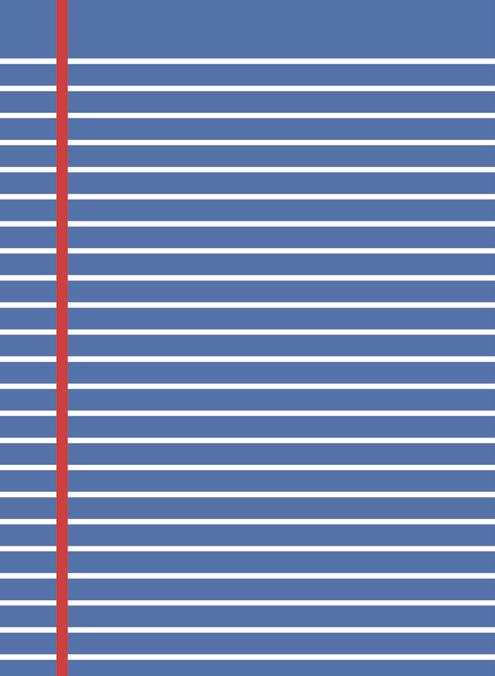
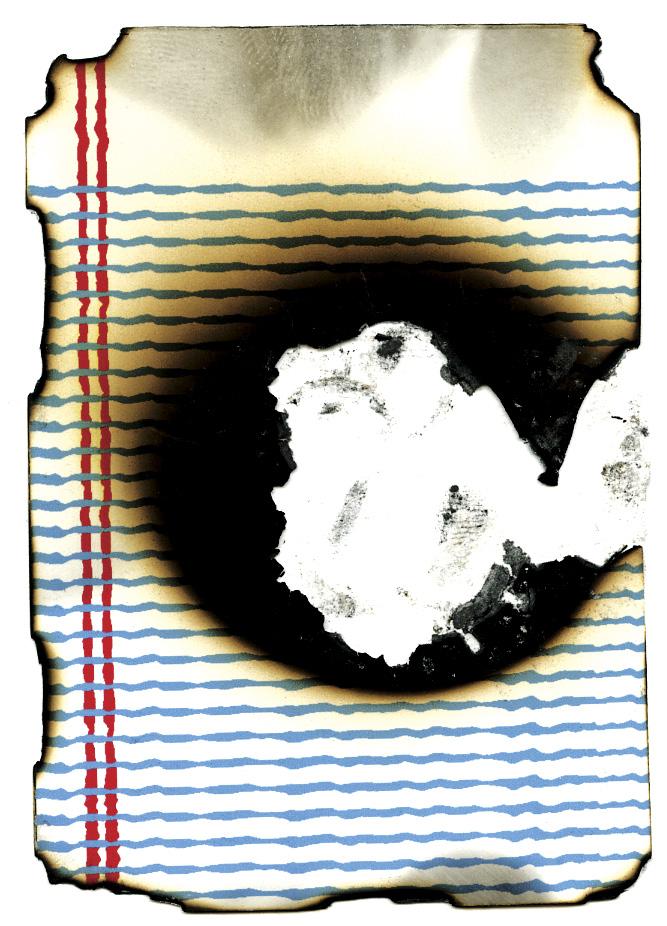


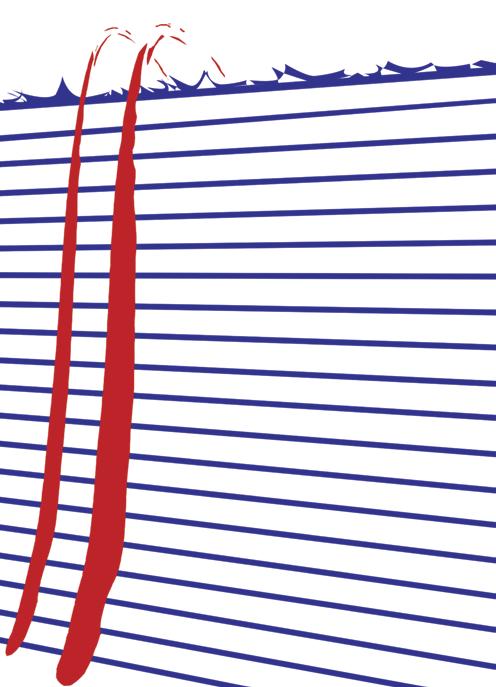


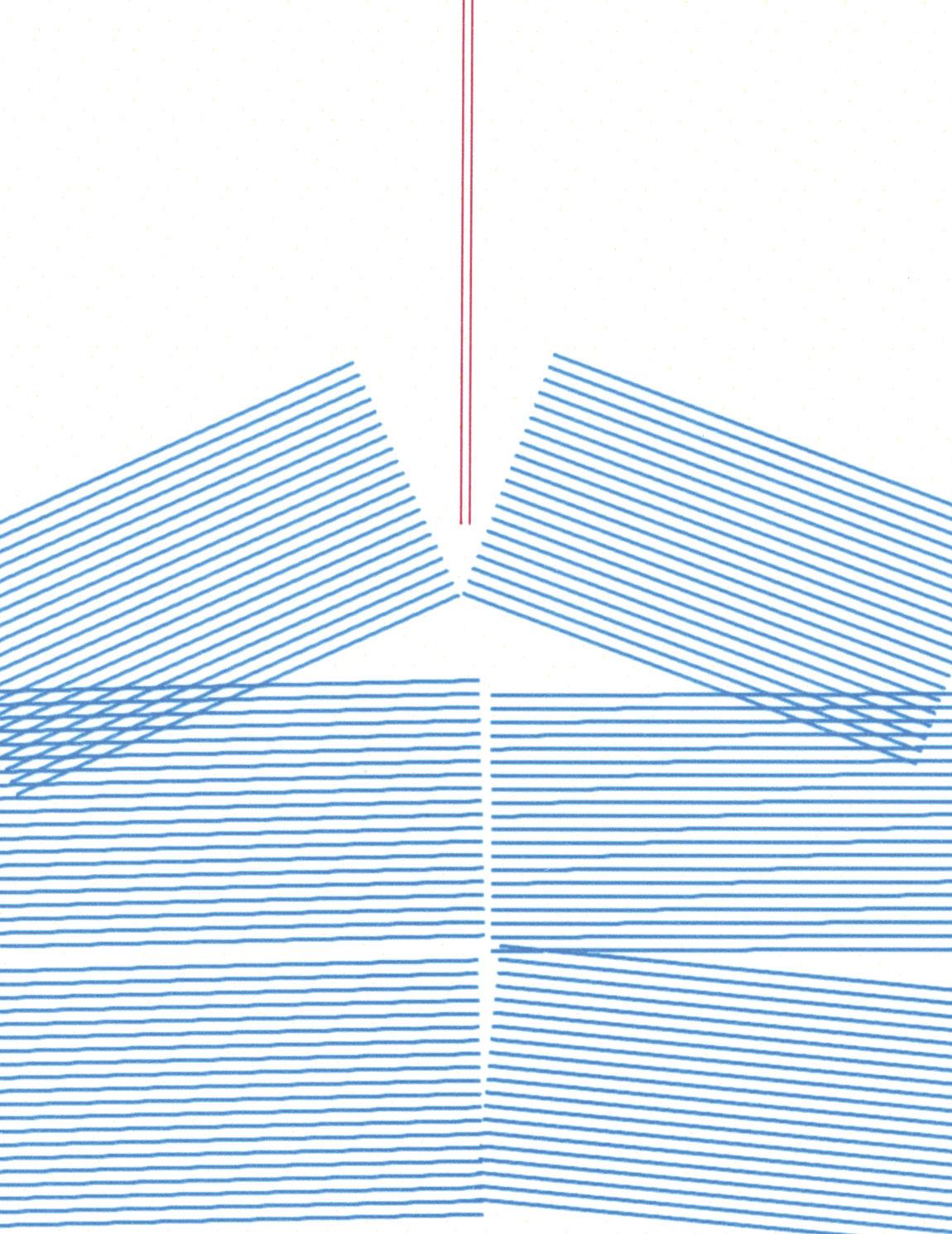
NEAR SIGHTED / Jason Gargano
PESSIMISTIC / Michael Gonzales
THE NARCOLEPTIC / Christopher Rogers
KARATE KID / Hyunji Kim
EXPLOSIVE PERSONALITY / Louis Rivera
OVERWEIGHT / Quekjing Cheng
ILLEGAL IMMIGRANT / Nolan Constantino
BOOK WORM / Kristen Sorace
Sound Problem
In the spaces provided below, graphically represent the sounds of the topics indicated. Consideration of the character of the sound in terms of its tempo, volume, duration, context and color is essential. Although literal problem-solving has its place in design, a graphic vocabulary must be expanded beyond a narrative voice. The use of metaphor, symbolism, abstraction and typography is encouraged.
SOUND PROBLEM
A BOTTLE OR CAN OF BEER
CONVERSATION BETWEEN A PICCOLO AND AN UPRIGHT BASS
PROBLEMS:SOLUTIONS SERIES CREATED BY RICHARD WILDE / JUDITH WILDE © 2002, PRODUCED BY VISUAL ARTS PRESS, LTD. ART DIRECTORS: RICHARD WILDE / JUDITH WILDE
FAULTY LIGHT BULB
WAR
WHISTLING TEA KETTLE
JACKHAMMER
CASH REGISTER
COCK FIGHT
ELEVATOR MUSIC
WRESTLING MATCH
OPENING
MOTORCYCLES
BEE STING
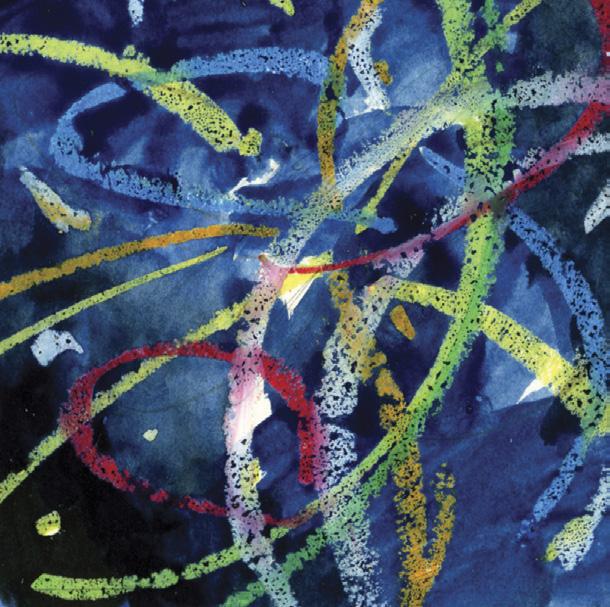
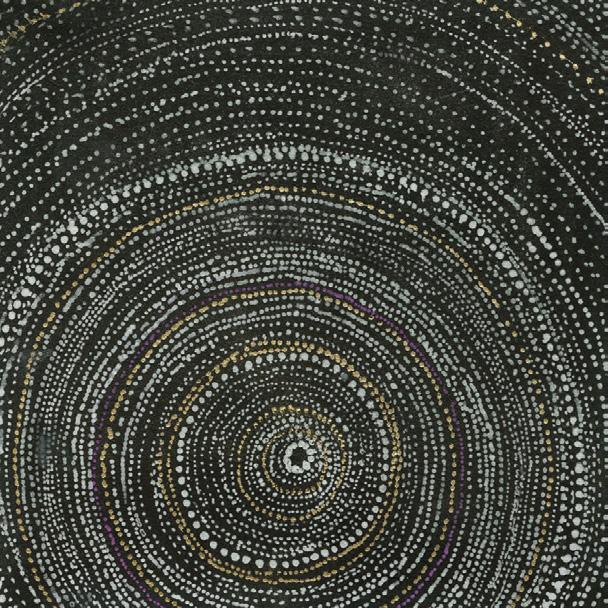

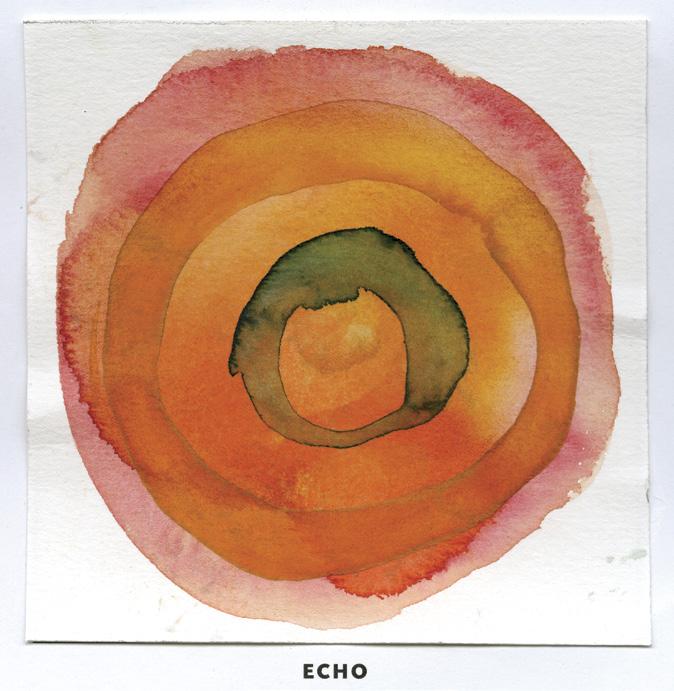
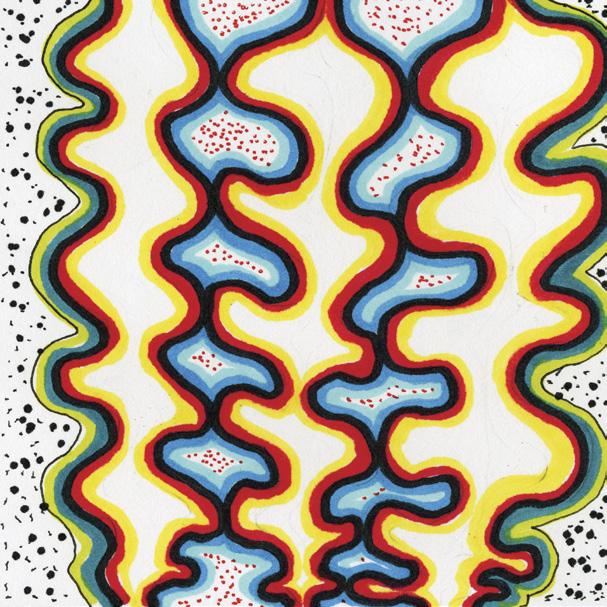
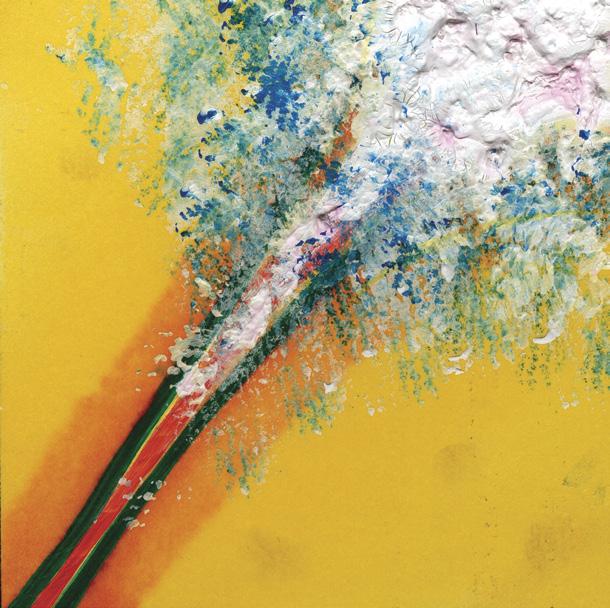
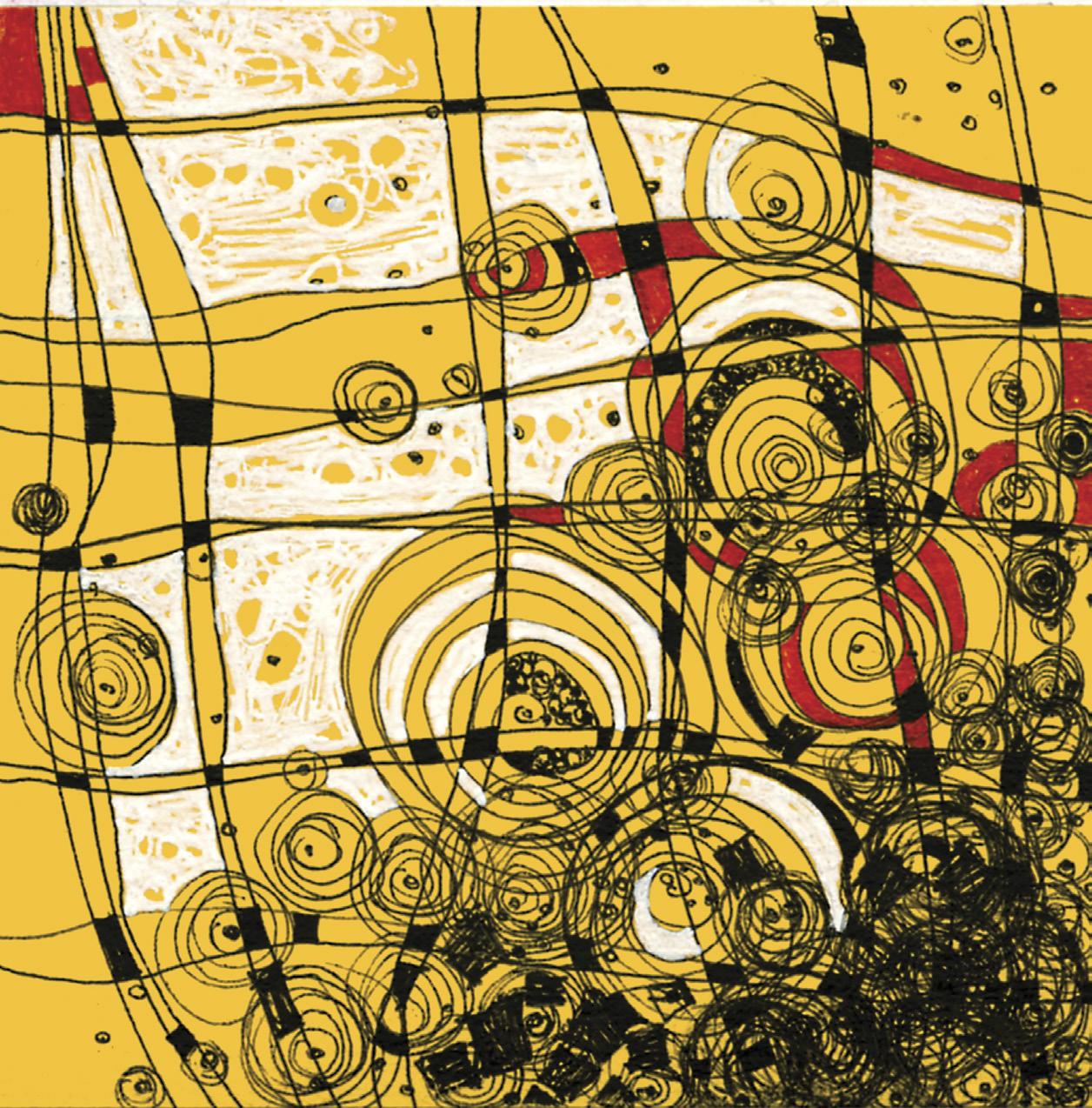
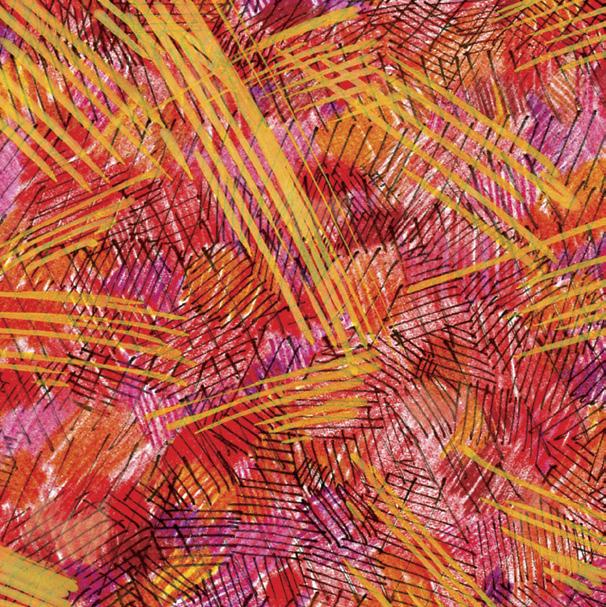

HEADACHE / Sueyeon Park
WHISTLING TEA KETTLE / Hyunju Park
GARGLING / Soomin Yoo
BEE STING / Natatiya Hats
A HABIT / Angela Ham
FIRECRACKERS / Yungui Sung
BIRTHDAY PARTY / Yumi Kunz
SHORT-ORDER COOK / Gouhea Park
ECHO / Hanbyul Lee
Targets Traditionally, a target is an object marked with concentric circles, to be aimed at in shooting practice or in contests. It represents precision as well as a goal to be strived for, or an object of scorn or abuse. Because we live in a very goal-oriented world, the target most often symbolizes levels of success and accuracy. On the other hand, the more ominous symbolism reflects weaponry, which is associated with death. Using the seven targets on the assignment sheet, make a personal, political or purely graphic statement, in whatever way interests you.



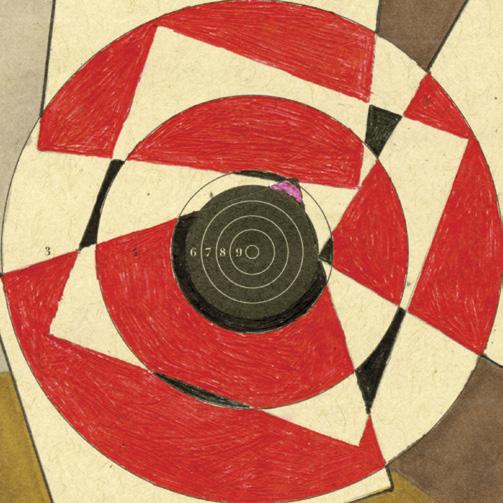
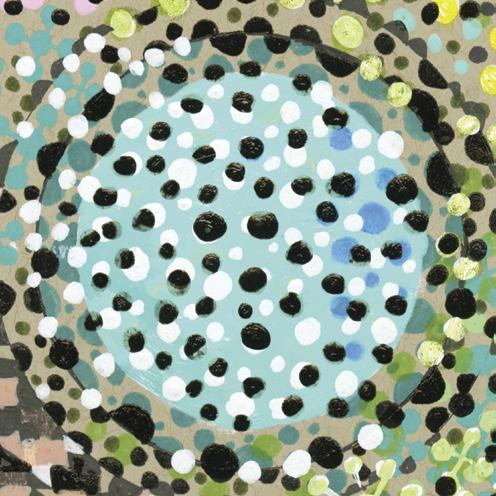






Minhee Choi Haewon Park
Cindy Kang
Christine Lee Jeni Moon Longo Chen
Vincent Di Gangi
Yi Chen Tsai
Kristin Naranjo
Jeni Moon
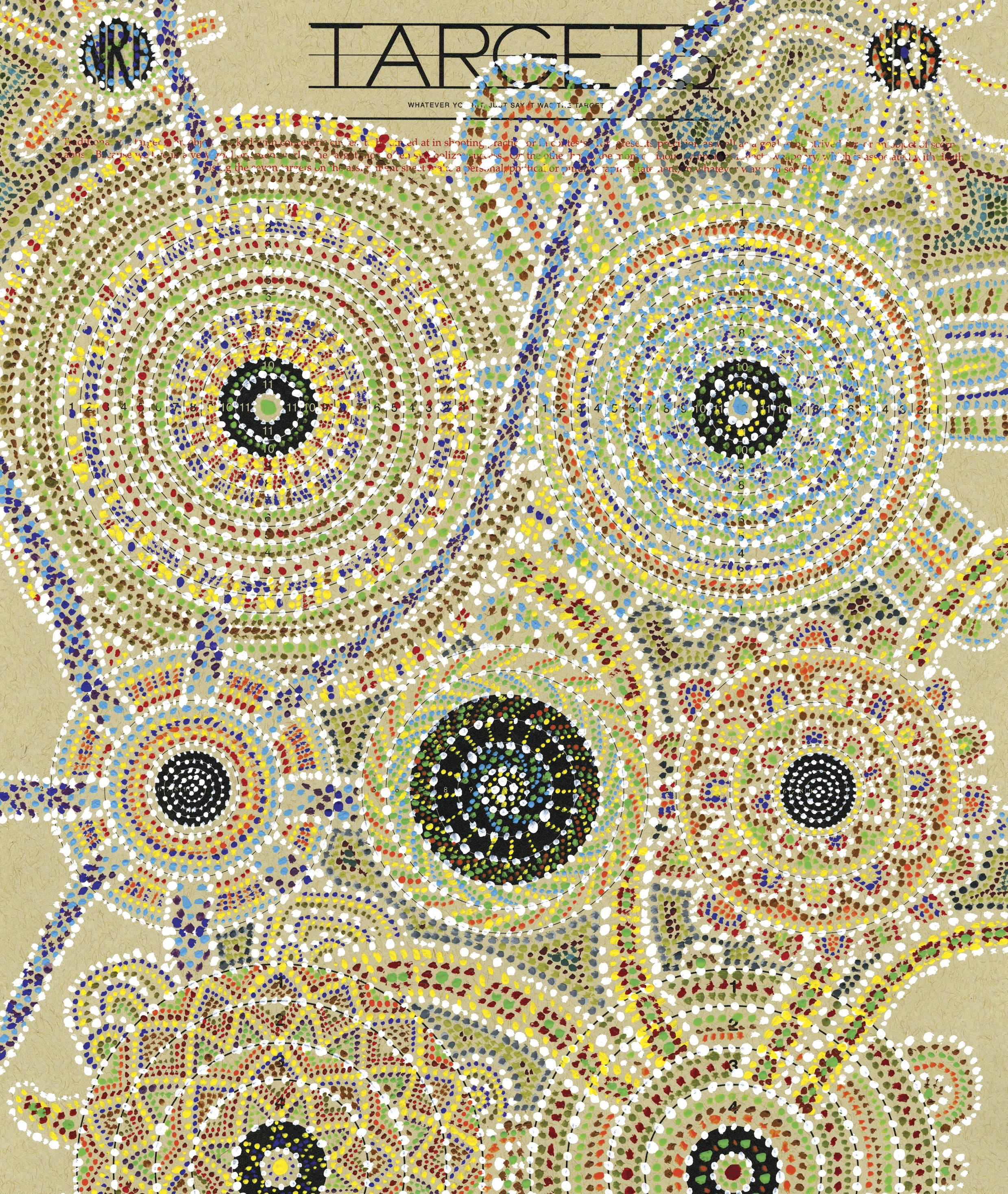


Submit finished art to extrelations@sva.edu or mail to School of Visual Arts, External Relations, 209 East 23rd Street, New York, NY 10010.
Portfolio
by Dan Halm
Patrick McDonnell
For more than 20 years, Patrick McDonnell (BFA 1978 Media Arts) has been charming readers with his comic strip, Mutts, which explores the relationship between a big-hearted Jack Russell Terrier named Earl and his best friend, Mooch, a cat, and features a large cast of revolving characters, both human and animal. In an era of dwindling newspaper readership, McDonnell’s creation is a throwback to an earlier age, when daily strips had cultural clout: Mutts is internationally syndicated in some 700 papers, anthologized in best-selling volumes and has even been the subject of a fine-art monograph, published by Abrams in 2003.
The initial idea for Mutts followed a discussion McDonnell had with Jay Kennedy, a fellow SVA classmate who worked at King Features Syndicate, about McDonnell’s love of comics. McDonnell realized that, through his magazine illustration work, he had already developed a potential cast of characters for a regular strip. “I always drew this guy with a big nose and mustache, and this little white dog with a circle around his eye,” he says. “So when I started Mutts, I knew I wanted that little dog to be the hero.” With his protagonist established, McDonnell set to creating six weeks’ worth of comics to shop around at various syndicates. It was during that time, while sketching out ideas, that he thought it would be fun for Earl to meet a cat. Initially, he thought the premise would be good for a week’s worth of jokes, but the pairing proved to be too good to let go of, and Mooch was promoted to a costarring role.
While Mutts derives most of its plotlines and gags from Earl and Mooch’s friendship, the strip’s emotional resonance comes from its understanding of the special bond between humans and animals—a topic of particular importance to McDonnell. “After doing Mutts for a few years, I thought about all the cats and dogs in shelters that were looking for homes, so I made that a part of the strip,” he says. Every year for two weeks, Mutts highlights the plight of abandoned animals, a tradition that’s become exceedingly popular with McDonnell’s readership, and is one of his favorite parts of the job. "Nothing makes me happier than when someone writes to say I inspired them to get a new best friend," he says. "The comic strip is an interesting

art form. It's a part of people's lives every day for years, so it really becomes like family and friends. I try to make it as positive as possible, because it’s basic empathy and kindness that’s the heart of my strip."
“Unlike, say, a novel or symphony, a comic strip has no master plan,” McDonnell continues. “It’s just like life. You have to take it one day at a time.” This fact gives McDonnell the freedom to fill the world of Mutts with interesting supporting characters, from Butchie, the human owner of Earl and Mooch’s favorite hangout, Fatty Snax Deli; to Guard Dog, the tough but likable canine whose confinement to his owner’s yard reminds readers of the heartache endured over a life of imprisonment; to Mussels Marinara, a wisecracking mollusk.
Earl and Mooch are so popular that their daily adventures are being made into a movie that is currently in production at Fox Films and Blue Sky Studios, with McDonnell writing the script. “To write something that’s going to last for 90 minutes was a real challenge,” he says. “My strip is pretty quiet and Zen, and movies are all adventure and excitement. I think it’s going to be a good balance of ‘stop and smell the roses’ moments while telling a really big story at the same time.”
But McDonnell has worked outside of the daily strip format before: his children's books include the Caldecott Honor-winning Me . . . Jane (Little, Brown, 2011) and the Earl-and-Moochstarring The Gift of Nothing (Little, Brown, 2005), which was adapted into a stage musical that debuted at the Kennedy Center in Washington, D.C., last year.
McDonnell and his strip have garnered numerous awards and distinctions over the years, including the National Cartoonists Society’s Reuben Award for Cartoonist of the Year; six Harvey Awards for Best Comic Strip; PETA’s Humanitarian Award; and two Genesis Awards, given for animal-rights advocacy. Mutts has also received high praise from fellow cartoonists: none other than the late Peanuts creator Charles M. Schulz called it “one of the best comic strips of all time.”
To receive Mutts by email, sign up at muttscomics.com. •
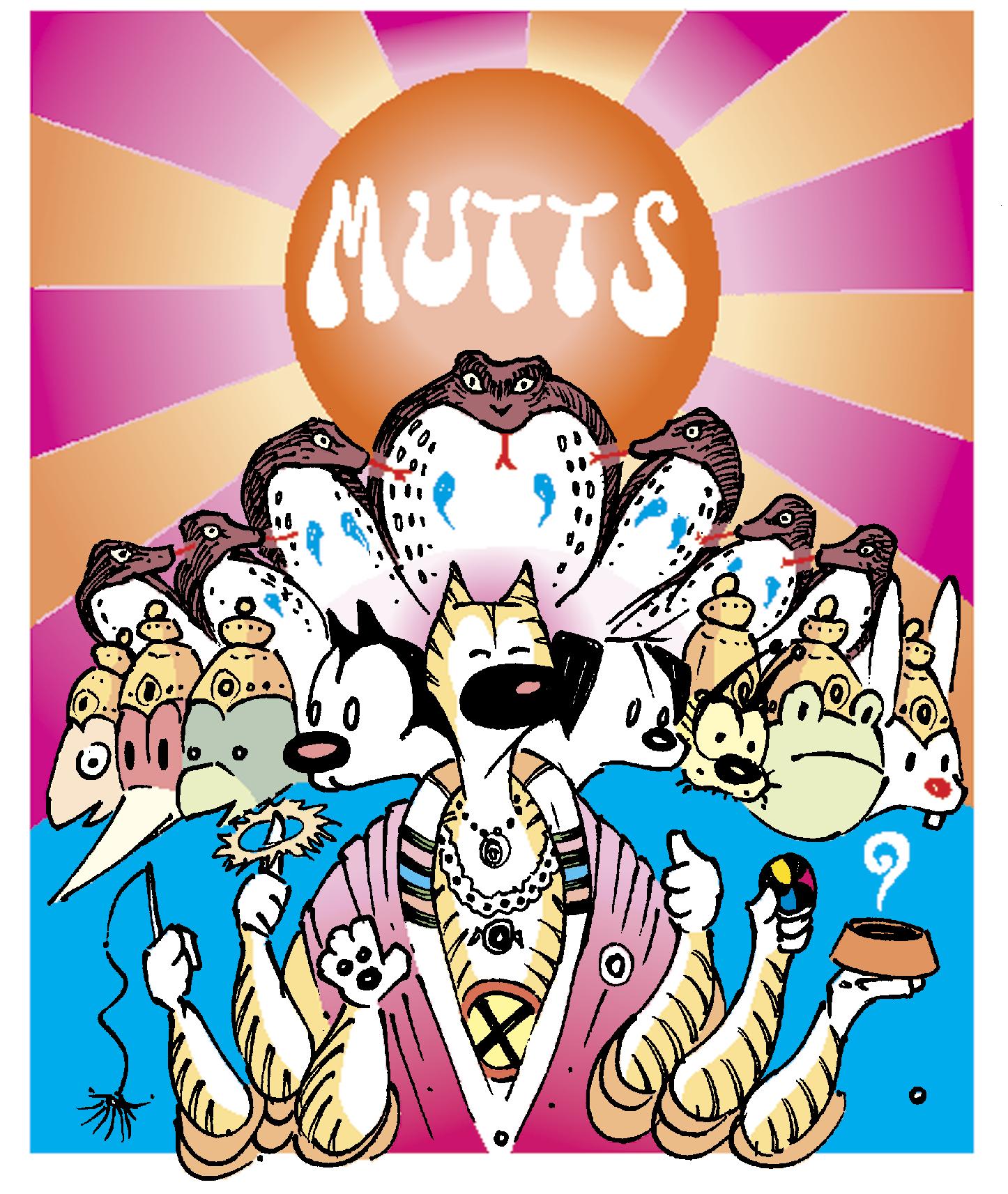
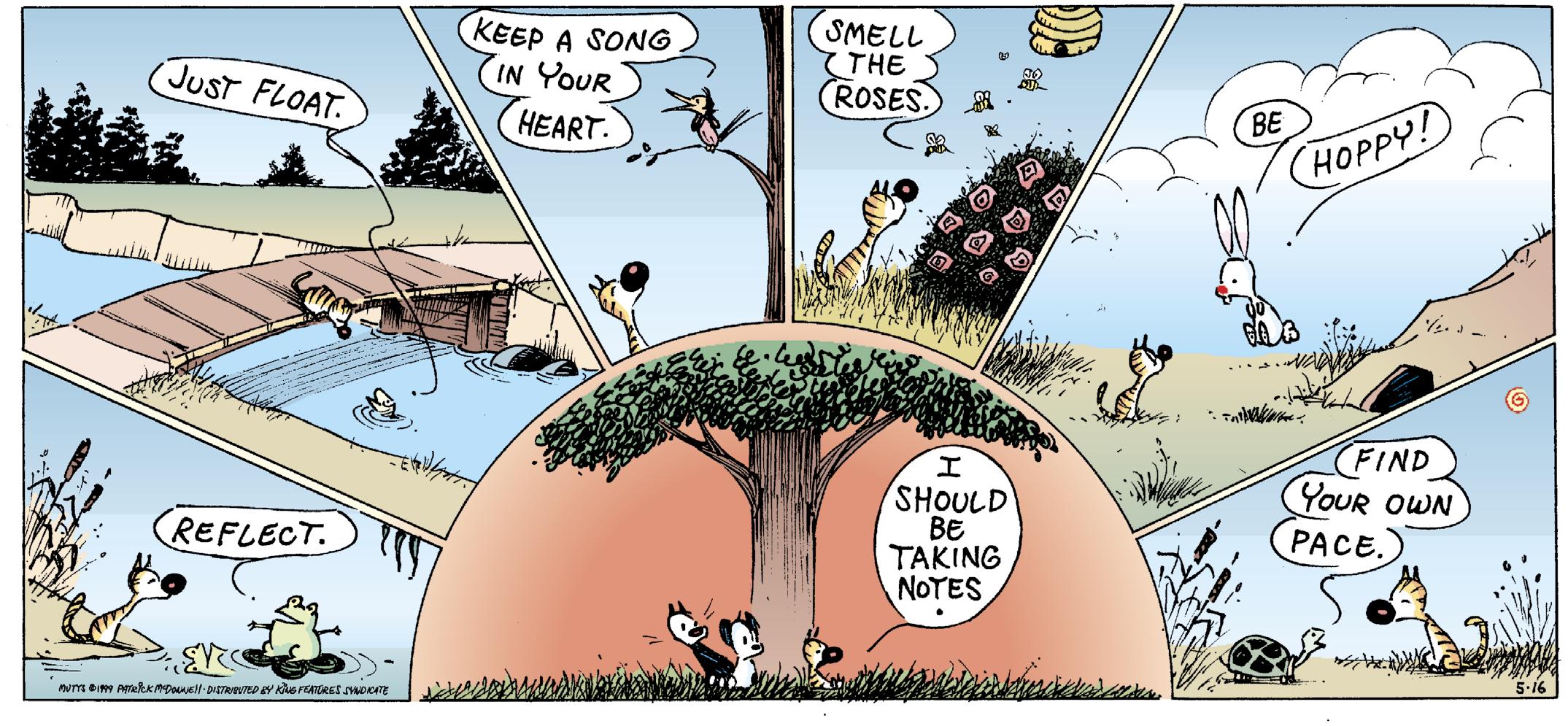
Patrick McDonnell, MUTTS, Hendrix Tribute, May 16, 1999, ink on paper.
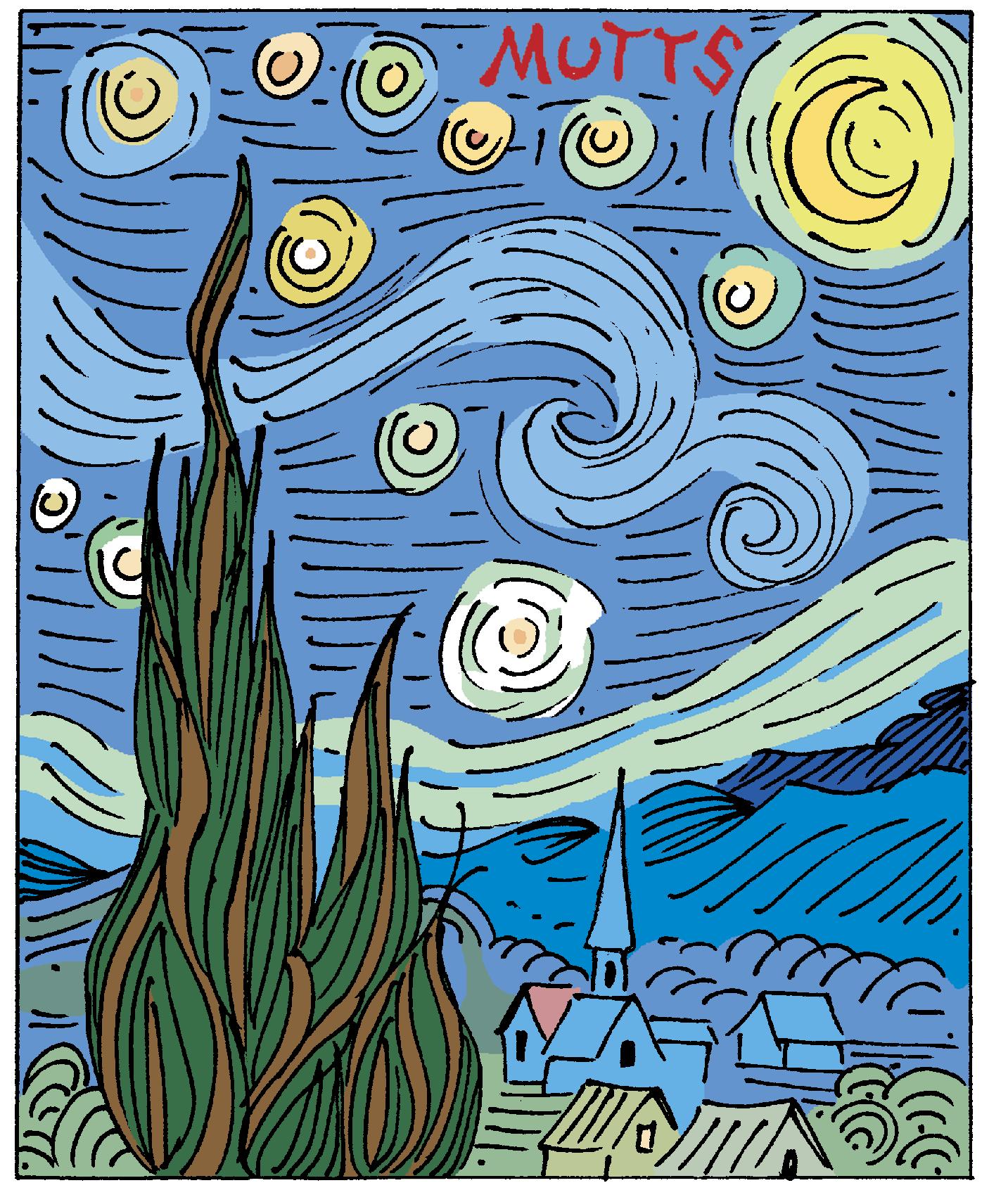
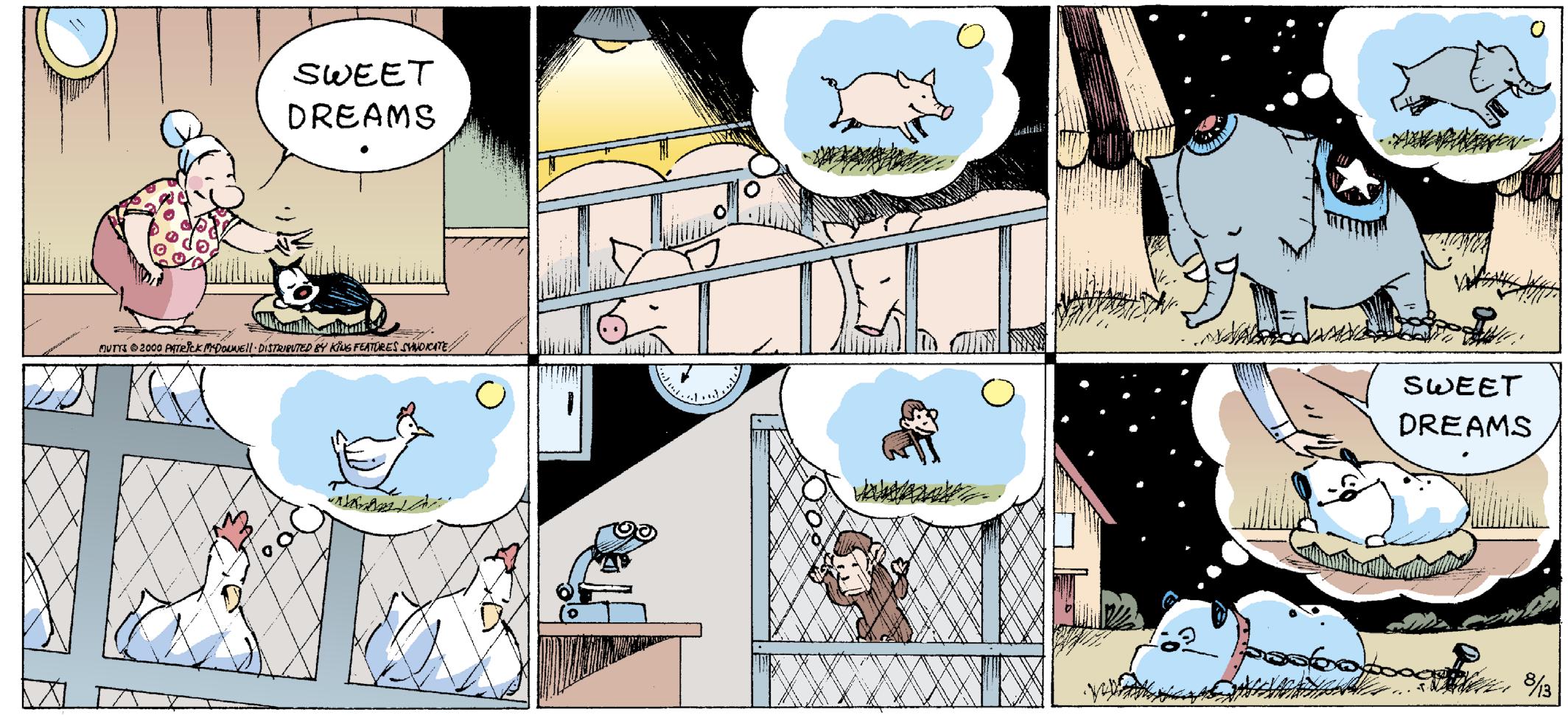
Patrick McDonnell, MUTTS, Sweet Dreams, August 13, 2000, ink on paper.

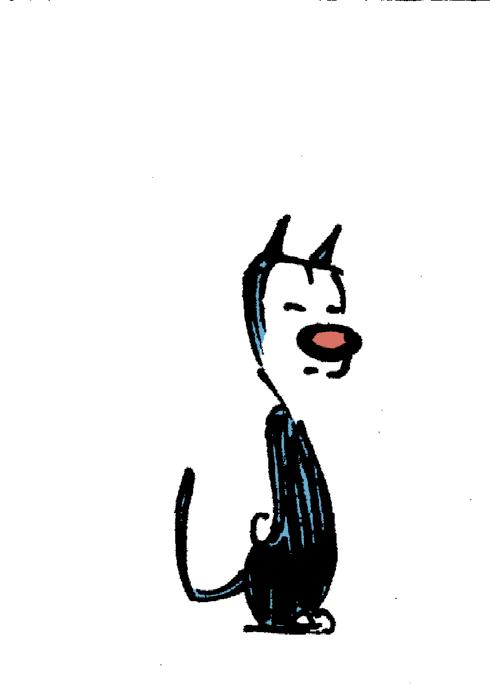



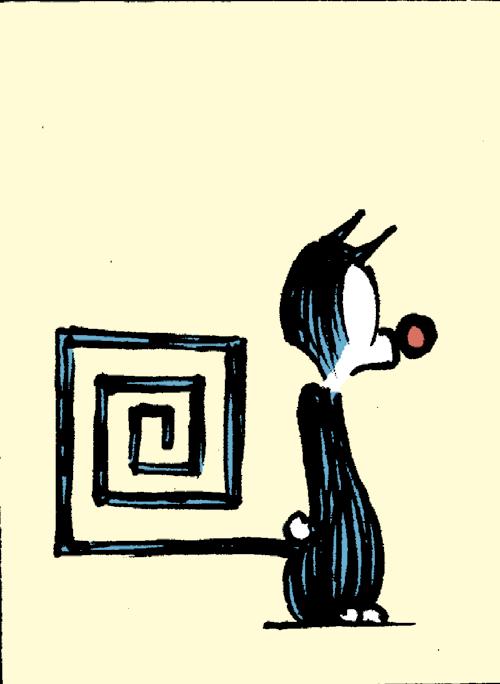
Patrick McDonnell, MUTTS, Moochini, July 15, 2012, ink on paper.
OPPOSITE, FROM TOP Patrick McDonnell, MUTTS, Earl Chasing Butterfly, February 25, 2002; MUTTS, Cats and Curiosity, November 29, 1999; MUTTS, Going Veggie, September 22, 2001; MUTTS, Mooch Crash Oops, February 6, 2003. All works ink on paper.
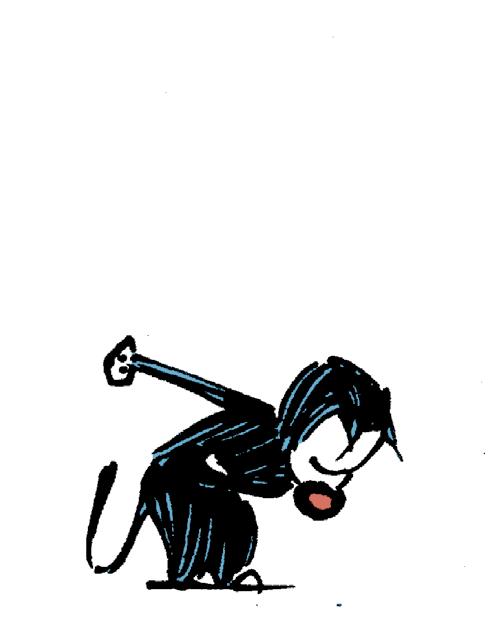
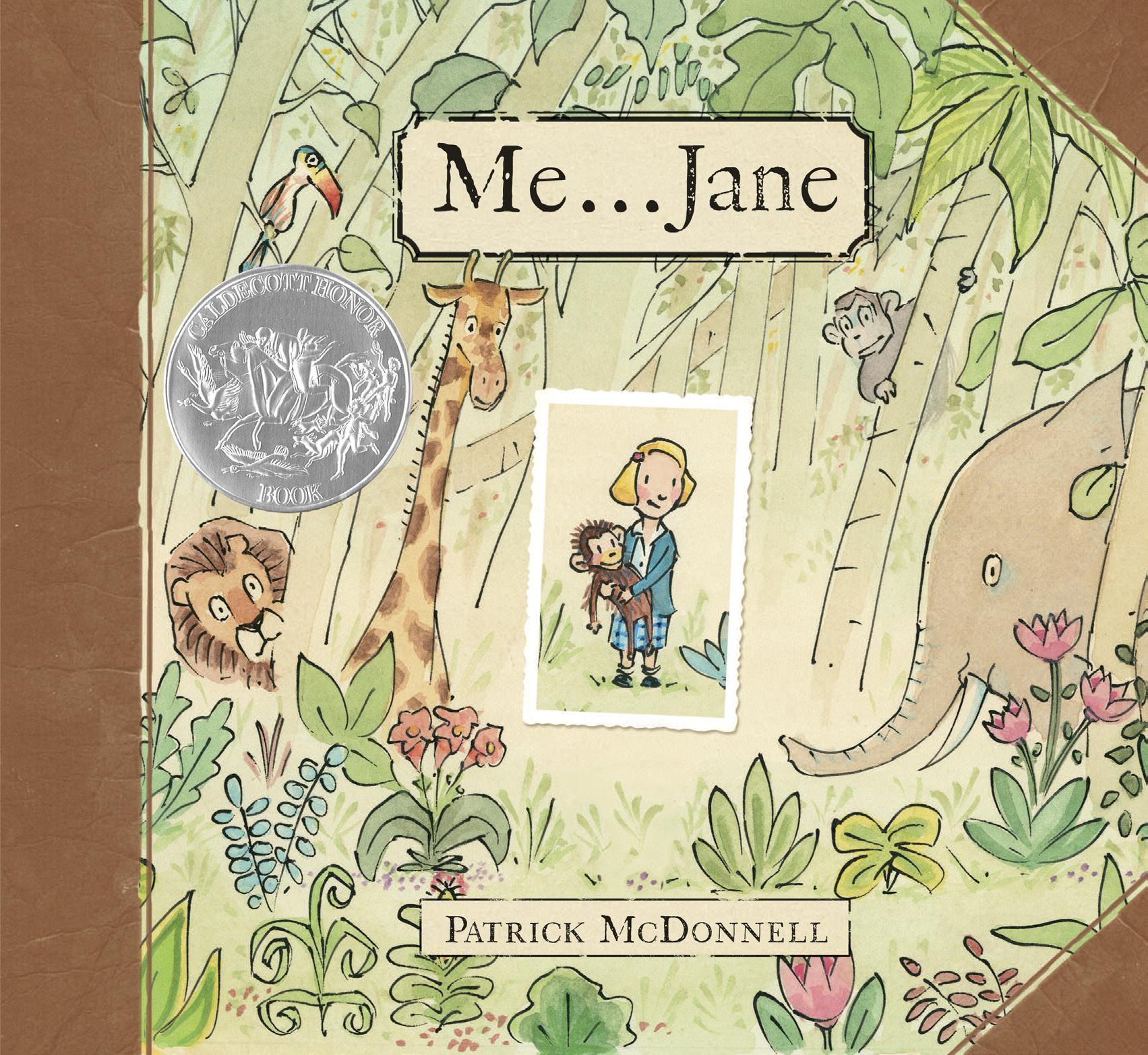
Patrick McDonnell, cover of Me . . . Jane (Little, Brown Books for Young Readers, 2011).
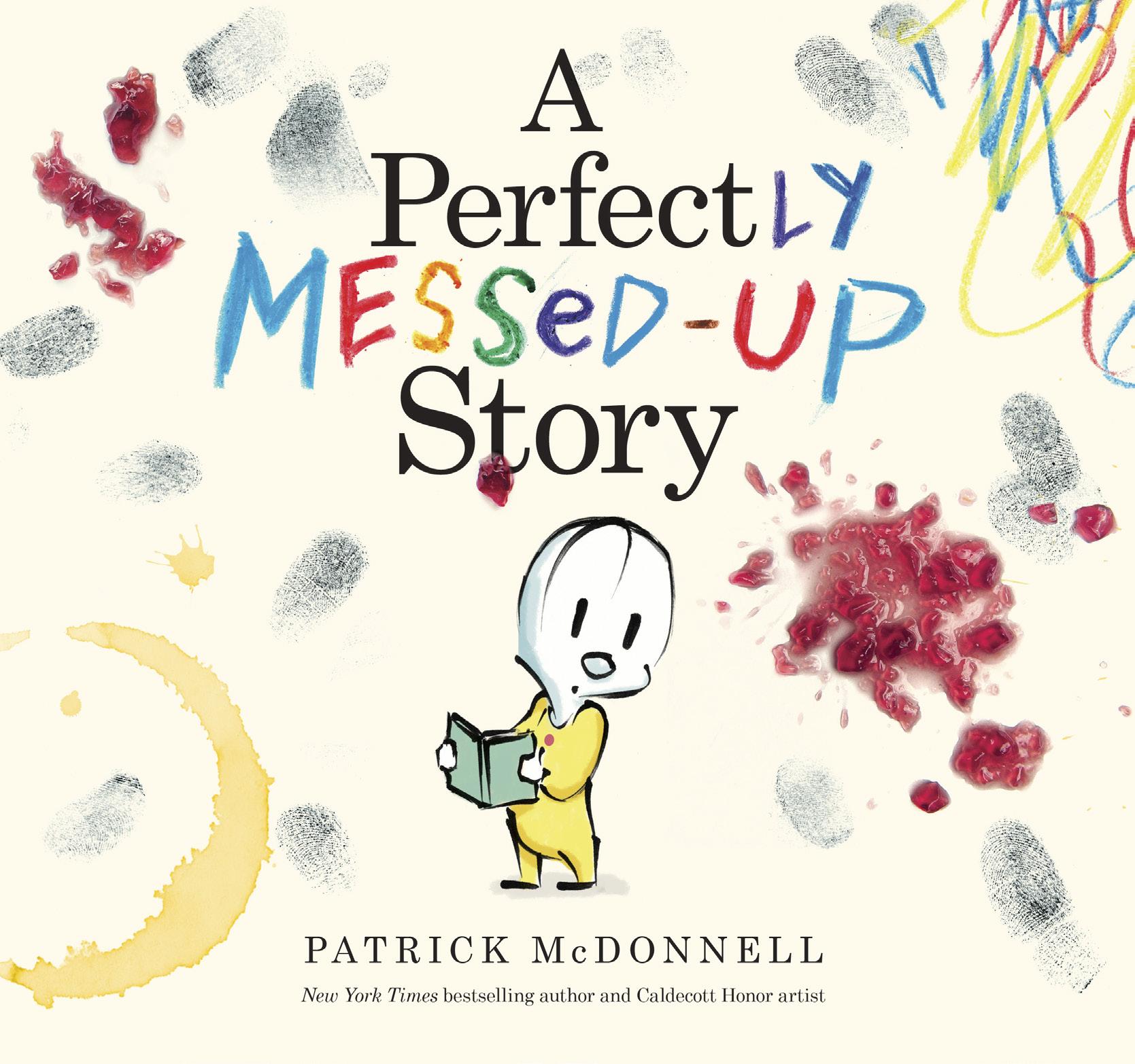
Patrick McDonnell, cover of A Perfectly Messed-Up Story (Little, Brown Books for Young Readers, 2014).
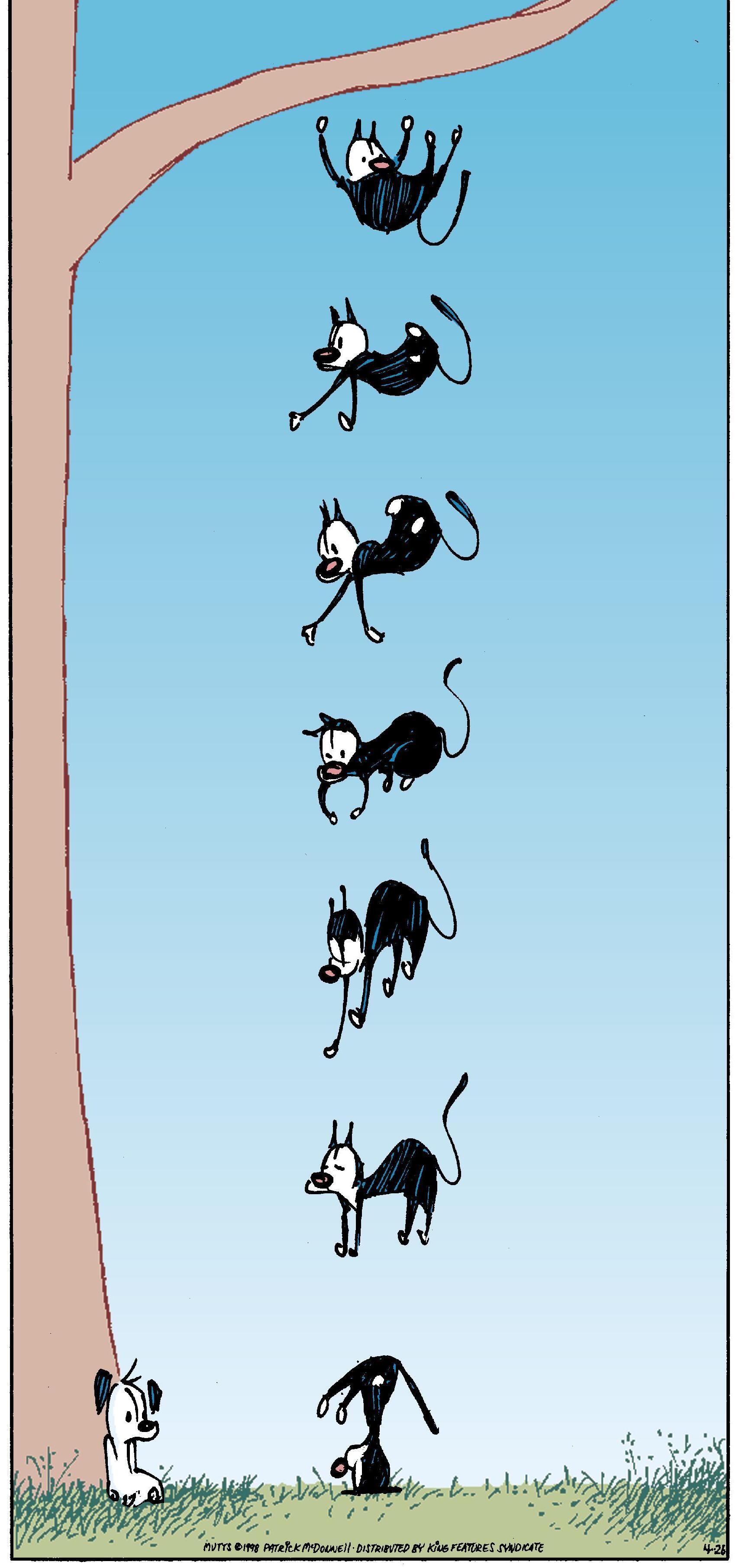
Patrick McDonnell, MUTTS, Mooch Falling, April 26, 1998, ink on paper.
PatrickMcDonnell,MUTTS,HeySlip , January,25,2004,inkonpaper.
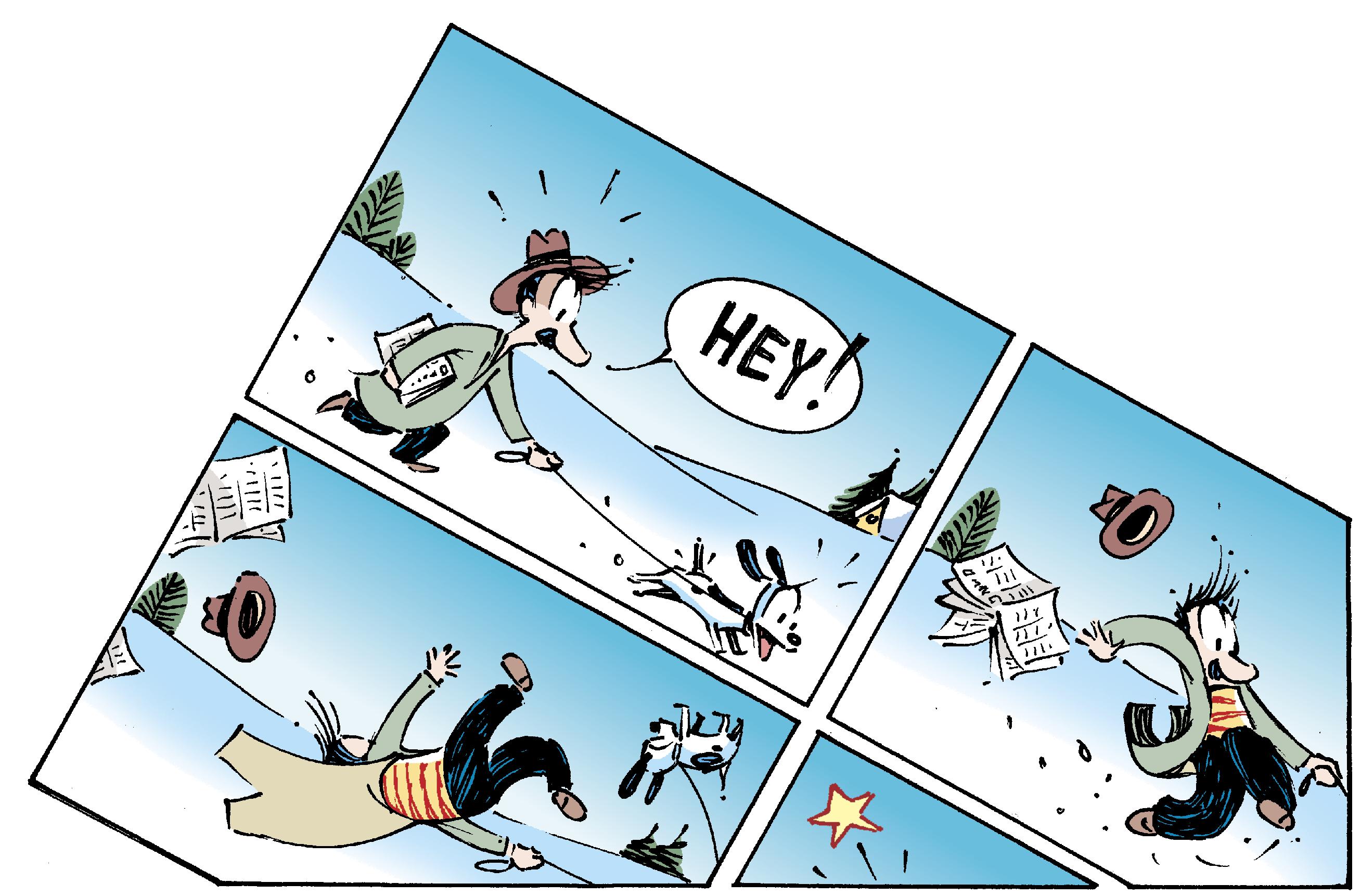
BY ANGELA RIECHERS
Analog photography in a digital age
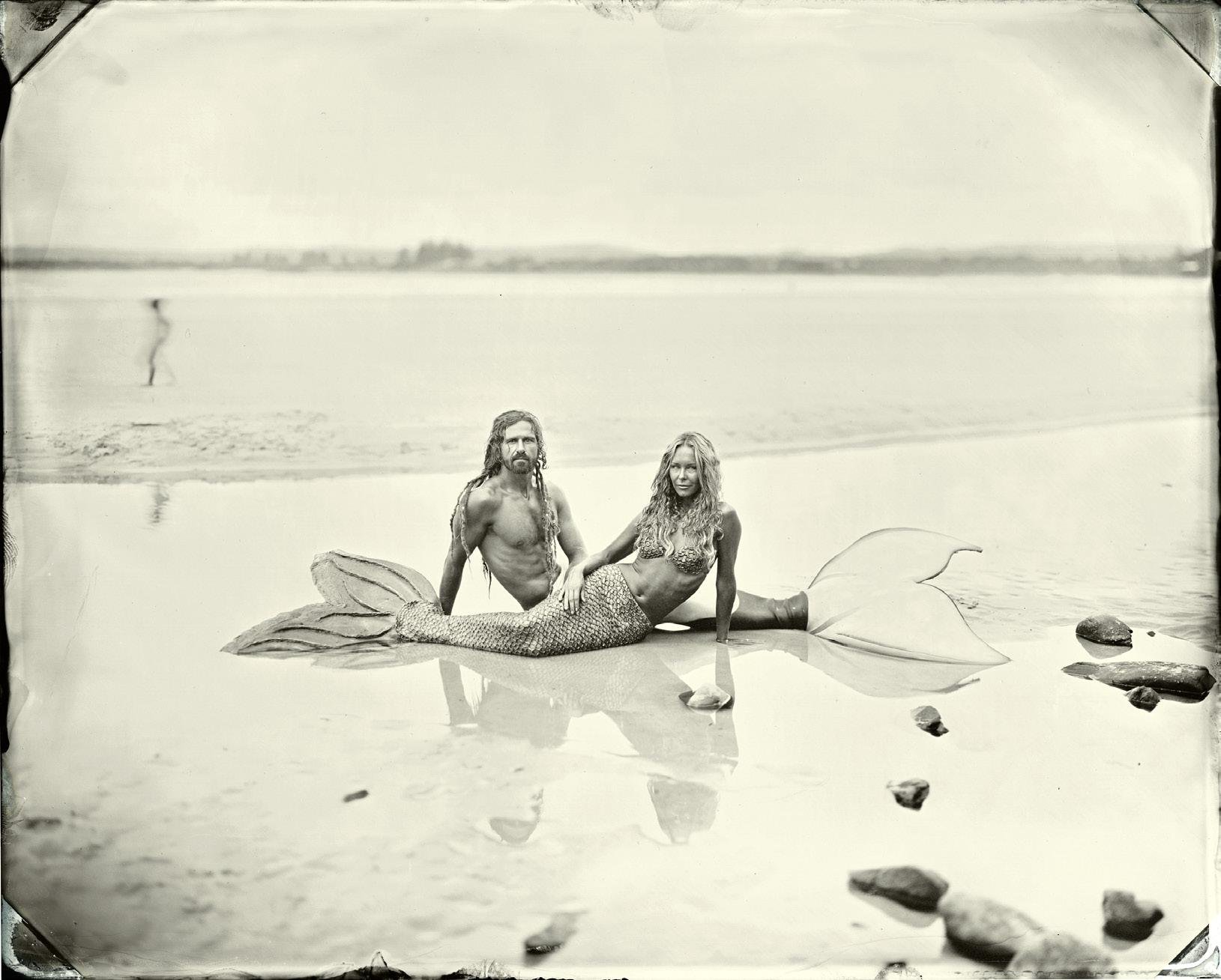
Joni Sternbach, SurfLand: 11.03.17 #3
The Mers, 2011, tintype.
In recent years, historic methods of photographic image-making have enjoyed an unprecedented resurgence among photographers and artists both emerging and established—the latter group including such prominent figures as Jayne Hinds Bidaut, Chuck Close, Adam Fuss and Sally Mann.
This popularity is part of a larger cultural trend toward hands-on craftwork that employs old, even outdated techniques, and has touched any number of creative fields, from fashion to food to furniture design. The appeal behind this is, at least in part, obvious: Handmade things evoke a quieter pace, a grandfatherclock sense of the passage of time that is largely absent from our digitally chronographed 21st-century lives.
However, pursuing antiquated means of photography presents significant challenges. These processes—such as daguerreotype, tintype, opalotype and wet plate collodion— involve dangerous chemicals, are resource- and labor-intensive and, due to the many variables inherent in preparing and applying light-sensitive mixtures by hand and guessing at exposure and development times, don’t yield consistent results. And the equipment and materials—the large-format cameras and the metal or glass plates on which they record their images—are hard to find and impractical for today’s commercial purposes, which generally require a large number of images, generated as quickly as possible.
“I believe there is a niche for alternative-process photography in the editorial world, but I haven’t been seeking out those clients,” says Billie Shaker (BFA 2014 Photography),
one of many young photographers who is interested in older techniques. “Since graduating, I’ve looked hard for facilities that will allow me to use the chemicals needed for platinum printing and opalotypes. But there are very few places and those I’ve found are often not affordable.” Given the difficulties in trying to use these methods in a modern world, then, why do it at all?
Part of the appeal of photographs made via historic processes is their unpredictable beauty. The long exposures required of older photo methods create a wealth of detail in the finished work, while also leaving them prone to obvious imperfections, like blurs and overexposures, that can give a mysterious, romantic quality to even the most mundane subject. “Portraits created using the old processes have so much character,” says Alan Rapp (MFA 2010 Design Criticism), a senior editor of architecture and design at the Monacelli Press, a Manhattan-based publisher of books on architecture, design and the arts. “The technique really gives them depth. Maybe it comes from the way the medium can render the creases and wear in the face. There’s an uncanny difference about the work that’s obvious. The viewer is aware of the level of effort and amount of time put into its creation, in addition to the historic feeling imparted by the process.” Shaker agrees. “I use alternative processes because I love the way it slows me down,” she says. “Each stage of the process alters the image, and using more time-consuming methods allows me to play a part in every phase of its evolution.”’
The steep learning curve inherent in mastering these processes (to the degree they can be mastered at all—even the most experienced photographers find that each image brings its own surprising results) means that any practitioner by necessity becomes a valuable repository of knowledge, and a living link to the past. But is the renewed interest in archaic processes bringing anything new to the conversation, or does it represent a revisiting of the early days of photography that will lead to little in the way of artistic advances?
Photographers are exploring this question from many angles. Victoria Will, who has shot tintype portraits of celebrities at the Sundance Film Festival for the past two years, takes advantage of modern adaptations to make the most of the fleeting moments she has with each star, rather than strictly adhering to entirely traditional methods. She uses a strobe, instead of relying on natural light, to shorten the exposure time, for example, and employs a darkroom team to develop the tintype plates, while she focuses only on framing and shooting the images. But the process still remains unusual enough to interest and engage her subjects, who “appreciate the opportunity to sit still and pose quietly,” she says. “I tell them I’m only going to take one photo, a big change from every other photo booth they visit. . . . The experience provides a moment of mindfulness and an awareness of time, as well as a break from the rush of photo ops and sound bites they’re expected to provide.” The subjects are often so taken with the intimacy and novelty of the experience, Will says, that they often ask to visit the darkroom to watch their portraits develop.
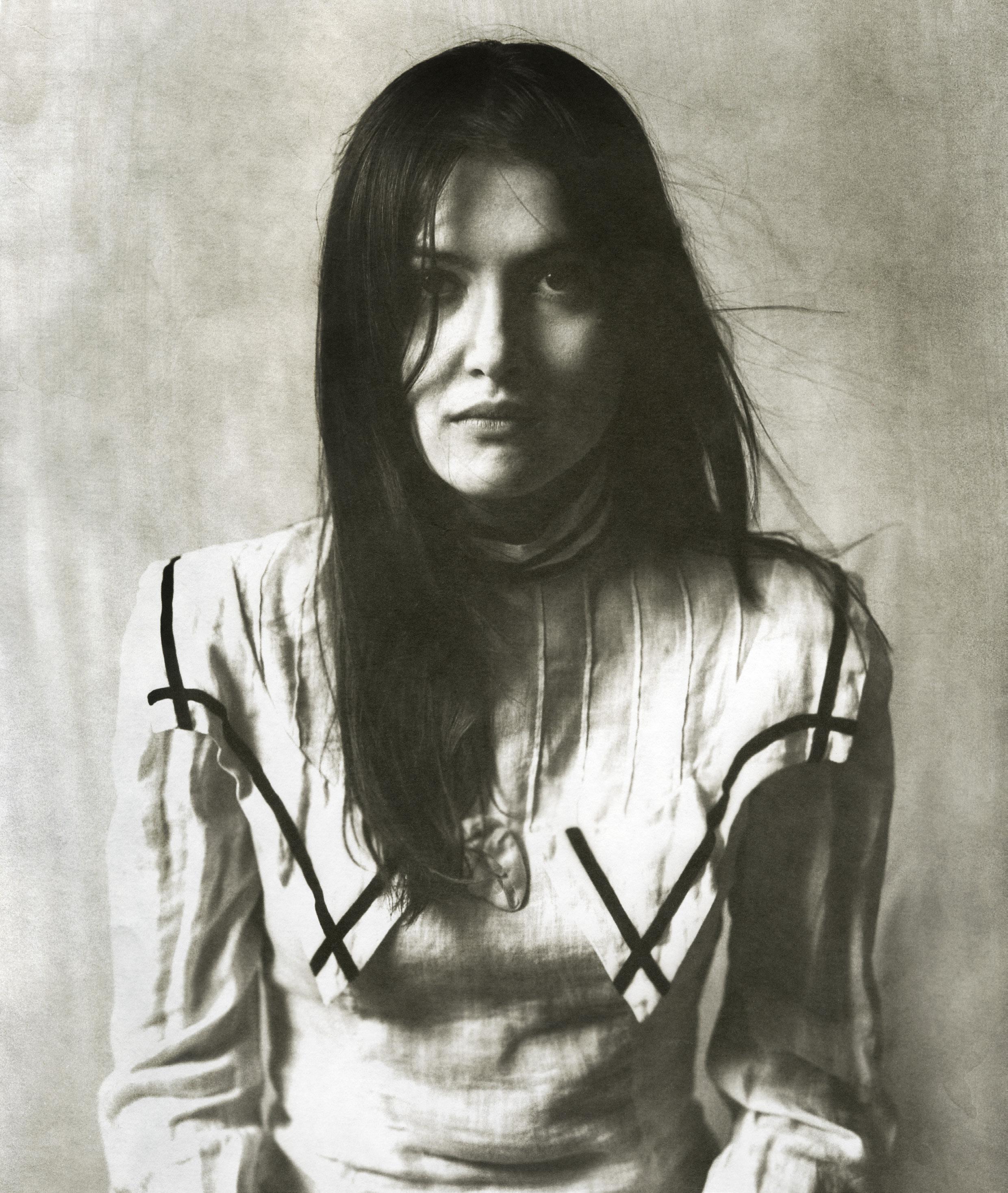
Billie Shaker, Marina, 2013, platinum print.

Victoria Will, Madison Brown, 2015, tintype.
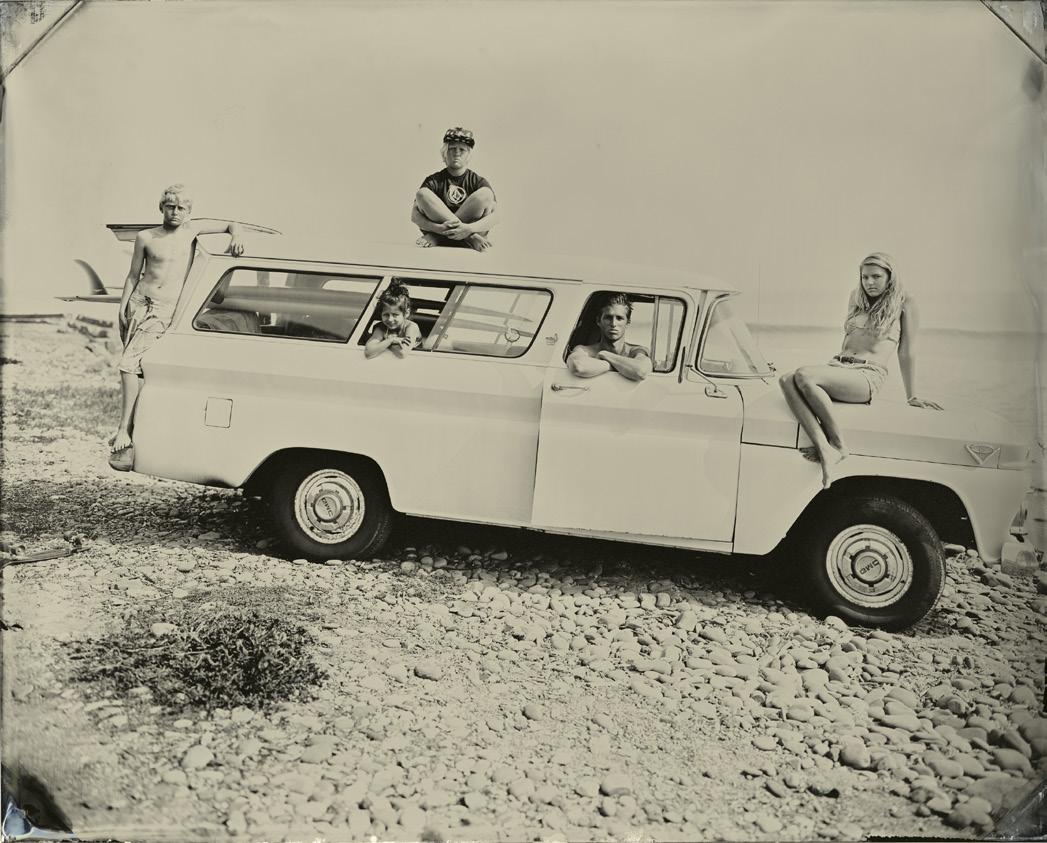
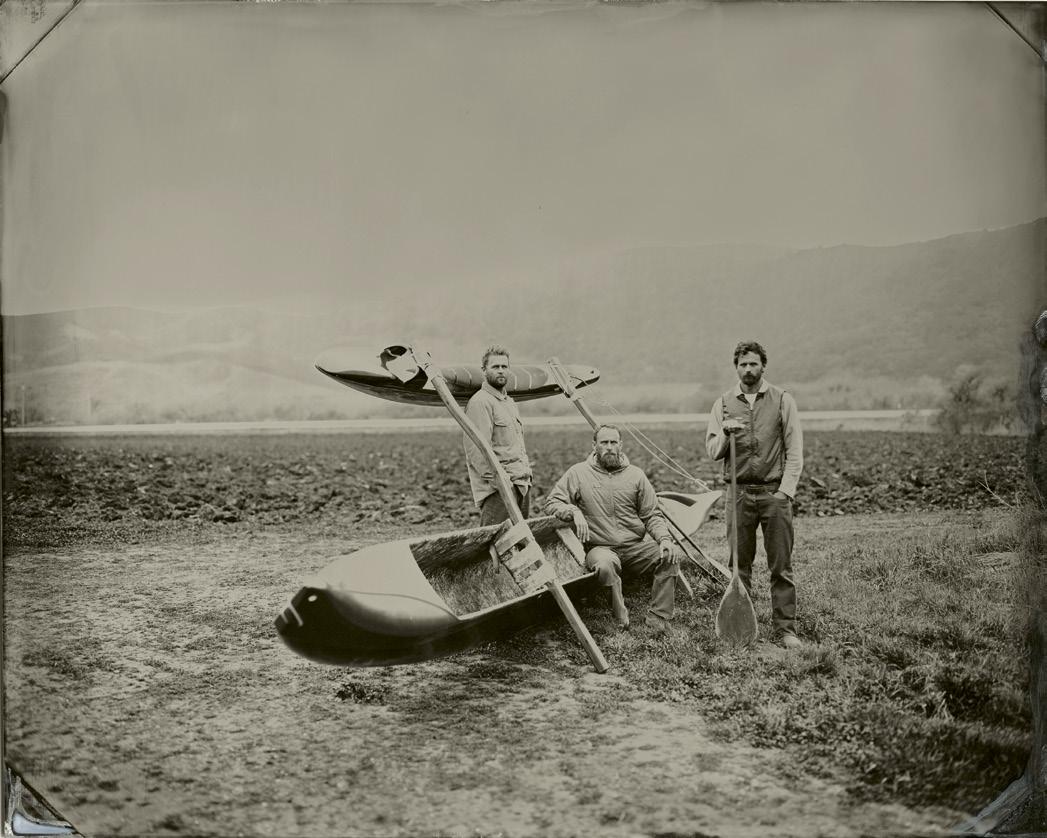
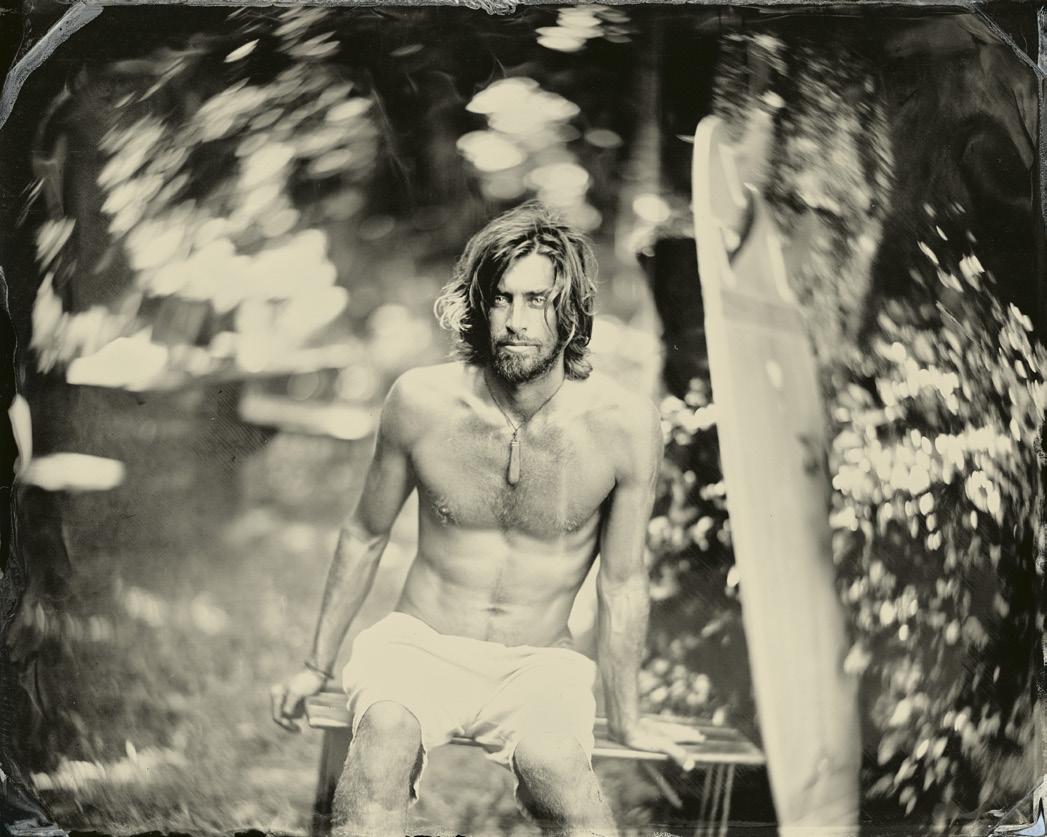
CLOCKWISE FROM TOP
Joni Sternbach, SurfLand: 13.02.18 #4
Amico Kids, 2013; SurfLand: 11.03.16 #5
Dave, 2011; SurfLand: 13.02.05 #8 Malloy Brothers, 2013. All works tintype.
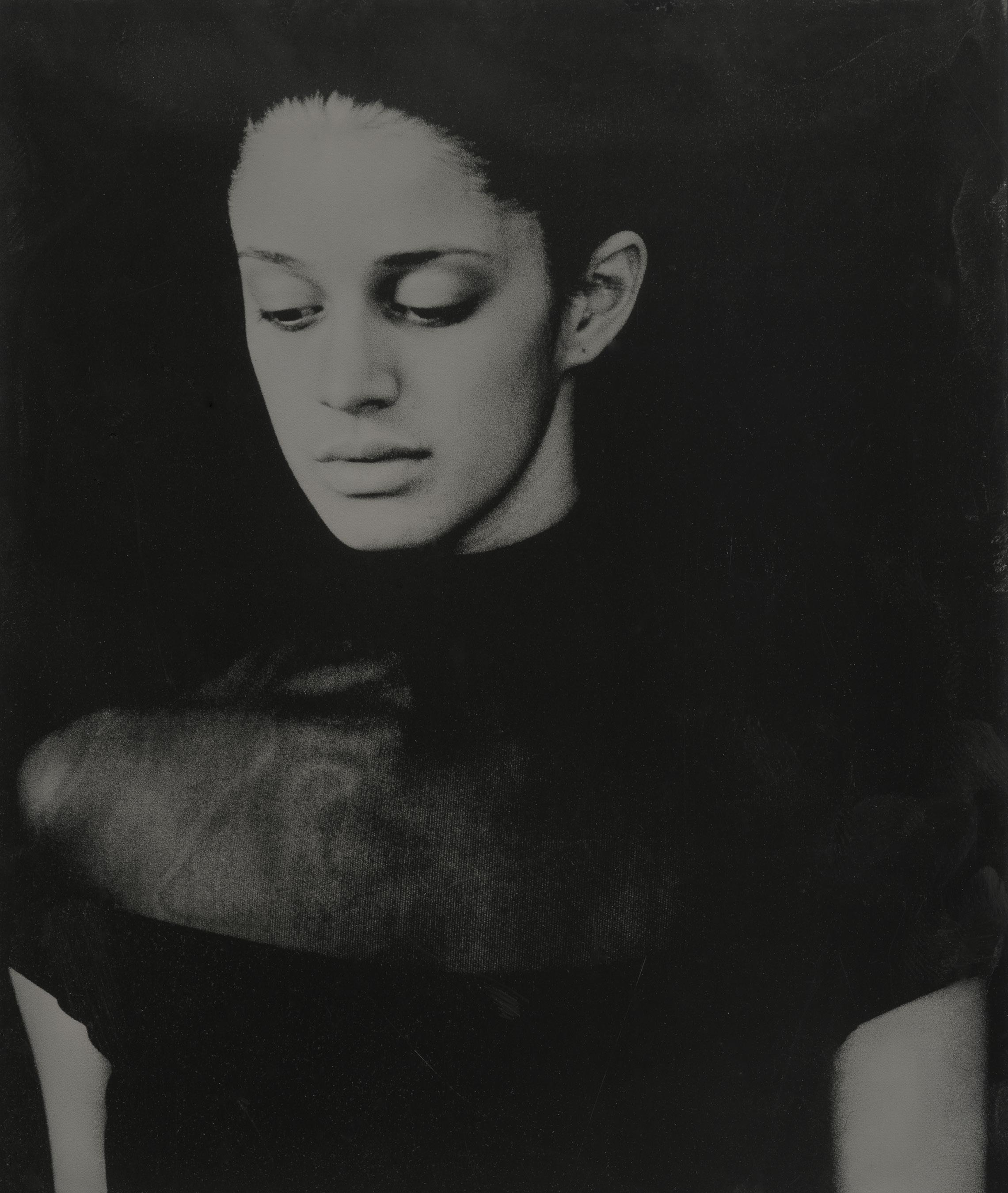
Billie Shaker, Julia, 2013, tintype.
“If you can do an old thing in a new way, that’s a little road to heaven.”
Joni Sternbach (BFA 1977 Photography) takes a portable approach to her wet plate photos of surfers. For her 2015 book Surf Site Tin Type (Damiani), she traveled to such popular surfing locales as Montauk and Malibu in the U.S., Byron Bay in Australia and Cornwall in England, taking with her an old Deardorff 8 x 10" field camera and portable darkroom and preparing her plates on site. She first learned the wet plate process in 1999 from expert John Coffer, a photographer who lives a 19th-century life free of modern conveniences in upstate New York. Coffer taught Sternbach to coat tin plates with a mixture of black asphaltum and mineral spirits, bake them over an open fire, coat them with collodion (a thick, sticky chemical mixture), dip them in a solution of light-sensitive silver nitrate, expose them in the back of the camera, and develop them, all in a span of about 15 minutes.
“The result is always a surprise,” Sternbach says, and the environmental factors that contribute to the final image impart a sense of place that photographs taken by more conventional, and convenient, means would be without. “There’s a certain chemical element that cannot be explained, due to factors like temperature and what the ultraviolet light is like at the time. Since UV light is invisible to humans, there’s this whole element of the image being exposed to something you can’t see or judge for yourself. [And] wind can be a general pain in the ass while working in the field. It makes pouring the collodion a challenge, because it blows the dark cloth around while you’re in the dark box, and can cause lines to form on the plate.”
One question comes up repeatedly when discussing contemporary photos made by historic processes: Is there always an overriding sense of nostalgia or wistfulness imparted by the rich monochromatic tones and visible elements of
handcraft (the drippy-looking emulsion around the edges, the imperfections and variable focus)? In other words, does the content become secondary to the 19th-century look?
Charles Traub, chair of the MFA Photography, Video and Related Media program at SVA, thinks it often does. “Most of what is being done with old processes is just sort of a fetish for the process rather than trying to figure out how to use it in an original way,” he says. “But if you can do an old thing in a new way, that’s a little road to heaven. The responsibility of the artist is to lead the culture into a world of the heretofore unseen.”
The inherent look of age or time past can pose an ongoing dilemma for photographers. Artist Chuck Close made a series of daguerreotype portraits and torso studies in 2000 in collaboration with contemporary daguerreotypist Jerry Spagnoli, and admitted a bit of a struggle with this. In an interview for The New York Times, he said, “I am trying to banish the nostalgia from something old to make it about our time. I was fascinated by the clarity and detail of the daguerreotype. Nothing gets lost.”
“What I noticed with wet plate is that it doesn’t matter what you photograph,” Sternbach says. “Everything looks old. You could photograph the most modern of things, and somehow they still look ancient. There’s something about the process that automatically brings up the topic of nostalgia, but I wasn’t really interested in that. I wanted to connect the dots between the past and the present and see how either they’re balanced or imbalanced. How we reflect upon the past. How an old process with a current subject matter talks about photography or talks about life in general—those were my initial concerns.”
Archaic photo processing methods are admittedly impractical in the modern world where many other, easier options are available, and the inevitable association with nostalgic impulses and bygone times will continue to present a stumbling block for some critics and viewers. Yet these methods create images that are so palpably different, beautiful and haunting, it’s little wonder that many photographers continue to look for ways to adapt them for contemporary means.
“If work made by historic or ‘alternative’ methods invokes feelings of nostalgia, it is generally because [the work itself has] familiar imagery and limited ideas,” says Michael Mazzeo, a working artist and former New York City gallery owner. “Look to the past with an eye on the present and the future. Draw from the past, but don’t imitate it. An artwork should be coherent and unified, process included. Process used as device will produce little more than decoration.” •
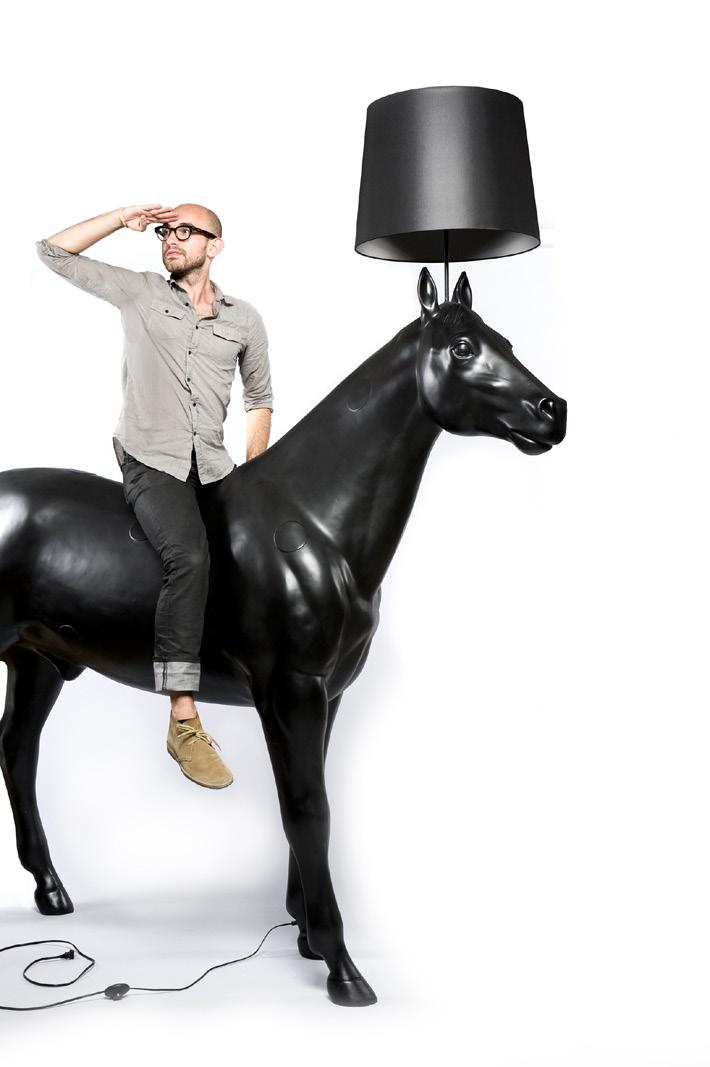
Q+A:
BY BILL DAWSON
Sean Lopano
Old Navy, the clothing brand known for its accessible, modern fashion essentials, is a retail powerhouse, earning more than twice than the combined profits of its fellow Gap Inc. labels, which include the corporation’s namesake, Banana Republic and sportswear line Athleta. But the U.S. market for affordable apparel is now more crowded—and fashion-forward—than when Old Navy debuted in the 1990s, with overseas rivals like H&M, Uniqlo and Zara having established themselves on these shores. To stay competitive, Gap Inc. hired Stefan Larsson—then an executive at H&M—as Old Navy’s global brand president three years ago, and charged him with reestablishing the label. One big component of the company’s cultural change: rethinking the Old Navy brand identity.
An effective brand identity defines and codifies the appearance of a given thing— whether that thing is a hospital, a political campaign or, in this case, a clothing label. Branding professionals create a comprehensive and cohesive visual system that takes every aspect of an organization, cause or product into account. No detail is too small. Typefaces, store displays, color schemes—if a branding team has done its job, all of it should cohere and, whether taken together or as individual elements, communicate the essential character of the given thing.
Sean Lopano (MPS 2012 Branding) is a brand identity designer who has worked as a consultant and designer with such firms as VSA Partners, Prophet Brand Strategy and Mother New York, branding everything from Oakley sunglasses to Hershey’s chocolate. In 2014, he accepted a position to help lead the rebranding of Old Navy and relocated to San Francisco, where Gap Inc. is headquartered.
I recently spoke with Sean about his work with Old Navy.
Sean Lopano photo by Dave Mead.
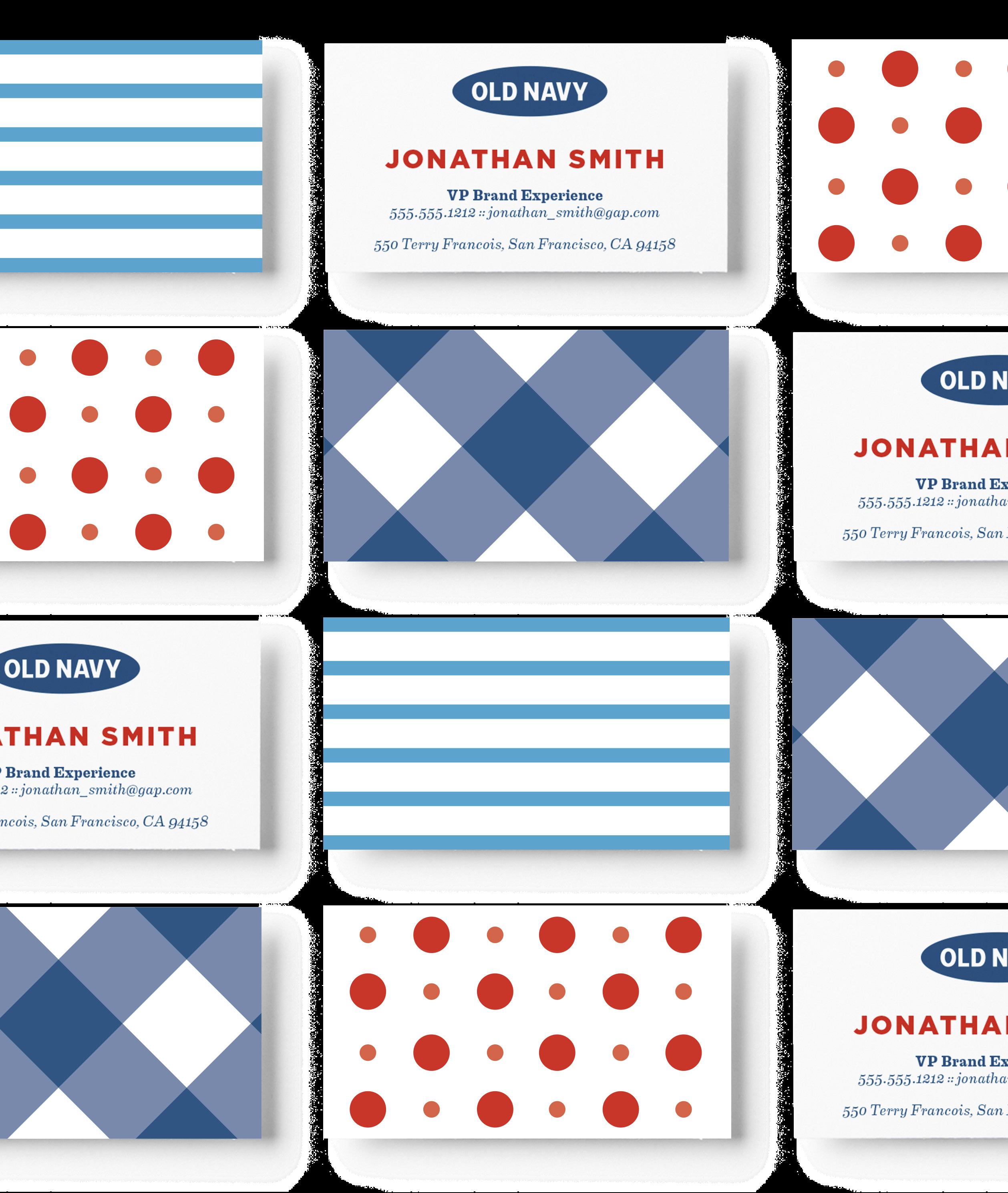

The Old Navy rebrand took every aspect of the organization into consideration, whether it was for consumer collateral like shopping bags or corporate materials like stationery and office supplies (above), or partnerships like the Old Navy Visa card (opposite).

HI SEAN. CONGRATULATIONS ON THIS NEW ASSIGNMENT. WHERE DO YOU, AS A BRANDING PROFESSIONAL, FIT WITHIN OLD NAVY’S CORPORATE HIERARCHY?
I’m a senior designer in the marketing department, working on brand and identity—particularly the visual identity. I work with a creative director, an art director and a team of 20-plus designers, copywriters, project managers, and print and technical production teams. I currently have two designers who help me with all things brand-identity related.
THIS PAST MAY, THE NEW YORK TIMES PUBLISHED AN ARTICLE ON THE CHALLENGES FACING OLD NAVY, AND IT SAID THAT WHILE OLD NAVY REMAINS SUCCESSFUL, THE BRAND IMPRESSION HAS NOT ALWAYS BEEN ONE OF FASHION-FORWARD CLOTHING. SOME BRAND REINVENTIONS ARE APPROACHED WITH A WRECKING BALL, BUT YOUR TEAM SEEMS TO HAVE SEEN THIS CHALLENGE MORE AS A RENOVATION.
That’s a great way of defining this entire process. Whatever challenges it’s faced, Old Navy has kept a dedicated following. A wrecking-ball approach would have been overkill and risked us losing our loyal customer base.
From the beginning, this rebrand engaged many different internal groups, from store design to real estate, international expansion and, most importantly, product. Our effort began with a commitment to creating better products. We are in the product business, after all, and without great product, the visual identity doesn’t have much to stand on. That was followed by a new way of communicating our values and goals—namely, to produce accessible yet fashionable clothes for the whole family—visually. I was asked to help with the communications part.
THE NEW IDENTITY SYSTEM HAS AS ITS CORNERSTONE A REVISED LOGO THAT INCLUDES THE OLD NAVY NAME WITHIN A BLUE ELLIPSE. WERE YOU CHIEFLY RESPONSIBLE FOR THIS NEW VERSION? WHAT DID YOU BELIEVE WERE THE WEAKNESSES OF THE OLD DESIGN?
Yes, this was one of my first projects: revise the existing logo and design the brand’s new monogram. As the second-largest clothing retailer in North America, Old Navy’s mark really had a lot of value, in terms of consumer recognition. However, we were running into legibility issues, digital and pixelation issues as well as a few troublesome letters that just seemed “off”—primarily the L. Our goals were increased legibility at almost any size and a more structured and refined set of letters within the logo that work better with, and are more similar to, our typography systems for things like store signage, care labels, advertisements and web pages. To most of our customers, the change is minute. But for us, internally, it’s quite different. I suppose brand identity designers are nerdy that way.
WHEN
A
BRAND IDENTITY DEBUTS,
THE PUBLIC IS SELDOM AWARE OF THE PROCESS THAT LED TO THE RESULT. CAN YOU TALK A LITTLE ABOUT THE BACKGROUND WORK THAT WENT INTO THIS PROJECT?
I can’t speak to the initial work, as much of it was done before I joined the company. But we worked with an incredible brand consultant, Julia Leach, formerly of Kate Spade. Julia and I had met prior to Old Navy; it was a wonderful coincidence. She and her team were hired to redirect the brand strategy. I was brought in to work with Julia and our art and creative directors, to take the strategy and research and develop the visual-identity system.
From a competitive standpoint, our goals were clear. The influx of high-design-meets-low-cost fashion brands has exploded

globally and, more recently, in the U.S., which previously was Old Navy’s stronghold. We needed to re-present ourselves as the leader in affordable fashion. The bar was set from that point on to exceed our competitors’ position in all markets.
HOW MUCH OF THE WORK WAS DONE IN-HOUSE?
All of it. Our agencies collaborate with us to produce TV ads and social media, but the brand and its identity were created internally. I’m quite proud of that—and am excited to see this happening more and more. I’m becoming a fan of the internal model over the agency model. There’s so much collaboration and teamwork, and a such a sense of pride companywide when changes come from within.
CAN YOU EXPLAIN HOW YOU CHOSE THE TYPOGRAPHY? IT SEEMS WELL ROOTED IN BASIC DESIGN PRINCIPLES, NOT INFLUENCED BY TRENDY TYPEFACES OR BRAND-SPECIFIC TYPE DESIGN.
The original concept for Old Navy was “American heritage with a modern clarity.” In our rebrand, we stuck to typefaces clearly inspired by or characteristic of this as well. We wanted to have two primary, extremely versatile typefaces that scanned as unmistakably American in origin. We chose Gotham and Eames Century Modern. While both are great workhorses, they denote premium quality and have a bit of a fashion edge. Usually, no one in fashion would go near things like Eames Century Modern—they typically use more traditional, European serif faces. Then we wanted to add a more playful typeface that allowed for some decoration and didn’t have to work quite as hard for us: Normande. We tried very hard to avoid the fashion cliché of either Helvetica Neue Ultralight and Didot or Gotham and Didot . . . or Bodoni, for that matter. All of this was then tailored so that our seasonal campaigns and programs could use additional typefaces, if need be. However, in the last year we haven’t broken from our two primary faces and have had some really successful seasonal campaigns.
OVERALL, I DETECT A SAUCY, FRENCH FLAVOR IN THE NEW IDENTITY. IS THAT INTENTIONAL?
Interestingly, the Old Navy name came from the name of the founders’ favorite café in Paris. Donald and Doris Fisher, the founders of Gap Inc., loved this place and ultimately named the brand after it.
WAS THE DESIGN TESTED WITH OLD NAVY CUSTOMERS PRIOR TO ITS RELEASE?
For the visual identity as a whole, it was not. I’ve had negative experiences with consumer testing in the past. There’s a definitely a right and wrong way to go about that for design—letting consumer testing lead the design of something tends to lead to trouble, while asking consumers to respond to a series of designs, to get an idea of potential reactions, is more helpful. In the fast-moving retail business, everything is done with the understanding that it can and will be modified as time goes on. It’s just the nature of the industry. The brand has to evolve and we try to do it in the most strategic and sustainable way, as opposed to a reactionary way.
WILL THIS BRAND IDENTITY BE ADAPTED FOR PARTICULAR SEASONS? HOW DO YOU ANTICIPATE THE DESIGN SYSTEM EVOLVING?
Our approach was always rooted in adaptability, flexibility and a subservience, almost, to the seasonal products and campaigns. While the brand’s identity should always be strong, it often has to sit behind what’s happening seasonally. Successful seasonal products and promotions are the key to this business, so they have to lead our marketing and communications.
WILL YOU BE WORKING ON OTHER GAP BRANDS?
I would certainly like to. We’ll see what’s in store—no pun intended.
FINALLY, WAS THERE ANYTHING IN PARTICULAR THAT YOU LEARNED FROM THIS EXPERIENCE?
I am coming to realize that design is often the easy part, and it’s the part I love the most. I’d love to put amazing music on and draw beautiful and effective work all day. But this process has been about a journey—for our internal teams and collaborators as well as our customers. Taking people along on that journey has been the greatest challenge. It’s something that is seldom taught in school. A change in the logo is such a small piece of the journey. Getting people to come along and believe in the brand is the most important piece of the puzzle. For me, that was the most challenging. •
BY ALEXANDER GELFAND
Safe and Sound
“Resilient” interior design
When it comes to forward-thinking interior design, sustainability, it seems, is no longer enough. In the wake of the past few years—which have seen severe storms, arctic chills, widespread droughts and increasingly dire predictions about future climates—the focus of many designers is shifting toward resiliency.
Broadly speaking, “resilience,” in this sense, refers to a thing’s ability to function throughout, or to quickly regain functionality after, a disaster such as a hurricane or an earthquake, and by doing so prevent anything from minor inconveniences to major losses of life. Resilient design has implications for everything from infrastructure planning to the layout of interior spaces—the places where, after all, most people spend most of their time. This concept has been around for a while, but it really began to gain traction after Superstorm Sandy ravaged New York, New Jersey and Connecticut in late October 2012, causing widespread flooding, fires, power outages and other destruction totaling some $60 billion in damage. The National Hurricane Center estimates that Sandy was responsible for 159 deaths (other tallies vary), and though many were caused by drowning, others resulted from hypothermia due to lack of heat or carbon-monoxide poisoning from the use of portable generators—and both of these are hazards that, theoretically, smart resilient design could mitigate, if not do away with altogether.
That same year, architect and BFA Interior Design faculty member Gita Nandan, along with her partners in the design studio Thread Collective, built Trout House, a four-story mixed-use building on Troutman Street in Brooklyn’s Bushwick neighborhood that incorporates a number of resilient features. (Thread Collective has its offices on the first floor, Nandan’s partners live on the second, and the third and fourth are
Exteriors and interiors of Thread Collective’s Trout House, a LEED Gold- and Energy Starcertified mixed-use building in Brooklyn. Trout House’s resilient features include a solar panel array, highly durable and water-resistant construction materials, open layouts to aid effective cross-ventilation, and abundant sources of natural light.
occupied by renters.) The interior finish materials—concrete, stainless steel, Brazilian ipe hardwood salvaged from the Coney Island boardwalk (much of which has been rebuilt, postSandy)—are extremely durable and water resistant. Moreover, each residential unit boasts a floor-through layout, recessed balcony and floor-to-ceiling windows, all of which provide a combination of natural light, shade and cross-ventilation. That, coupled with the 5.5-kilowatt solar panel array on the roof— which directly powers the building, rather than feeding back into the grid—minimizes reliance on the local electricity provider and on mechanical heating and cooling, thereby boosting the “passive survivability” of the building, or its ability to maintain critical functions in the event of utility-service disruptions. It also reduces the building’s carbon footprint, illustrating the link between resilience and sustainability.
“In 2014, we ran the air-conditioning for one month, and we turned the heat off in March and didn’t start it up again until mid-November,” says Nandan, who also helped New York City’s Building Resiliency Task Force revise the city’s building code after Sandy, and is currently working with the New York Rising Community Reconstruction Program to create a resilient plan for Red Hook, a Brooklyn neighborhood that was inundated during the 2012 storm.
Some aspects of Trout House’s design, and in resilient design practices in general, hark back to an earlier era. As in many parts of the world, New York may be experiencing more extreme weather events than ever before, thanks to manmade climate change. But cold winters and hot summers are hardly new to the region. And in the days before mechanical heating and cooling systems, builders managed seasonal temperature extremes through subtler means: positioning windows and











ABOVE A cross-section drawing of a resilient townhouse in Manhattan’s West Village, designed by +LAB Architect OPPOSITE +LAB ’s West Village townhouse design also called for movable, soundproofed partitions, making the interior spaces adaptable and allowing for passive temperature control. Photos by Long Ruan. All images © +LAB Architect, PLLC.
FOLD-AWAY INTERIOR PARTITION
FOLD-AWAY INTERIOR PARTITION
HURRICANE PROOF WINDOWS TYP.

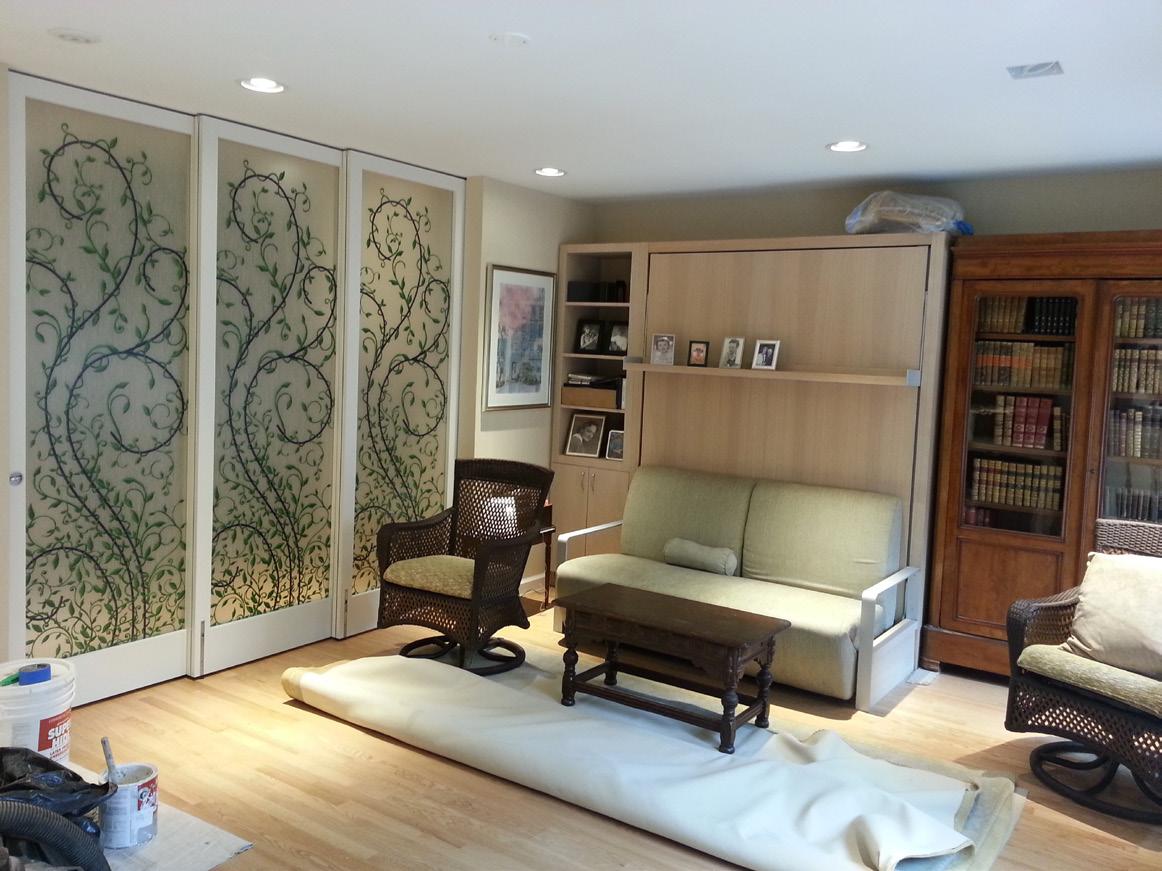
skylights to maximize natural light while controlling the heat that sunlight generates, creating adequate shade and allowing for cross-ventilation. “That’s the way they used to build,” says Illya Azaroff, a founding principal of +LAB Architect in Brooklyn and another BFA Interior Design faculty member. “And now we’re getting back to that.”
In other ways, resilient design is as cutting-edge as it gets. Azaroff, who advises a variety of city, state and federal agencies on disaster preparedness and recovery, prefers the phrase “bouncing forward” to “bouncing back” when it comes to resiliency, and emphasizes the need to plan ahead for what the latest weather models can tell us about what the future might hold. That kind of anticipatory approach is already filtering into building codes, requiring designers, for example, to reallocate interior space in creative ways. In New York, spaces
Designers should think of resiliency not as an obligation, but as a creative challenge.
that house mechanical equipment must now be raised above the floodplain, and the ground floors of waterfront buildings can no longer be used for living space. For her senior thesis project, one of Nandan’s former students, Ting Yu Tsai (BFA 2014 Interior Design), envisioned a wetland museum on Manhattan’s Lower East Side waterfront, the lowest level of which included a floating dock system designed to accommodate the tides of the East River—and rising sea levels.
There has also been a revolution in resilient materials and technologies. Floodgates that drop down from within door frames can limit flooding, while new mold-resistant finishes can stave off a serious health risk when flooding does occur. When +LAB was hired to make a West Village townhouse “disaster
durable,” he says, Azaroff not only installed an emergency backup generator and battery system, he also replaced all of the windows with hurricane-proof glass—capable of withstanding the impact of a nine-pound two-by-four traveling at 34 miles an hour—and installed movable internal walls that can fold back, allowing air to flow from one side of the building to the other and encouraging passive temperature control should the building’s mechanicals fail. Since weather and geology vary from one locale to another, so must resilient design. That was evident when Ambar Margarida (BFA 2009 Interior Design), an associate in interior design at Spacesmith, the architecture and interior design firm founded by Jane Smith, chair of SVA’s BFA Interior Design program, got involved in designing a seven-story office building in an earthquake zone outside of the U.S. According to Margarida, resiliency concerns guided the building’s design: a large sunscreen, for example, will let natural light in but diffuse its heat, addressing both lighting and cooling concerns in the event of power outages, while internal courtyards that extend to the cellar level will not only ensure illumination throughout the structure but also provide a sense of connection to the outdoors if occupants are stuck inside for an extended period. In addition, Margarida and her colleagues were careful to specify bracing details for the furniture, attaching top-heavy pieces like bookcases to specially reinforced walls to keep them from toppling if a tremor hits—just one more example of the many factors that go into making a space safe even under the most hazardous conditions. “It’s very considered, thoughtful work,” she says.
Indeed, designers and clients alike should think of resiliency not as an onerous obligation, but as both a creative challenge and a requisite for a well-crafted space. “My hope is that, in five to 10 years, these practices will not only be industry-standard, but expected by residential and commercial building owners,” Nandan says. •
BY JESSICA LYNNE
Gallery Guides
Six gallerists on their role in the art world
Gallerists play a significant role in the art world. They are important to artists seeking to find a representative who will advocate for their work. They are important to collectors, who turn to gallerists to begin or enhance their private collections, and museums, which may rely on galleries to lend their art for exhibitions. While it is true that no two galleries are the same—each operating with distinct missions and each supporting unique groups of artists— in today’s contemporary art landscape, their collective importance is increasing as much as it is evolving. To explore this further, I recently talked with six gallerists, taking a closer look at their motivations, responsibilities and current concerns.
Nicholas Bakita (MFA 2012 Fine Arts) is the director and co-founder of the Philip Bloom Gallery, which opened its inaugural exhibition in Nantucket, Massachusetts, in June of this year and supports emerging contemporary artists from around the world. Asya Geisberg (MFA 1999 Fine Arts) and Mike Weiss (MFA 1995 Fine Arts) run their eponymous galleries in New York City’s Chelsea neighborhood. Geisberg opened hers in 2010 and currently represents 14 artists, including fellow MFA Fine Arts alumni Julie Schenkelberg (2011) and Trish Tillman (2009), while Weiss, who opened his in 2003, maintains a roster of 11 international artists. Mariane Ibrahim is the director of the Mariane Ibrahim Gallery in Seattle, which was founded in 2012 and is dedicated to selecting established as well as emerging contemporary artists. Michelle Papillion’s Papillion Gallery, in Los Angeles, opened in 2010 and currently represents six artists, with a focus on up-and-coming talent. And Christian Siekmeier (MFA 2004 Photography, Video and Related Media) operates his Exile Gallery, opened in 2008, from locations in both Berlin and Manhattan’s Lower East Side. A condensed, edited version of our conversation follows.
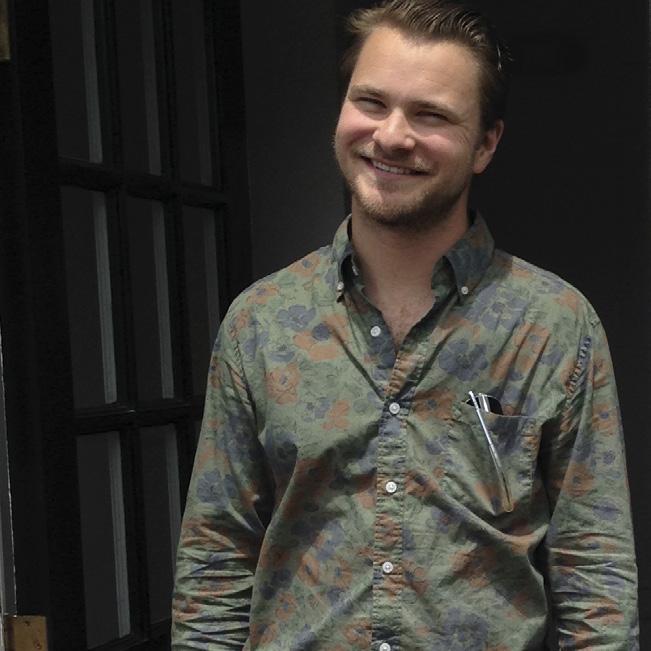


Why did you become a gallerist?
Michelle Papillion: I wanted to have a space and platform to talk about whatever I wanted to talk about. I wanted to have a space to work with and support artists that I believed in.
Asya Geisberg: By the time I found my space, I had been a freelance curator and arts writer and worked in galleries and a museum, but mostly I had been a working artist. I love writing and trying to crystallize what exactly is the crux of any artist’s practice. I had also started collecting—slowly—and I thought that I could provide a bridge between the sometimes inchoate articulation of a genuinely interesting artist and the inquisitive collector who may be skeptical or uninformed or may just not have access to that which distinguishes one artist’s value from another.
Mike Weiss: I actually started my career at an art magazine called Smock. I organized photo shoots and interviews, I brought in money and talked to advertisers . . . basically I was the mover and shaker of the operation. During this time, I was also curating shows and working with online e-commerce art sites. What was missing in all these ventures was the opportunity to promote the work of particular artists long term. I always had to move on to the next thing. So, I decided I wanted to be able to decide for myself which battles to fight and for whom, and moving into a career as a gallerist gave me that opportunity.
Could you describe a typical workday?
Nicholas Bakita: I’m not sure if there is one for me. I try and get to the gallery 10 to 15 minutes before it opens to do any prep for the day. I spend most of the day catching up on the tasks that I didn’t get to the day before. Mainly I’m answering emails,
following up with clients, giving gallery tours and always looking for new artists and building our programming.
Christian Siekmeier: It is really hard to describe a typical day. Recently, many tasks have revolved around communication. In particular, I spend an increasing amount of time satisfying social-media demands. Regardless of what I think about social media, I have to participate in these communication channels that become very important to our audience. I just created an Instagram account for the gallery, for instance. My work as a gallerist is not so different from my work as an artist, and if you are an artist it is equally difficult to define a 9-to-5 workday. Much of the day is spent thinking and planning and working to realize projects with artists in whom I believe. And there is lots of emailing!
Mariane Ibrahim: In my world there is no such thing as a typical day. Being a gallerist is an extremely manual, intellectual and creative job. You have to prepare information for collectors and institutions. You have to be creative in how you promote the work and then there is the assemblage—putting everything together in the right place. And I am always looking forward, negotiating current exhibitions and shows while reflecting on what has passed. There is little room for “typical.”
How do you decide which artists to support and represent?
Weiss: It’s an organic process. I go to many shows in Chelsea, the Lower East Side and Brooklyn. Wherever new art is showing, I’m usually there. I’m constantly doing studio visits, sometimes after seeing a group show or meeting an artist at a social event. Basically, if I’m excited about an artist’s work, I like to see it through with them, even if it doesn’t work out right away.
Mariane Ibrahim
Nicholas Bakita
Asya Geisberg
Ibrahim: Every choice that I have made has been emotional. As an African woman, there is probably a part of me that is looking for a portrait or image from Africa that I haven’t been exposed to. Even more, coming from Somalia—a country that really has a strong negative image worldwide due to its internal conflicts—before I became a gallerist, there was a part of me looking for a kind of African art renaissance. So the artists that speak to me are the artists that are working with issues of identity, cultural appropriation, religion and the complexities of representation from the African continent.
How important is location? Why did you decide to open your gallery where you did?
Siekmeier: Exile is not based in a particular location. It has been located in Berlin because Berlin offers, for now, the best opportunities for artists, but that is changing dramatically, maybe even more rapidly than in other world capitals. Space has become more expensive. Artists’ studios are disappearing. In a way, location is relatively irrelevant, and what we expect of a gallery can shift. Exile has already moved around a few times, and it has been in many transitional spaces, but it is still a professionally operating gallery. In a review, Exile was once referred to as a “nomadic” space and I thought that was quite
“When you make decisions based on the merit of the art, without your eye on the dollar, it works best.”
appropriate. As we become more and more of an online, globalized world (with all the postcolonial exceptions, of course), the location of a space as a place of being for a gallery is in a sense less important. At the same time, it is important to not disregard the local. A gallery still should offer a lasting place of exchange.
Papillion: If I had started my gallery in New York, I don’t think I’d be doing what I am doing. Los Angeles is more affordable. Here, I can work without compromising ideas. Being on the West Coast feels like a new frontier. There is room to mold something different.
Geisberg: When I lived in Boston I remember traveling to New York for one day to catch a show I had read a review of in The Village Voice or The New York Times. It’s amazing to now have a gallery in the city people travel to for the purpose of seeing new art, and to exhibit international artists that aren’t otherwise represented in the U.S.
Has the creation of online spaces of transaction and sale— Artsy, Paddle 8, Artspace—affected your business? Do you have relationships with these entities?
Weiss: The business of art, because of technological advances, is moving so fast that you constantly have to keep yourself updated and relevant in how you conduct your business.
Because so many collectors over the past five years have begun buying works over email, without first seeing the works in person, it’s opened up a lot more opportunities. But there’s no substitute for actually seeing the work and for us to make a face-to-face connection with a collector. We aim to build collections. Collectors who buy work because they love it (and not because it goes well with their couch) are much more likely to hold onto the work. A lot of times collectors talk to us about how they’ve filled up their walls, to which I usually say, “Now you’re free”—they can buy for themselves and not for their walls. One of the responsibilities I feel as a gallerist is to educate collectors not only about who the artist is but where the work comes from—historically, culturally, politically, etcetera—so they can make an informed decision. We want to work with all different kinds of buyers, from consultants to firsttime collectors to experienced ones, but we want everybody to want to be involved and to have access to our artists’ works. That being said, all the online entities bring these other people into the fold, and all of that is good for art.
Siekmeier: I have relationships with these entities but, for me at least, these platforms have not made a difference. It’s more work, really. Because before someone commits to buying a piece of art, most people still want to see it in person and have an interaction with the gallerist. So in this way, these platforms simply become another channel to feed.
What are the roles of galleries and art dealers within the contemporary art ecosystem, particularly in a highly digital age?
Bakita: I think the personal connection is still relevant, even with the websites and social-media outlets that promote art, artists and galleries. You need to build trust with your collectors and there is no better way to do that than in person.
Geisberg: I’ve always loved being at the intersection of mounting shows, curation and outreach to collectors. Artists still want to have exhibitions, so there will always be pressure to have physical venues, and a need for gallerists to facilitate press, sales, attention, peer community, and so forth. It’s not the same as the anti-bricks-and-mortar argument for selling shoes. I am lucky to be in a metropolis where there is enough of an audience to justify the enterprise, as I think that’s the biggest challenge—to expand the definition of a collector. A collector is someone who discovers the passion of cultivating their own taste and interests, and of living with art. And that could be anyone.
My idea of art changed as soon as I started living with it. It was a huge conceptual leap, with great dividends, and that experience is hard to translate to a populace that is now accustomed to easy, frequent, free and short-lived digital interaction. I remember seeing a group of Angelina Gualdoni’s paintings in the back room of a gallery, and recognizing instantly the talent and vision behind the series. I didn’t consider myself a collector at that point but when I encountered them again at a fair I felt compelled to buy one. Living with the painting for over 12 years, I’ve found different ways of seeing it. The passage of time

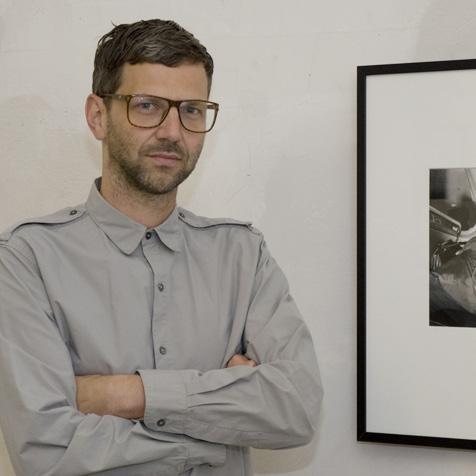
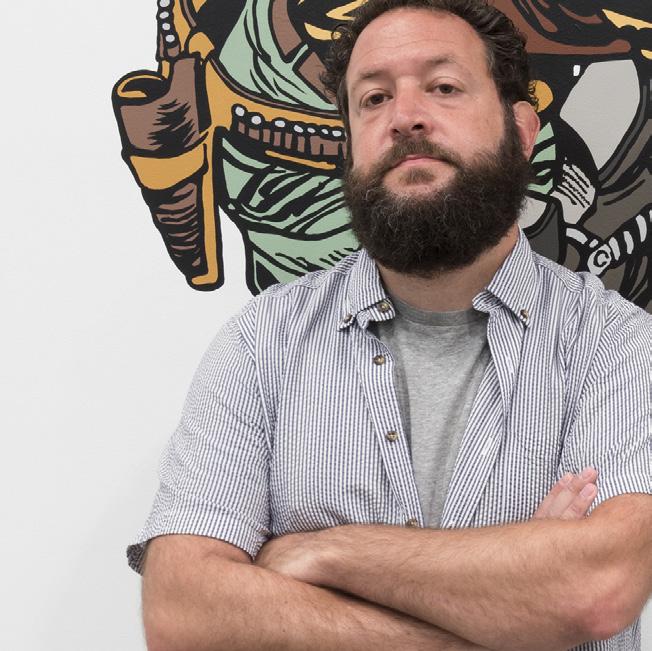
adds meaning and nuance to the work. Dedicated collectors help to “create” the art, in a way. It’s a strange dual authorship.
What are some of the most pressing issues facing your gallery today?
Papillion: As the gallery grows, there is increased pressure to find the right staff to support its evolution. One of my friends owns a film production company, and recently we were discussing the similar paths we’re on, with small businesses growing faster than we’d expected, and how to find the right people when you grow. We realized we are both interested in hiring what she called the “fan-ployee”: someone who has not only the skill set to do the job correctly, but also an enthusiasm and passion for your company that makes them excited and eager to be a part of it and its growth.
Siekmeier: The insanity of the Berlin real-estate market is a concern of mine. Space is really a very pressing issue. There is also the sense—and I am not the only one saying this—that Berlin collectors do not support the Berlin art world. I have collectors who I see every year at fairs. They shake my hand. We talk as if we are neighbors and they have bought pieces from artists at the fairs that I also show in my gallery. But these collectors won’t actually set foot in my gallery. These collectors buy and show their art here and there but in the end, their focus is truly on real estate. It shows, I think, a lack of commitment to really engage with artists and galleries in the city.
Do you feel a certain social responsibility as a gallerist, or is your primary interest in commerce?
Weiss: I think it’s always important to understand the balance in the reasons to put on an exhibition—for art’s sake as well as for social, political and cultural ends. At the same time, we have certain responsibilities to support the artist’s livelihood, as well as our own, so financial considerations have to be made as well. Our overhead of running a ground-floor gallery on 24th Street is like managing a small town.
Still, I’ve found that, most of time, when you make decisions based on the merit of the art, without your eye on the dollar, it works best. You just have to trust your instincts and trust that your clientele is up for the challenge. You must sell to survive, but you have to be relevant. This is what makes this job so exhilarating. You have to be a risk-taker at heart, or you’ll never last in this business.
Ibrahim: I am seeking to strike a balance. I am hoping to support artists really grappling with the complexities of African identities and to provide space for such work that might not be shown in other contexts. I also understand what the responsibilities are from a market perspective. However, I am not interested in sacrificing the former for the latter.
Bakita: I don’t feel a social responsibility as much as I do about showing work that is interesting and captivating. It’s important for me to believe in the artist, their work and my own personal aesthetic to stand out in the art world.
What has been the biggest lesson you have learned between the time you first opened your doors and now?
Papillion: I think the most important lesson I have learned is that it is always important to be prepared and never doubt myself. This job requires me to move in confidence in order to advocate for the art in which I believe.
Geisberg: I came to this with the assumption that artists would be the easiest part of the equation. It may sound naive, but at the beginning I probably started with a too-personal level of expectation about that. I assumed, since I had been a practicing artist and knew many artists, that I wouldn’t have any surprises when building artist relationships, but I was daunted by the number of different attitudes and ways of thinking that other artists had. Otherwise, the endless lack of understanding about galleries, artists and art commerce from the general public, no matter how “cultured” or well-educated, continues to astound me. •
Mike Weiss
Christian Siekmeier
Michelle Papillion
photo by Christian Bordey
Alumni Affairs
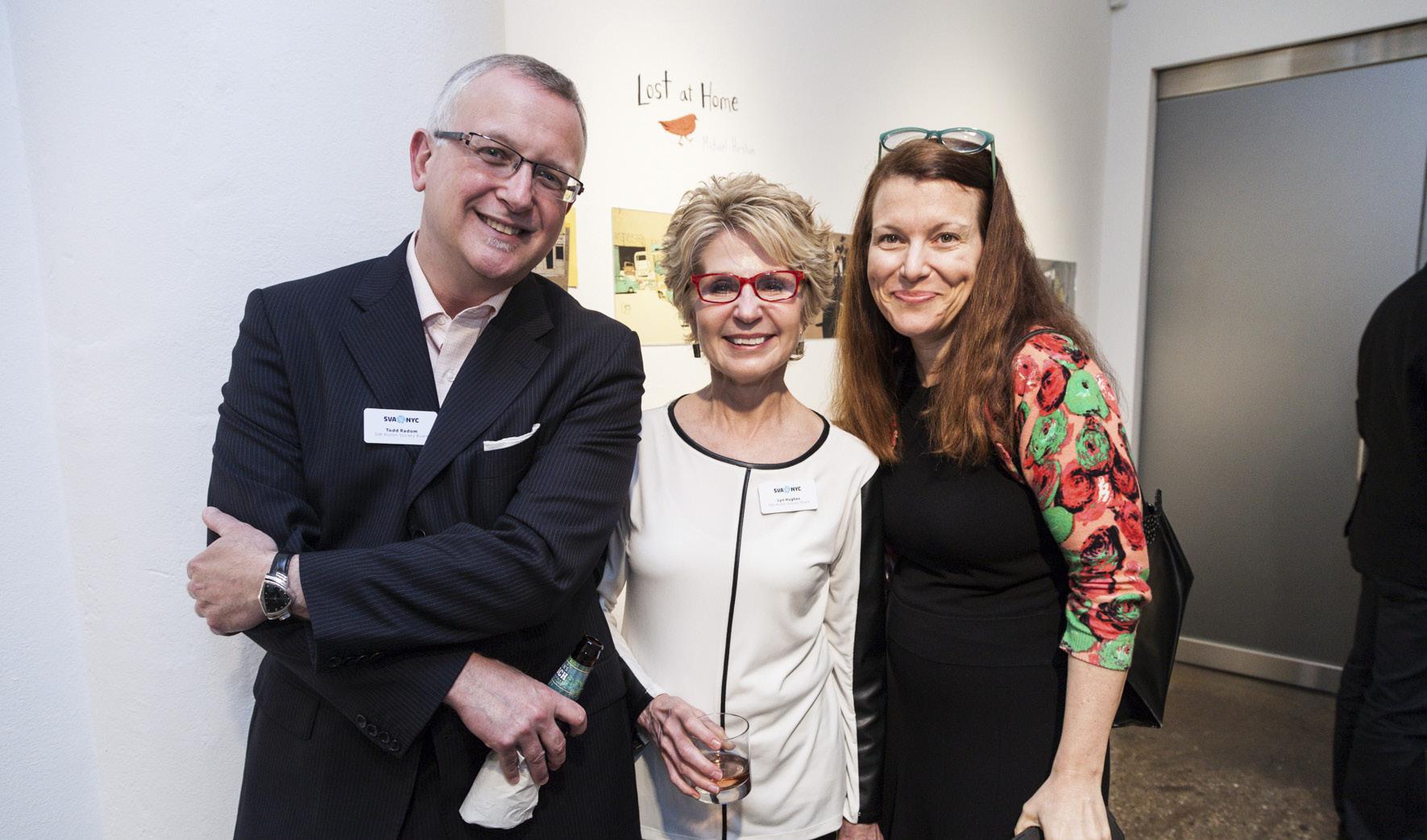
The SVA Alumni Society Who They Are, What They Do
A message from Jane Nuzzo, director of SVA Alumni Affairs and Development
Founded by a group of the College’s graduates in 1971 and incorporated as a nonprofit the following year, the SVA Alumni Society has endured and grown over 44 years, working to support some of the College’s most promising students through scholarships and awards distributed at both the undergraduate and graduate levels. One hundred percent of all donations received by the Alumni Society go directly to the education and financial needs of current SVA students. In addition, the society sponsors alumni exhibitions, lectures, benefits, networking events and other worthwhile programs. Overseeing all of these efforts is the society’s board of directors, a dedicated group of SVA alumni and administrators who give back to the SVA community by volunteering their time, talent and treasure. If you don’t already know them, I would like to introduce them to you now.
SVA Executive Vice President Anthony P. Rhodes serves as chairman and is responsible for overseeing all of the board’s activities, including the organization’s expansion over the past 15 years. Rhodes is joined by longtime board member Lyn Hughes (BFA 1981 Photography), a New York City-based photographer specializing in lifestyle, food and event photography, who serves as the society’s vice president. Todd Radom (BFA 1986 Media Arts), a graphic designer who has created logos for the Washington Nationals, Anaheim Angels and other professional sports teams, is the board’s secretary. Working with a group of fellow alumni, Radom established the 727 Fund, which is designated to support a thesis project by a BFA Advertising, Cartooning, Design or Illustration student. Radom also recently volunteered as curator of “The Sports Show” (see page 4), the society’s fall 2015 alumni exhibition. Sam Modenstein,
SVA Alumni Society board members Todd Radom, Lyn Hughes and Romaine Orthwein at the 2015 PreCommencement Reception. Photo by Jacqueline Iannacone.
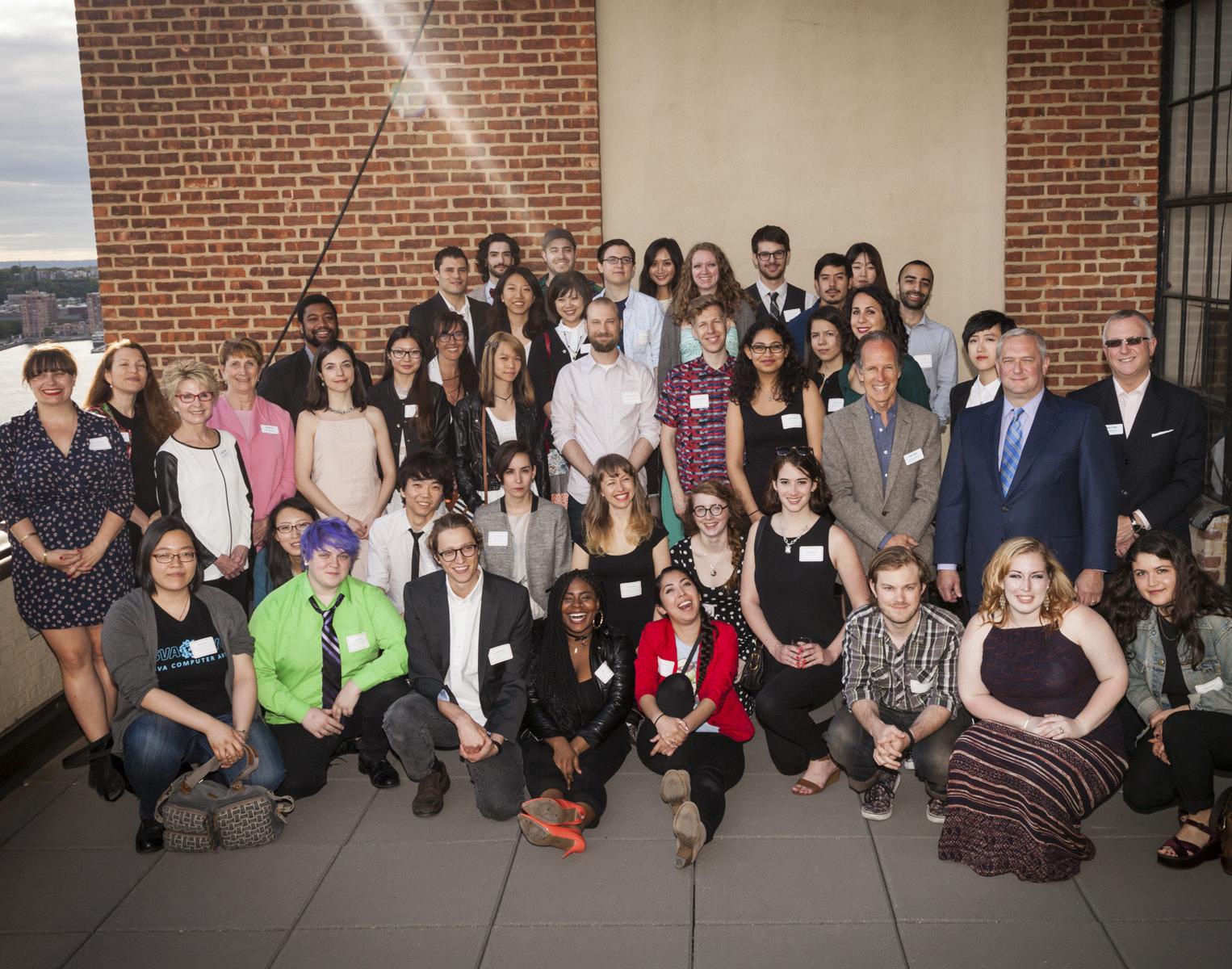
the executive director of SVA External Relations and a longtime College administrator, serves as the society’s treasurer.
The board’s most recent member is Joe Burrascano (BFA 2002 Computer Art), owner of Nathan Love, an animation, art- and concept-development studio based in New York City, and a regular guest lecturer and thesis advisor in the College’s BFA Computer Art, Computer Animation and Visual Effects Department. Another board member, fine-art photographer and film director Michael Halsband (BFA 1980 Photography), is known for his definitive portraits of many actors, artists and musicians, as well as his surfing photographs. His work has been published widely and is in the permanent collections of The Museum of Modern Art in New York and the Museum of Fine Arts in Houston, among other institutions; over the years, many SVA students have interned at his studio.
As one of the society’s most active volunteers, Romaine Orthwein (MFA 2003 Photography and Related Media) regularly serves on its award panels. Orthwein is a fine-art photographer who has had solo exhibitions in New York City and Los Angeles. Her work can be found in private and corporate collections and has been published in numerous publications in Europe and the United States, including Esquire, Glue and Next Level. Often joining Orthwein on these panels is Lisa Rettig-Falcone (BFA 1983 Media Arts), executive creative director and copywriter at global communications giant EuroRSCG NY. Rettig-Falcone has received ADDY, Athena
CLOCKWISE FROM LEFT
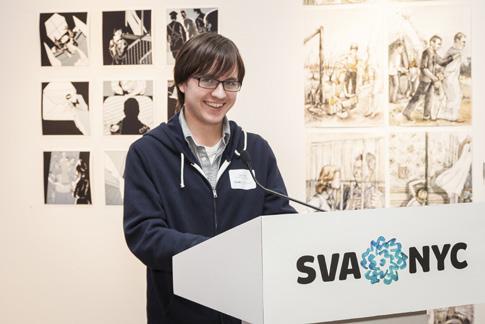
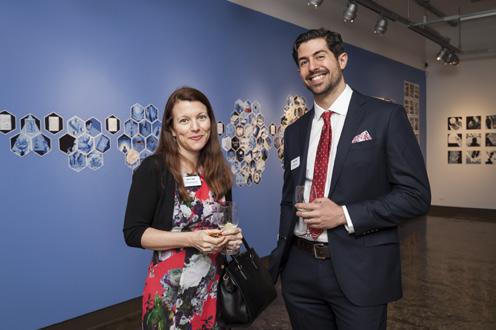
and CLIO awards, as well as citations from Communication Arts, Creativity, Graphis and the One Show. She also teaches advertising at the College. Rounding out the society’s board is SVA faculty member Tim Rollins (BFA 1977 Fine Arts), a conceptual artist and teacher known for his work with at-risk youth through his Kids of Survival (KOS) organization. Rollins has had solo shows at the Dia Art Foundation in New York City and the Museum of Contemporary Art in Los Angeles and has contributed to group exhibitions at The Museum of Modern Art, the Smithsonian Institution and the Whitney Museum of American Art.
The collective expertise and experience of the society’s board has helped develop and sustain the organization’s many endeavors, including its flagship effort, the Alumni Scholarship Awards program. In their final year at SVA, matriculated students from all majors are eligible to apply for funding in support of their thesis and portfolios projects. In 2002, the program’s first year, 10 students received awards. By 2015, that number had grown to 50, and the society now distributes more than $100,000 each year. This expansion has been made possible by the generosity of alumni, parents and friends of SVA. Additional awards include the Alumni Society Merit Award, the Alumni Society Housing Scholarship, and numerous named funds established by donors and designated for students in specific SVA departments and programs. •
The SVA Alumni Society board with the 2015 Alumni Society Award recipients at the 2015 Pre-Commencement Reception; Housing Scholarship recipient
Tyler Furey, a BFA Illustration student, speaks at the 2015 Housing Scholarship Benefit; SVA Alumni Society board members Orthwein and Joe Burrascano at the 2015 Housing Scholarship Benefit. Photos by Jacqueline Iannacone.
Donor List
Roxanna S. Allen
MFA 2009 Computer Art
Anonymous (3)
Jerry Bracci MFA 2008 Design
Rose Brook
BFA 2004 Photography
Frank Caruso
BFA 1985 Cartooning
Kevin J. Casey BFA 1976 Photography
Theresa A. Cerza Cuddy E 1983
Patrizia Conelli BFA 1996 Photography
Roseann Consolo
BFA 1979 Advertising
John DeLuca
BFA 1980 Photography
John P. Dessereau
BFA 2006 Illustration
Rachel June Donovan
BFA 2003 Graphic Design
Carol Fabricatore
MFA 1992 Illustration as Visual Essay
Joanna Garland
BFA 1977 Film and Video
Kevin L. Goggin
MFA 2005 Photography, Video and Related Media
Kim A. Grover
BFA 1983 Illustration
David Haas E 1974
Linda M. Haase
BFA 1987 Graphic Design
Karolina Harris E 1985
Michael A. Harry BFA 2001 Film and Video
Joseph Herzfeld
BFA 1991 Fine Arts
Bin Jin
BFA expected 2017 Design
Catherine A. Jones
BFA 1979 Graphic Design
Yvette Kaplan
BFA 1976 Animation
Bonnie Sue Kaplan Valentino G 1971 Advertising
Dionisios Kavvadias
BFA 1997 Computer Art
Barbara Kolo
BFA 1981 Media Arts
Abby Kreh G 1962 Illustration
David M. Littlefield
BFA 1995 Illustration
Missy Longo-Lewis BFA 1984 Illustration
Sam Martine BFA 1980 Illustration
Patrick McDonnell (alumnus) and Karen O’Connell BFA 1978 Media Arts
Gary Messina G 1969 Advertising
Sean Nixon
MFA 1992 Photography and Related Media
Romaine B. Orthwein
MFA 2003 Photography and Related Media
Ikuko Oyamada BFA 2005 Graphic Design
Martine Pasquale BFA 1984 Graphic Design
Lisa E. Rettig-Falcone
BFA 1983 Media Arts
Barbara Rietschel BFA 1976 Media Arts
Linda Saccoccio
MFA 1991 Fine Arts
Agatha G. Salvatierra BFA 2014 Fine Arts
Jesse I. Samper BFA 2012 Illustration
Paul H. Terlemezian BFA 1986 Photography
Len Uline
E 1969 Graphic Design
Wendy Underwood Naratil 1986
Kevin “Gig” Wailgum
MFA 1991 Illustration as Visual Essay
Kippax Williams E 1971
Mark Willis BFA 1998 Illustration
(E) denotes an evening program student.
(G) denotes a graduate of the certificate program.
We also thank these parents and friends of SVA who supported the SVA Alumni Society.
Adobe Systems, Inc.
Anonymous (1)
Frank Agosta
Apple Maintenance & Cleaning, LLC
Bank of America
Benefit Management Solutions
Neil Berman
Adrianne Black
Michael Campbell
Ivan Chermayeff
Marian Chiesa
Christoffers Family
Harry and Joan Clune
CMS Global Research Distribution, Inc.
Richard Cosgrove
Susan E. Crinnion
Alexandra Demyanova
The Di Lillo Family
Barbara Endewelt
Exclusive Contracting
Findly Talent/Lynn Greenbaum
Stephen and Eileen Finkelman
First American Equipment Finance
Fox Entertainment Group
Ganer + Ganer, PLLC
General Plumbing
GHP
Golden Touch Transportation
Haffey Architects & Engineers
Heart of Neiman Marcus Foundation Fund, Communities Foundation of Texas
Irene J. Holmes
Chris Hudson
Hudson Square Delivery
In-Line Air Conditioning, Inc.
J. S. McCarthy Printers
King Freeze Mechanical Corporation
Manfred Kirchheimer
Douglas Krieger
Laurence G. Jones
Architects, PLLC
Levien & Company
Lipinski Real Estate Advisors, LLC
Mr. and Mrs. Joseph LoSchiavo
Theodore Marks
Veronica and Albert Martella
William McAllister
Kathleen and Edward Miller
Lisa Mirabile
S. A. Modenstein
Dennis Mulligan
Nathan Love, LLC
Need It Now Courier
Neopost
Novartis
The Paper Store
Proskauer Rose, LLP
Ned and Ellin Purdom
Anthony P. Rhodes
S. DiGiacomo & Son, Inc.
Salomon Sassoon
Signature Financial, LLC
SCS Agency, Inc.
Seaward Corporation
Spacesmith, LLP
Thomas A. Tarantin
TD Bank, N.A.
Telcar Corporate Interiors
The Thomas Group
Christine Tripoli
Edward Van Hise
Michael J. Walsh
Bruce E. Wands
Will & Ann Eisner
Family Foundation

ALUMNI NEWS & NETWORKS
Register for your alumni account and print your alumni ID sva.edu/alumni
Join us for mixers and networking events sva.edu/alumni-events
Showcase your work on SVA Portfolios portfolios.sva.edu
Tell us about your projects, exhibitions and accomplishments alumni@sva.edu
ALUMNI ADVANTAGES & BENEFITS
PERKS
• Invitations to exclusive networking receptions and events
• Subscriptions to the alumni e-newsletter and the Visual Arts Journal
• Invitations to career development workshops and access to the online job board
• Professional website listing on sva.edu/alumni
• Weekly model drawing sessions in NYC
• Lifetime access to SVA email
• Access to the SVA Library
• Access to the SVA-curated Kickstarter and Indiegogo pages
DISCOUNTS
• $50 off SVA Continuing Education courses
• 10% discount on SVA-branded products at the SVA Campus Store
• 10% discount at DaVinci Artist Supply (with current alumni ID; restrictions apply)
INSURANCE AND FINANCIAL RESOURCES
• Opportunities to apply for affordable insurance plans
• Student loan and financial management resources
SVA Alumni Society Awards Spring 2015
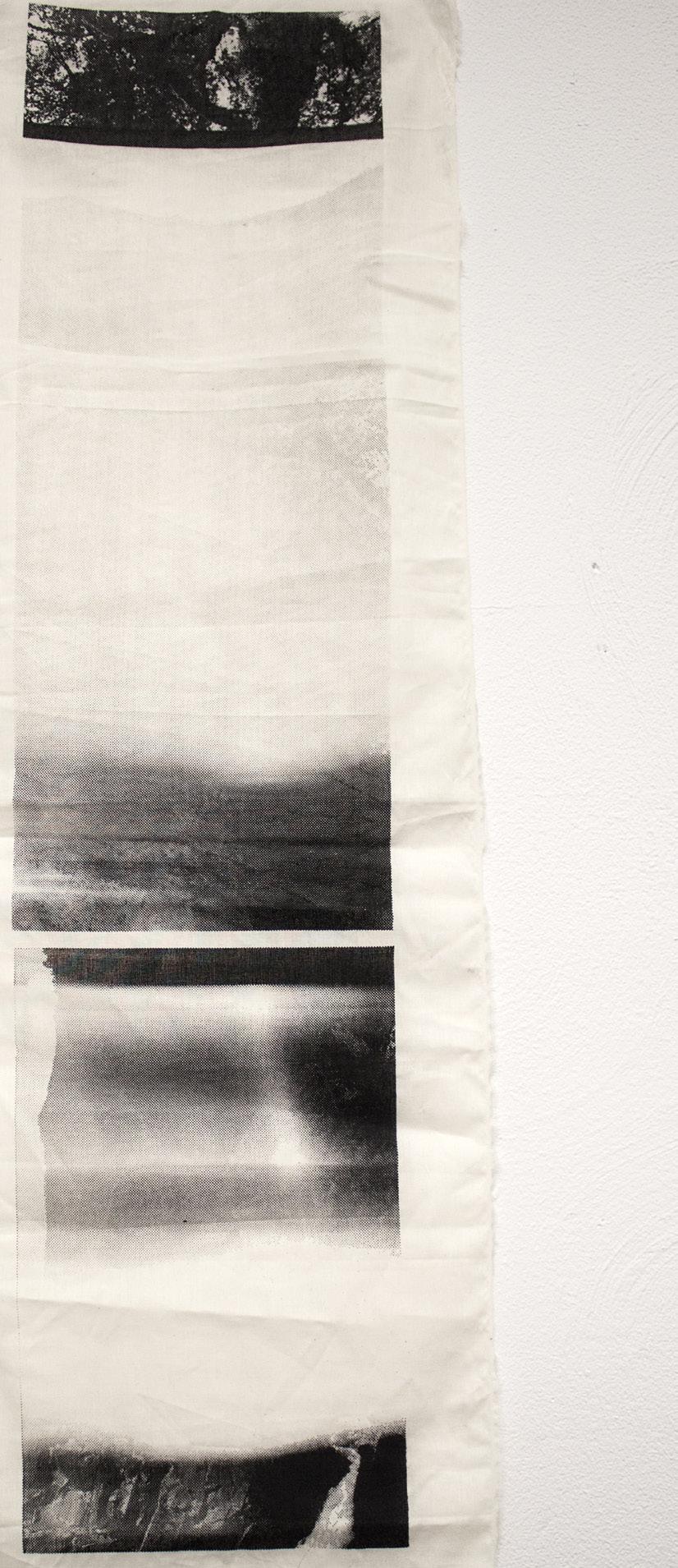
Thanks to generous contributions from alumni and friends of the College, each spring the Alumni Society distributes several awards honoring current and graduating students. The accolades include the Alumni Society Merit Award, for a BFA candidate who demonstrated community building and leadership excellence while at SVA; the Brian Weil Memorial Award, for a graduating BFA Photography student; the DaVinci Award, for BFA Cartooning and BFA Illustration students whose final projects are illustrated books or graphic novels; the Richard Wilde Award, given to third-year BFA Advertising and BFA Design students; and the Silas H. Rhodes Memorial Award, established in memory of the School of Visual Arts founder, given to third-year BFA Visual and Critical Studies students who demonstrate excellence in writing.
The spring 2015 award recipients were:
Alumni Society Merit Award
Katheryn Renfroe, BFA 2015 Design
Brian Weil Memorial Award
Elise Swain, BFA 2015 Photography
DaVinci Award
Hyunsung Lee, BFA 2015 Cartooning
Ellis Powell, BFA 2015 Cartooning
Richard Wilde Award
Claudine Eriksson, BFA Design
Silas H. Rhodes Memorial Award
Brooke Latham, BFA Visual and Critical Studies
Julia Stoddard, BFA Visual and Critical Studies
You can help support the next generation of creative professionals by donating to the SVA Alumni Society at alumni.sva.edu/give Be assured that 100 percent of your contribution will go to a future award recipient.
Julia Stoddard, Cover the Long Way (detail), 2015, ink on muslin.
CLOCKWISE FROM TOP
Elise
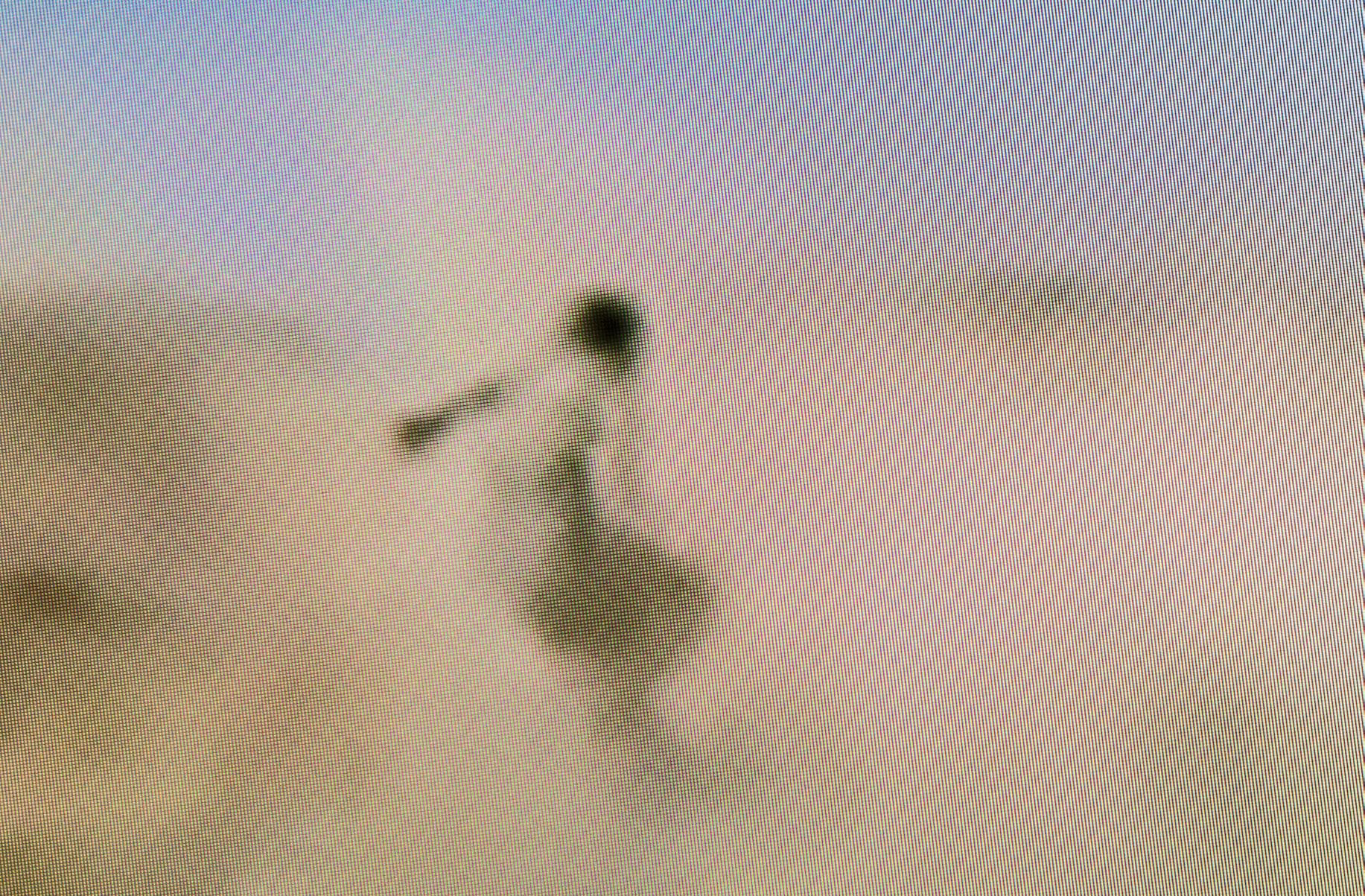
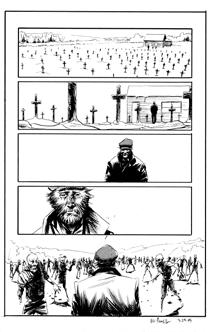
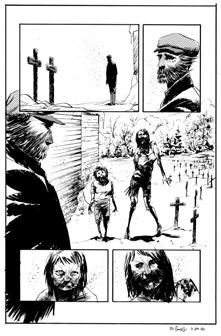
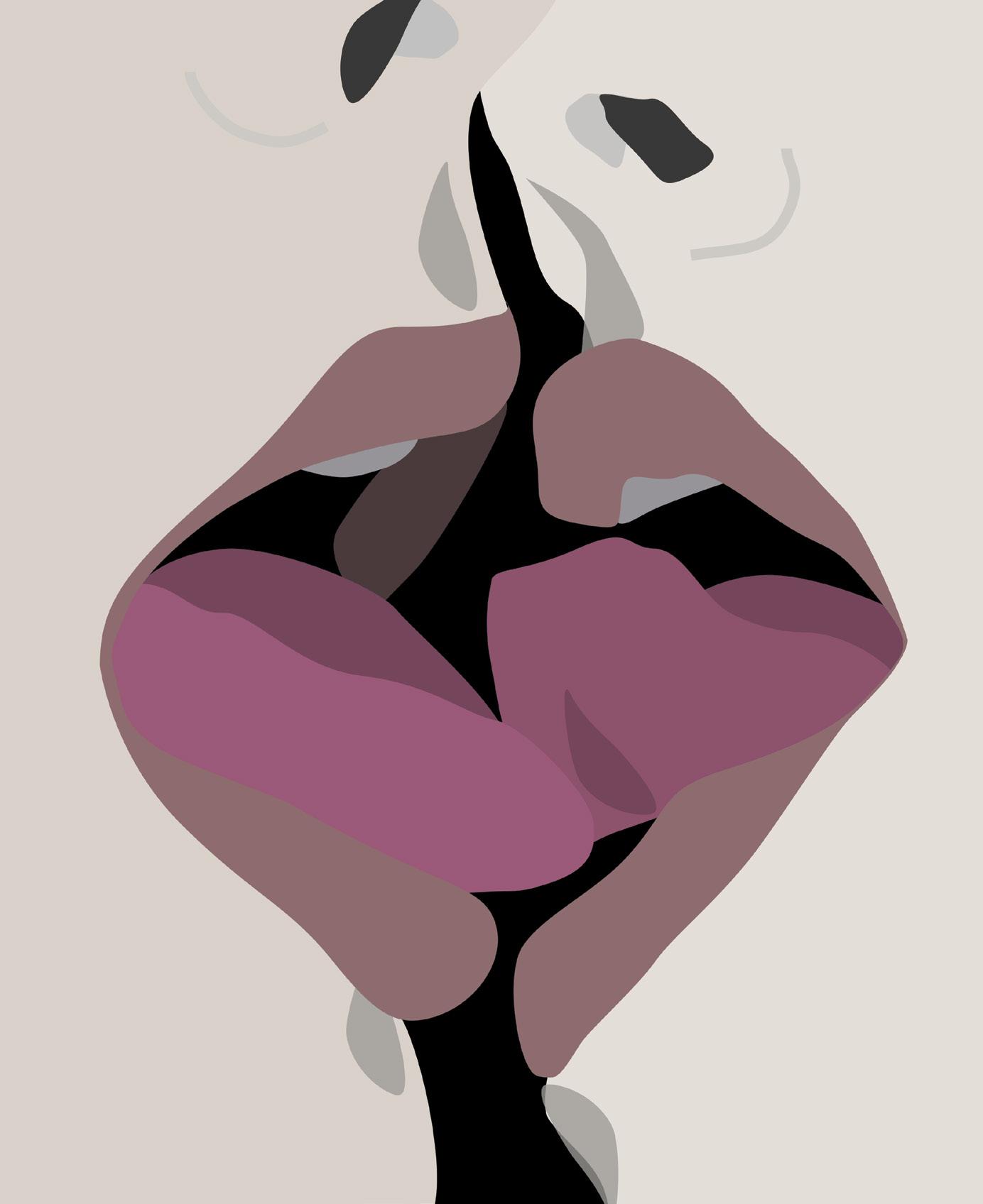
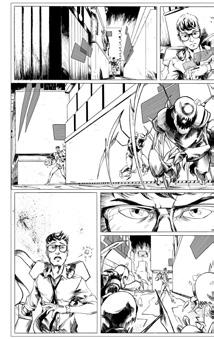
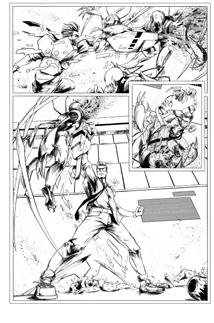
Swain, The Boiled Down Al-Qaeda Guys From the ’90s 2014, C-print; Hyunsung Lee, pages from Reboot, 2015, ink on bristol board; Claudine Eriksson, A Great Conversation with a Friend, 2014, vector illustration; Ellis Powell, pages from Deep Velvet, 2015, india ink on bristol board.
Alumni Notes
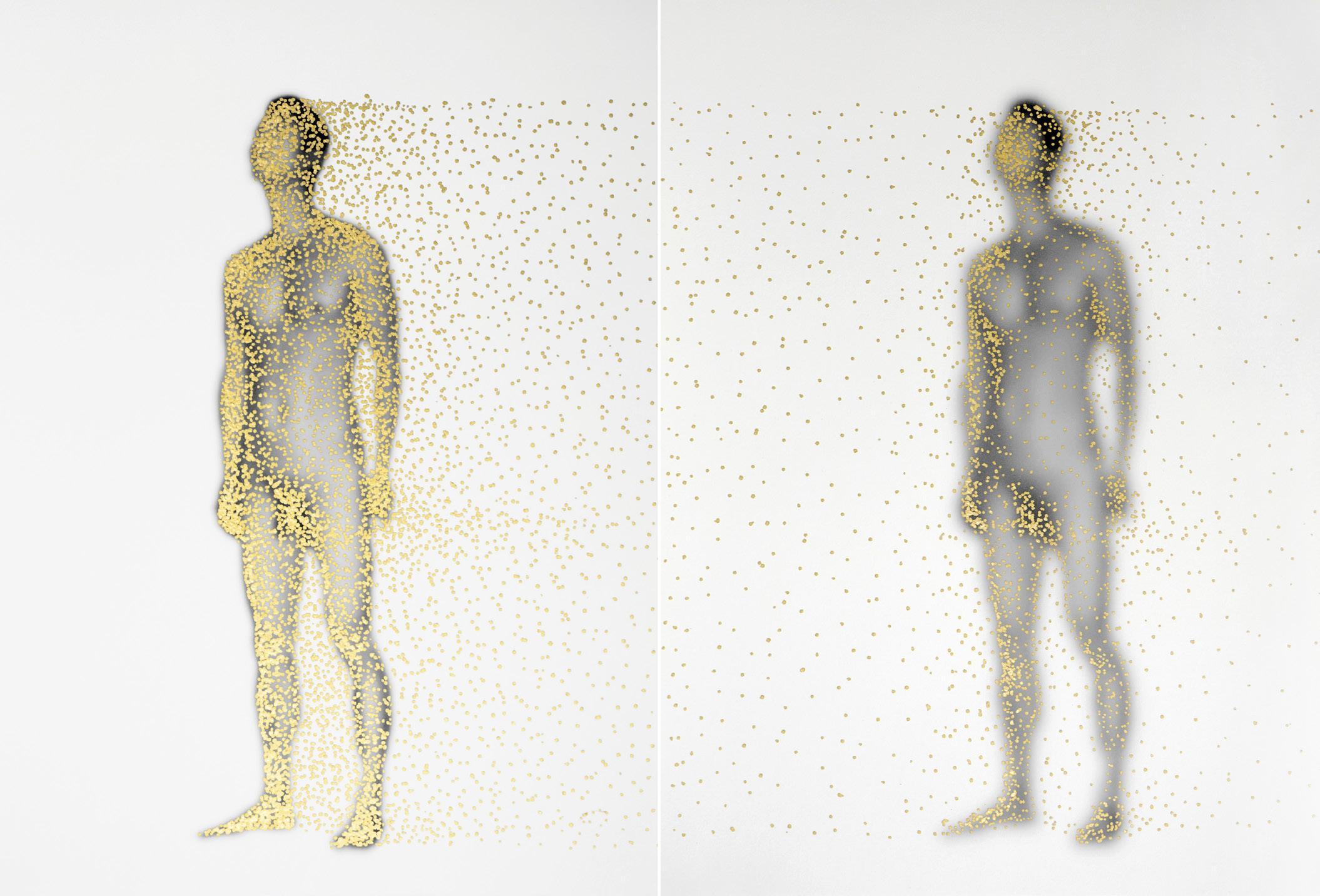
GROUP EFFORTS
MFA Illustration as Visual Essay alumni Douglas Salati (2014) and Stephen Savage (1996) were awarded 2015 Sendak Fellowships, 1/6/15.
BFA 2007 Photography alumni Tatsuro Nishimura and Rafael Vasquez gave a lecture on their project documenting Vasquez’s battle with illness as part of American Photographic Artists New York’s Image Maker series, 1/19/15.
Jeremy Dawson (MFA 1993 Photography and Related Media) was a producer of The Grand Budapest Hotel (2014), which received nine nominations and won Best Achievement in Costume Design, Best Achievement in Makeup and Hairstyling, Best Achievement in Music Written for Motion Pictures, Original Score and Best Achievement in Production Design at the 2015 Academy Awards, Los Angeles, 2/22/15. Dice Tsutsumi (BFA 1998 Illustration) co-directed The Dam Keeper (2014), which was nominated in the Best Short Film, Animated category; Morten Tyldum (1991 Film and Video) directed The Imitation Game (2014), which received eight nominations and won Best Writing, Adapted Screenplay.
BFA Photography alumni Kara Hayden (2009) and Avery McCarthy (2008) were featured in “Brave New Camera: Discover Photography’s Radical New Influence On Our World,” American Photo Magazine, 4/7/15.
Several MFA Social Documentary Film alumni were involved in the film Live From New York! (2015), which screened at the Tribeca Film Festival, NYC, 4/18-4/22/15: Bao Nguyen (2011), director; Caleb Heller (2011), cinematographer; Benjamin Nimkin (2011), sound mixer; David Osit (2011), editor; Natalie Tofano (2014, production coordinator. David Osit ’s Thank You for Playing (2015) also screened at the festival, as did The Wolfpack (2015),
directed by Crystal Moselle (BFA 2002 Film and Video) and TransFatty Lives (2015), an autobiographical documentary film by Patrick O’Brien (BFA 1996 Film and Video), which won an Audience Award.
Two BFA Film and Video alumni took home 2015 Daytime Emmy Awards, Burbank, CA, 4/25/15: Jesse Averna (2008) in the Outstanding Achievement in Multiple Camera Editing category as an editor of Sesame Street and Jacquelyn Lobel (2011) in the Outstanding Special Class, Short Format Daytime Program category as a producer of the video series True Champions: Depression
BFA Photography alumni Nir Arieli (2012) and Allison Barnes (2009) as well as Matin Zad (MPS 2013 Fashion Photography) were named winners, and Yoav Friedländer (MFA 2014 Photography, Video and Related Media) received honorable mention, in the Magenta Foundation’s 2015 Flash Forward Emerging Photographers Competition, 5/5/15.
Adrian Piper (1969 Fine Arts), Lorna Simpson (BFA 1982 Photography), Sarah Sze (MFA 1997 Fine Arts) and BFA Fine Arts alumni Mika Rottenberg (2001), Gary Simmons (1988) and Anton Vidokle ( 1988) have work included in the 2015 Venice Biennale, Venice, Italy, 5/9-11/22/15.
Michael Fodera’s (BFA 2007 Photography) Yikes (2014), Youssef Lahlou’s (BFA 2014 Film and Video) The Tablecloth (2014), Abdul Ndadi ’s (BFA 2013 Animation) Orisha’s Journey (2014) and Yang Wang’s (MPS 2013 Live Action Short Film) The Little Violinist (2014) screened at the Short Film Corner at the Cannes Film Festival, Cannes, France, 5/13-5/24/15.
Shen Wei, Dust (detail), 2014, metallic ink on archival pigment print.
1969
Bill Plympton’s (Cartooning) animated feature film Cheatin’ (2013) screened nationally in theaters, 4/3/15-5/22/15.
1972
John Martin (Photography) published In Character: Opera Portraiture (Amadeus Press, 2014).
1973
James Ewing (Photography) published Redefining Manhood: A Guide for Men and Those Who Love Them (Findhorn Press, 2015).
1974
June Rachelson-Ospa (Illustration) wrote the musical production Rapunzarella White, A Fairly Fractured Tale; it was performed at 13th Street Repertory Theater, NYC, 1/24-5/9/15.
1975
Margaret McCarthy (BFA Fine Arts) published Notebooks from Mystery School (Finishing Line Press, 2015).
1976
Alexa Grace (BFA Illustration) illustrated “8 Ways to Save on Travel in 2015,” The New York Times, 1/1/15.
1978
Patrick McDonnell (BFA Media Arts) was featured in “Mutts Ado About ‘Nothing,’” The Washington Post, 11/22/14.
1979
Amy Sillman (BFA Fine Arts) was featured in “Amy Sillman: Brushes with Greatness,” W, 12/11/14.
1980
Frank Holliday (BFA Fine Arts) received a 2015 John Simon Guggenheim Memorial Foundation Fellowship in Creative Arts, 4/9/15.
Renee Plevy (Fine Arts) organized and painted portraits for the Portrait of a Woman Luncheon, honoring women community leaders in Palm Beach County, FL, 2/26/15.
1981
Marc Yankus (BFA Illustration) was featured in “New York City Is Surrounded by Timeless Architecture, but You’ve Never Seen It Like This,” Slate.com, 5/6/15.
Steven Petruccio (BFA Illustration) illustrated Can the Sad Come Out? (Trusted Books, 2015).
1984
Jerry Craft (BFA Cartooning) coorganized the 3rd Annual Black Comic Book Festival, Schomburg Library and Research Center, NYC, 1/17/15.
1987
Joseph Cuticone (BFA Media Arts) was featured in “People to Watch in 2015,” Graphic Design USA , 2/1/15.
Cal Peternell (BFA Fine Arts) and his cookbook Twelve Recipes (William Morrow, 2014) were featured in “Like Advice From a Friend,” The New York Times, 1/5/15.
Elizabeth Peyton (BFA Fine Arts) was featured in “Elizabeth Peyton on John Singer Sargent,” Harper’s Bazaar, 2/26/15.
1988
Catya Plate’s (Fine Arts) short animated film Hanging by a Thread (2013) received a Platinum Remi Award and screened at the Worldfest Houston International Film Festival, Houston, 4/13/15.
Kathy Shorr ’s (BFA Photography) work was featured in “All of These People Survived Being Shot,” Slate. com, 3/6/15.
1990
Michael Giacchino (BFA Film and Video) wrote the scores for three feature-length films released in 2015: Inside Out, Jurassic World and Tomorrowland
Robert Lazzarini (BFA Fine Arts) was featured in “Artist Robert Lazzarini Discusses CubePro in the Arts,” 3dsystems.com, 5/26/15.
1991
Kip Omolade (BFA Illustration) was featured in “Kip Omolade’s Reflective Paintings Reference African Traditions,” Hi-Fructose, 2/5/15.

1993
Shawn Martinbrough (BFA Illustration) was featured in “Prolific Comic Book Artist Shawn Martinbrough Part 1,” Theshadowleague.com, 2/24/15
1994
Jason Rand ’s (BFA Graphic Design) company, HarrisonRand, received two platinum awards, five gold awards and one honorable mention at the Hermes Creative Awards, 5/13/15.
1996
Simen Johan’s (BFA Photography) work was featured in “Picturing an Imaginary Animal Kingdom,” National Geographic, 3/11/15.
1997
George Towne (MFA Illustration as Visual Essay) was featured in “Best Art of the Year: 2014,” The Advocate, 1/3/15.
1998
Alejandro Dron (MFA Computer Art) published Zohar: Where is your Drone? (Shin Productions, 2015).
Genevieve Gorder (BFA Graphic Design) was featured in “Genevieve Gorder on Designing a Kid’s Room,” Metro.us, 1/29/15.
Christopher Schanck (BFA Fine Arts) was featured in “Play Ground: Johnson Trading Gallery is a Hotbed for Three Rising Design Stars,” W, 3/26/15.
Daniel Traub (MFA Photography and Related Media) co-directed the documentary The Barefoot Artist (2013), which screened at the IFC Center, NYC, 12/5-12/11/14.
1999
Matthew Prinzing (BFA Film and Video) co-edited the documentary film Don’t Think I’ve Forgotten: Cambodia’s Lost Rock and Roll (2015), which screened at Film Forum, NYC, 4/22-4/28/15.
2000
Martin Ahlgren (BFA Film and Video) was featured in “10 Cinematographers to Watch,” Variety, 4/21/15.
Katherine Bernhardt (MFA Fine Arts) was featured in “15 Painters to Watch in 2015,” New American Paintings, 12/15/14.
Michele Gambetta (MFA Fine Arts) was featured in “New Group Wants to Help Artists Buy Property by Banding Together,” DNAinfo.com, 5/27/15.
Tomer Hanuka (BFA Illustration) was featured in “The Divine Creators on Dragons, Deities, and Child Soldiers,” AVclub.com, 5/28/15.
Nathan Powell (BFA Cartooning) was interviewed on MSNBC’s The Rachel Maddow Show about his work illustrating March (TopShelf Productions, 2015), the graphic novel memoir of U.S. Congressman John Lewis, 4/7/15.
2001
Lauren Fleishman (BFA Photography) was featured in “Love Ever After – Beautiful Portraits of Couples Who’ve Been Together for over 50 Years,” Creativeboom. co.uk, 2/18/15.
James Jean (BFA Illustration) self-published Xenograph (2015), a monograph documenting his work from 2010 to 2014.
Andrew Nemr ’s (BFA Computer Art) tap dance company, Cats Paying Dues, celebrated its 10th Anniversary Season with the premiere of “Three Suites,” BMCC Tribeca Performing Arts Center, NYC, 5/135/17/15.
2002
Nathan Fox (MFA Illustration as Visual Essay) illustrated “Opening Credits,” Golf Digest, 4/1/2015.
Graig Kreindler (BFA Illustration) was featured in “Perfectionist Graig Kreindler Paints Baseball’s Greats,” The Wall Street Journal, 5/22/15.
Daniella Shachter (BFA Graphic Design) was the makeup artist for “Marina and the Diamonds’ ‘Froot’
Treads Into Jagged Territory,” Nylon, 4/7/15.
Raina Telgemeier (BFA Illustration) was featured in “The New Wave of Graphic Novels,” The Wall Street Journal, 12/31/14.
2003
Natalja Kent (BFA Photography) received a 2015 Fellowship in Photography from the Rhode Island State Council on the Arts, 2/10/15.
Adam Lister (BFA Fine Arts) was featured in “This Painter Sees the World Through 8-Bit Glasses,” Cultofmac.com, 12/10/14.
Leif Parsons (BFA Graphic Design) published Only Fish Fall From the Sky (POW!, 2015).
2004
Mickey Duzyj ’s (BFA Illustration) animated short film Putt-Putt Perfection (2014) was nominated in the New Approaches – Sports Programming, Short Form category of the 36th Annual Sports Emmy Awards, 3/24/15.
Kal Parekh (BFA Animation) played Nick Patel in the film The Spectacular Jihad of Taz Rahim (2015), which was released in theaters in NYC, 5/29/15.
2005
Anna Bauer (BFA Photography) was featured in “Why Catwalk Snapper Anna Bauer Has Packed Her Paintbrushes for Dublin,” The Irish Times, 2/4/15.
Andrea Burgay (BFA Fine Arts) was selected as one of A.I.R’s gallery 2015-16 Fellows, NYC, 3/31/15.
Lauren Castillo (MFA Illustration as Visual Essay) received a 2015 Caldecott Honor for her book, Nana in the City (Clarion Books, 2014), 2/6/15.
Zackary Drucker (BFA Photography) was featured in “Meet Transparent ’s Trans Expert, Zackary Drucker,” LA Weekly, 5/6/15.
Paul Hoppe (MFA Illustration as Visual Essay) was featured in “Artist’s Spotlight: Paul Hoppe’s Art Is Diverse and Engaging,” Hypable. com, 2/11/15.
Dash Shaw (BFA Illustration) was interviewed for “How Can the Spaces Between the Pages Be as Meaningful as the Pages?” The Comics Journal, 1/21/15.
Emily Silver (BFA Fine Arts) was featured in “Emily Silver,” Maake, 5/1/15.
2006
Michael Bilsborough (MFA Illustration as Visual Essay) was
featured in “The Process: Michael Bilsborough’s Capitalist Collages,” Kickstarter.com, 4/7/15.
Brent Birnbaum (MFA Fine Arts) was featured on “Artist Brent Birnbaum’s Mountain of Painted Treadmills,” VernissageTV, 3/13/15.
Christine Sun Kim (MFA Fine Arts) was selected as a TED 2015 Senior Fellow, 12/20/14.
2007
Lisa Elmaleh ’s (BFA Photography) work was featured in “Lyrical Portraits,” Garden & Gun Magazine 1/1/15.
2008
Cat Del Buono (MFA Photography, Video and Related Media) was featured in the web series Art Loft, produced by South Florida Public Media, 12/23/14.
Jade Doskow (MFA Photography, Video and Related Media) was interviewed for “No Postcard: The Photography of Jade Doskow,” Uncubemagazine.com, 3/31/15.
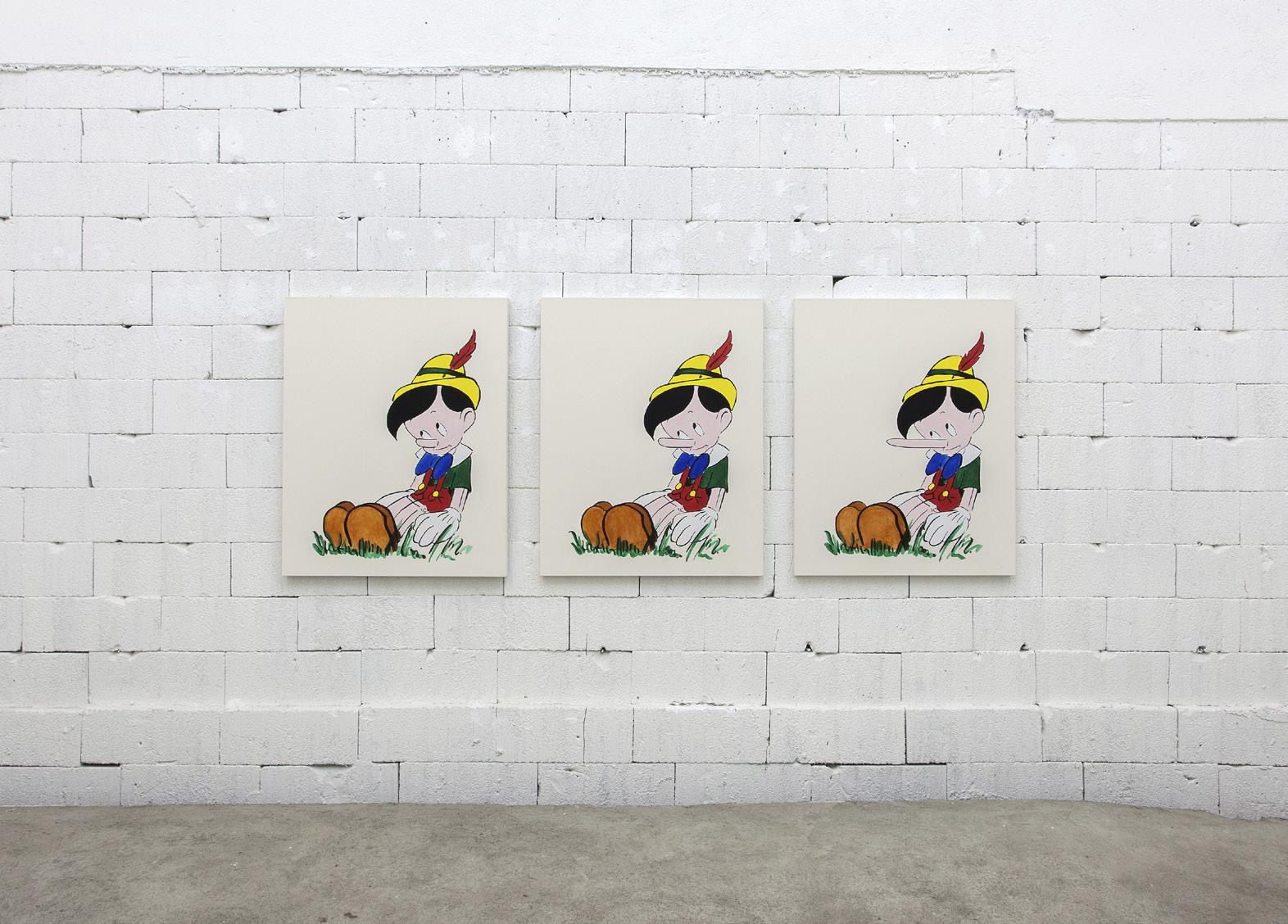
Olfer Wolberger, Pinocchio, 2015, acrylic on canvas.
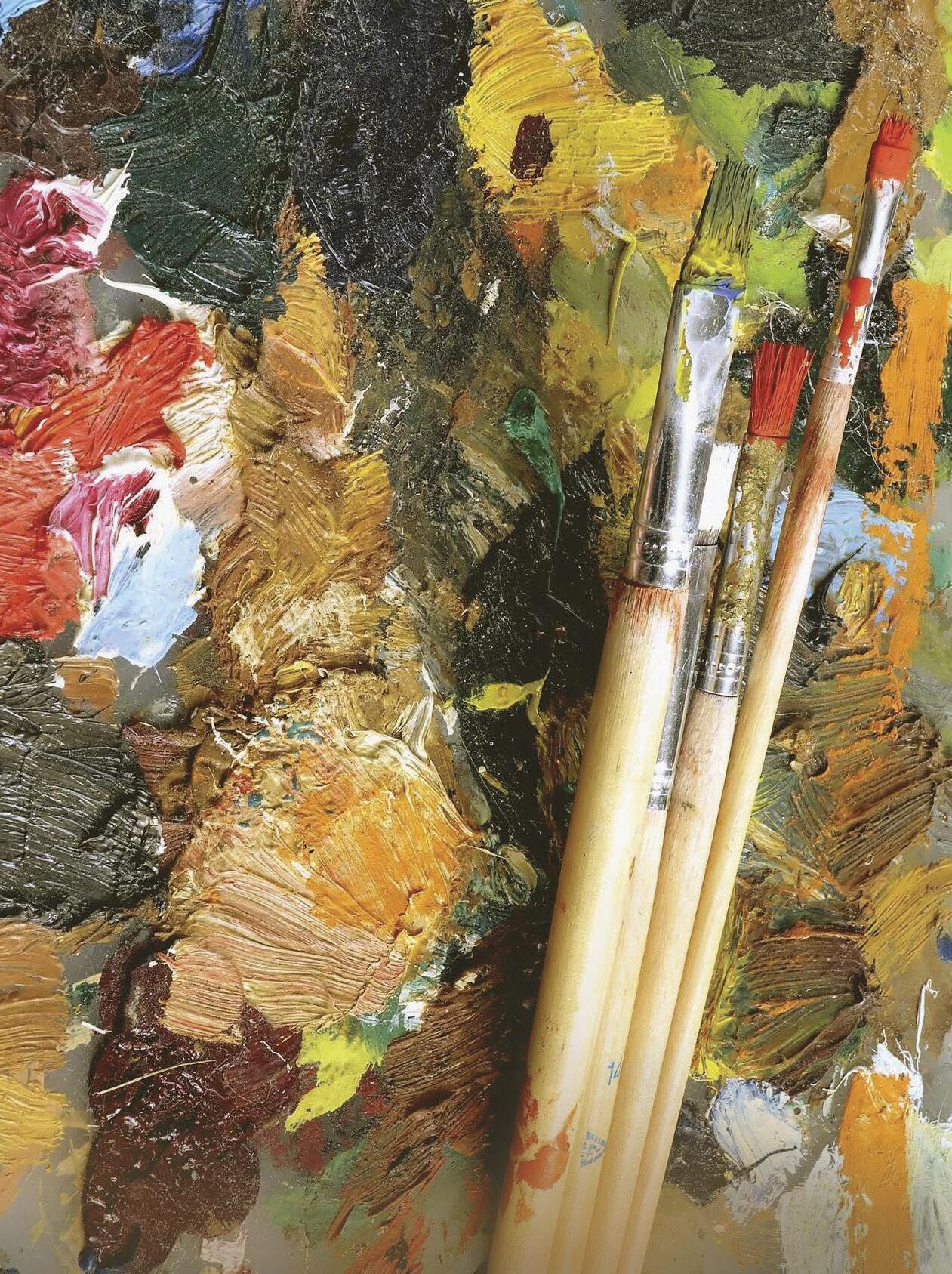
Dustin Drankoski (BFA Photography), as director of photography on the story “Eyewitness to Hell,” won a 2015 Webby Award for Best Use of Photography, Mashable.com, 5/18/15.
Jess Ruliffson (BFA Illustration) illustrated “RPG,” a comic based on interviews with veterans of the Iraq and Afghanistan wars, Thenib.com, 3/5/15.
2009
Jonathan Bartlett (MFA Illustration as Visual Essay) was awarded a gold medal and his work was included in the the Society of Illustrators annual exhibition, “Illustrators 57,” NYC, 1/7-1/31/15.
Jaime Permuth ’s (MPS Digital Photography) work was featured in “Before the Eclipse,” Guernica.com, 1/15/15.
Anna Raff (MFA Illustration as Visual Essay) illustrated Simple Machines: Wheels, Levers, and Pulleys (Holiday House, 2015).
Rebecca Sugar (BFA Animation) was featured in “Steven Universe Guidebook Spills the Secrets of the Crystal Gems,” io9.com, 5/14/15.
2010
Yulia Gorbachenko (MPS Digital Photography) was one of the selected photographers of the
Broncolor Gen NEXT Program 2015, 4/29/15.
2011
Rahil Ashruff (BFA Film and Video) was featured in “Meet the Video Directing Duo Known as GoldRush,” Thesource.com, 12/11/14.
Anne Lamb ’s (BFA Photography) work was featured in “Allyson Anne Lamb – Beefcakes,” British Journal of Photography, 4/8/15.
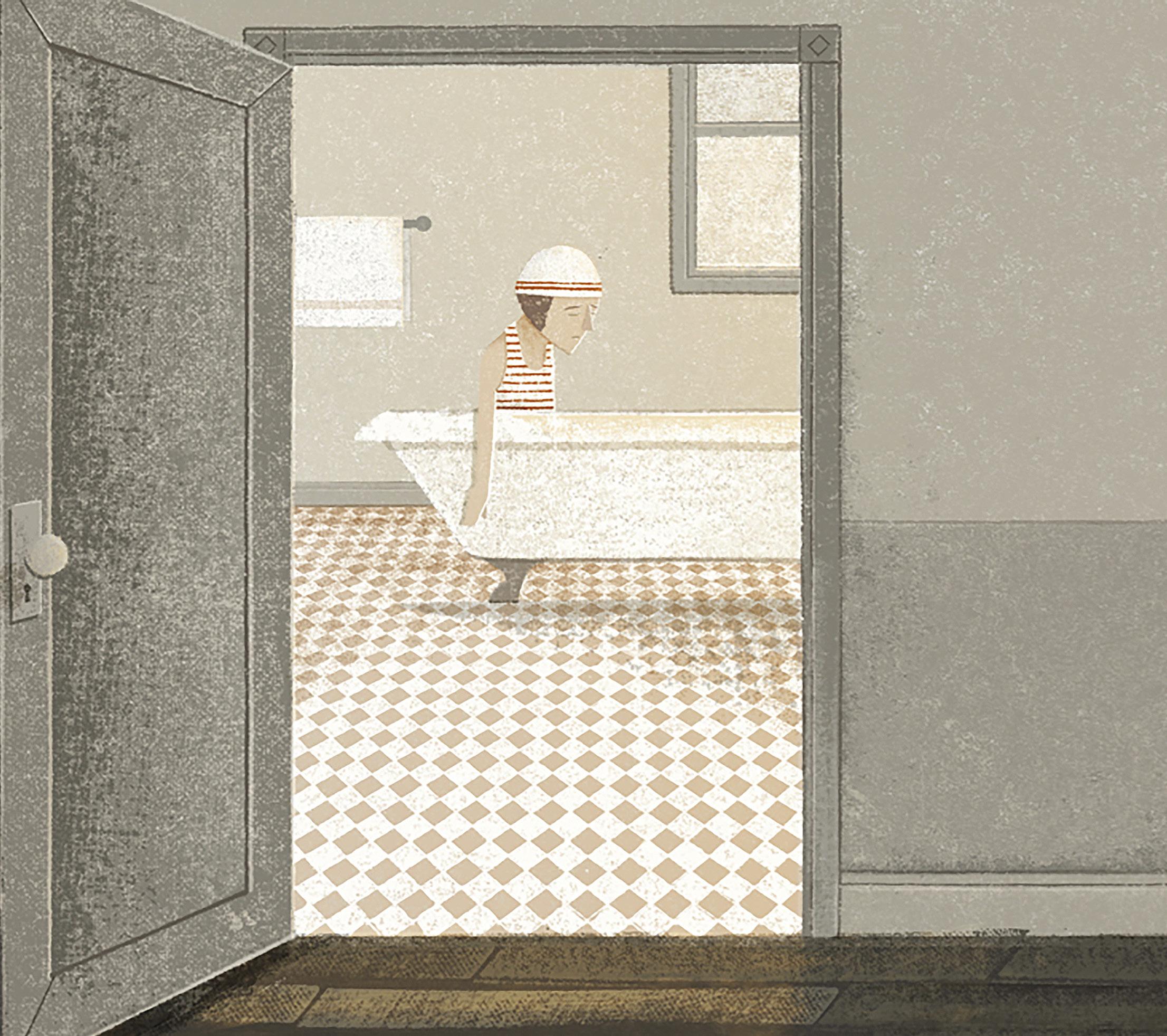
2012
Joana Avillez ’s (MFA Illustration as Visual Essay) work was featured in “Venice Biennale, Daily Doodles: Joana Avillez’s Sketchbook,” Vulture.com, 5/12/15.
Steven Cartoccio’s (BFA Fine Arts) animated series Congrete Jungle was featured in “Hannibal Buress and John DiMaggio Go Wild in a New Episode of Concrete Jungle,” AVclub.com, 3/5/15.
Joseph Hollier ’s (BFA Graphic Design) work was featured in “This Is the Anti-Smartphone That Could Simplify Your Life,” Mic.com, 5/19/15.
Shahrzad Kamel (MFA Photography, Video and Related Media) was featured in “Shahrzad Kamel’s Minimal Illusions,” WSWorkshop. org, 1/7/15.
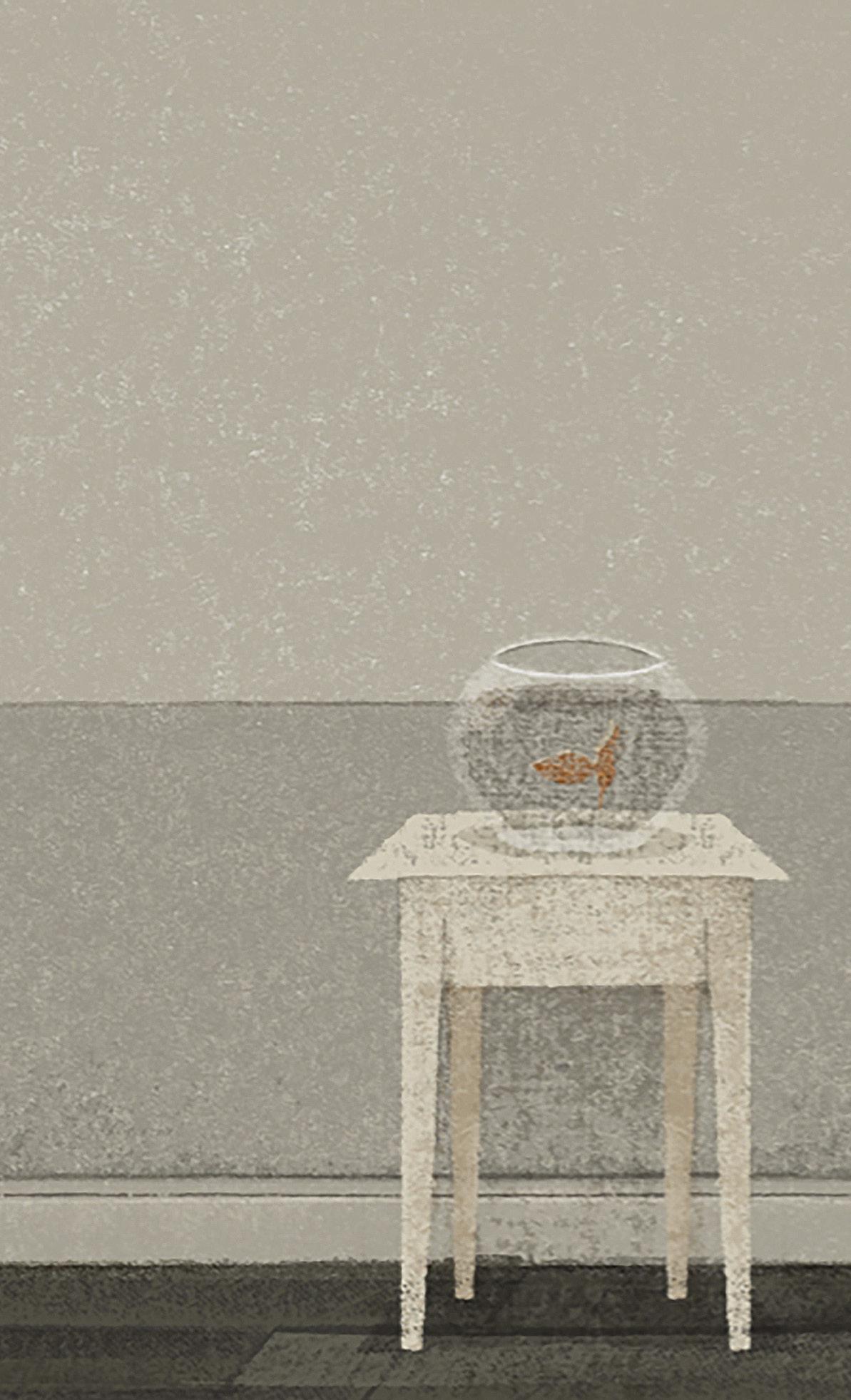
Elektra KB (BFA Visual and Critical Studies) was featured in “Bright Young Things: 10 Faces to Watch in 2015,” Independent.co.uk, 12/31/14.
Steven Loring’s (MFA Social Documentary) documentary film The Age of Love (2013) was featured on NBC’s Today Show, 2/19/15.
Cecilia Ruiz (MFA Illustration as Visual Essay) was interviewed for “Life & Business: Cecilia Ruiz,” Designsponge.com, 3/17/15.
2013
Cecilia Ruiz, Nadya, 2014, mixed media.
Anna Beeke (MFA Photography, Video and Related Media) was featured in “A Photographer’s Forest Tale,” The New York Times, 12/15/14.
Supranav Dash (BFA Photography) won the Student Documentary category of the New York Photo Festival’s juried competition and exhibition, PhotoWorld 2014, 12/2/14.
Maelle Doliveux (MFA Illustration as Visual Essay) was featured in “Carefully Considered Detail, Lighting and Papercraft by Maelle Doliveux,” Apeonthemoon.com, 5/9/15.
Lauren Hom (BFA Advertising) was featured in “Reasons to Love New York #24: Because There Is Such a Thing As a Free Lunch,” New York, 12/14/14.
Benjamin Mendelewicz (BFA Cartooning) was featured in “Wonderfully Loopy Comic Collages from Adult Swim Animator Ben Mendelewicz,” Itsnicethat.com, 1/20/15.
Jennifer Rozbruch ’s (MFA Design) work was featured in “GreyMatters App Aims To Help People Connect With Loved Ones Suffering From Dementia,” Huffingtonpost.com, 4/13/15. Brendan Steere’s (BFA Film and Video) film Animosity (2013) was featured in “Top Ten Favorite 2014 Horror Movies,” Psychodrivein.com, 1/28/15.
Nikki Sylianteng ’s (MFA Interaction Design) work was featured in “LA’s New Parking Signs Are Brilliant and
Every City Should Copy Them,” Gizmodo.com, 4/6/15.
Andrea Tsurumi ’s (MFA Illustration as Visual Essay) work was featured in “Check Out This Illustrator’s Cartoon Diary of All the Weird Things She Sees in New York City,” The Village Voice, 5/14/15.
Patricia Voulgaris ’ (BFA Photography) work was featured in “Portraits of People and Paper,” The New York Times, 4/9/15.
Tash Wong (MFA Interaction Design) was featured in “Coaster Maven,” Communication Arts, 5/19/15.
2014
Damon Ahola’s (MFA Products of Design) work was featured in “A Designer Imagines How to Harvest Energy from Everything that Moves,” Fastcoexist.com, 12/10/14.
Graciela Cassel ’s (MFA Fine Arts) short film In the Sky (2015) screened at the 2015 NewFilmmakers New York Spring Screening Series, Anthology Film Archives, NYC, 4/29/15.
Jerm Cohen (BFA Photography) was featured in “This Photographer Inserts Emoji into His Portraits and the Results Are Amazing,” Fusion. net, 4/4/15.
Hyo Hong’s (BFA Design) work was featured in “The Many Faces of Cindy Sherman, Turned into Emoji,” Hyperallergic.com, 3/9/15.
Anne Quito (MFA Design Criticism) was interviewed for “Designing State Symbols for the World’s Newest Country,” National Public Radio, 12/20/14.
Alcee Walker (MFA Social Documentary) won Best African American Student Filmmaker for his film The Pain of Love (2014) at the 20th Annual DGA Student Film Awards— East Region, 12/11/14.
In Memoriam
Greg Friedler (MFA 1996 Photography and Related Media), who died on February 2, 2015, was born and raised in New Orleans. He received his undergraduate degree from the University of Colorado before enrolling at SVA, where he earned his MFA. Friedler was a painter and photographer best known for his “Naked” series of diptych photographs, which show individuals both clothed and nude, identified only by their age and profession. The documentary film America Stripped: Naked Las Vegas (2010) focused on Friedler as he compiled the fourth and final installment of the series. His work has been exhibited widely, especially in the U.S. and Europe. Friedler was a resident of Denver at the time of his death. He is survived by his parents, Cecile and Gerald Friedler, and his brother, David.
Alumni Exhibitions
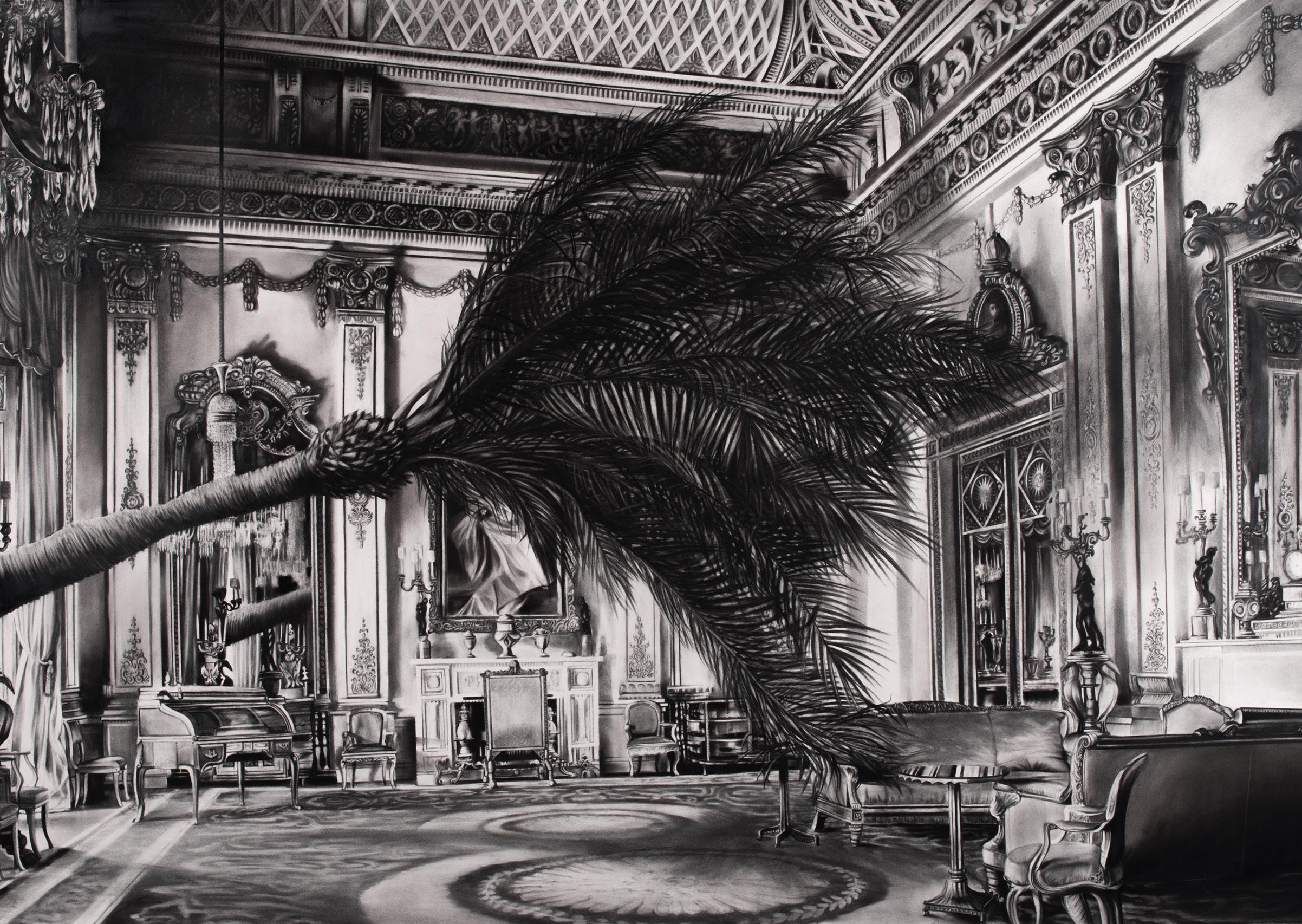
GROUP EFFORTS
“The Big Small Painting Show,” Drawing Rooms, Jersey City, NJ, 12/13/14, included work by BFA Fine Arts alumni Theresa DeSalvio (1976), Robyn Ellenbogen (1976), Glenn Garver (1984) and Ryan Murphy (2001), as well as Eileen Ferara (MFA 1999 Illustration as Visual Essay).
“Zero Boundaries,” Taipei Economic and Cultural Office, NYC, 12/1212/14/14, included work by MFA Computer Art alumni Meng Chih Chiang (2013), Hui Chi Chuang (2014), Min Liu (2013), NaiWei Liu (2014), Joy Tien (2014), Amy ChingChun Wen (2013), and Hungling Wu (2014); MFA Photography, Video and Related Media alumni Yintzu Huang (2014) and MingJer Kuo (2014); and Chemin Hsiao (MFA 2013 Illustration as Visual Essay).
“All Good Things,” Arcilesi | Homberg Fine Art, NYC, 1/17-2/1/15, included work by Jordan Hollender (BFA 1997 Photography), Laura Murray (BFA 2012 Fine Arts), Jesse Scaturro (BFA 1995 Illustration) and Bedel Tiscareno (BFA 1998 Fine Arts).
“The Coca-Cola Bottle: An American Icon at 100,” High Museum of Art, Atlanta, 2/28-10/4/15, included work by BFA 2005 Graphic Design alumni Iku Oyamada and Hitomi Watanabe of the design studio HI(NY).
“Just Painted II,” Reykjavik Art Museum, Reykjavik, 3/28-6/7/15, included work by MFA Fine Arts alumni Hulda Stefansdottir (2000) and Gudmundur Thoroddsen (2011).
“Girls of the Underground,” MF Gallery, NYC, 3/7-3/31/15, included work by Kirsten Flaherty (BFA 2011 Illustration), Cecilia Granata (BFA 2007 Illustration), Kathleen Hayes (BFA 1997 Photography), Aya Kakeda (MFA 2002 Illustration as Visual Essay), Tina Lugo (BFA 2011 Illustration) and Veronika Rabinovich (BFA 1999 Fine Arts).
“Memory, Mood & Moment,” Studio 26 Gallery, NYC, 4/29-5/10/15, included work by Danielle Epstein (MFA 1991 Fine Arts) and Joyce Korotkin (BFA 1974 Fine Arts).
“America Is Hard to See,” Whitney Museum of American Art, NYC, 5/19/27/15, included work by Andrea Fraser (1983 Fine Arts), Aleksandra Mir (BFA 1992 Media Arts), Elizabeth Peyton (BFA 1987 Fine Arts), Adrian Piper (1969 Fine Arts), Amy Sillman (BFA 1979 Fine Arts) and Lorna Simpson (BFA 1982 Photography).
“Take It Easy,” Dubrovnik Contemporary, Dubrovnik, Croatia, 5/15-6/8/15, included work by BFA 2004 Fine Arts alumni Alana Bograd Selma Hafizovic and Chris Oh; Bograd also curated the exhibition.
Gonzalo Fuenmayor, The Unexpected Guest, 2014, charcoal on paper;
1963
Martin Goldblum (Fine Arts). Group exhibition, “Federation of Modern Painters and Sculptors: Celebrating Our 75th Anniversary,” Sylvia Wald and Po Kim Gallery, NYC, 3/104/11/15.
1966
Neil Leinwohl (Advertising). Group exhibition, “Pathway to Abstraction,” Agora Gallery, NYC, 12/23/141/15/15.
1974
Louise Sloane (BFA Fine Arts). Solo exhibition, “Louise P. Sloane: Recent Paintings,” Andre Zarre Gallery, NYC, 4/9-5/9/15.
1975
Richard Krieger (Fine Arts). Solo exhibition, “The World According to Me!! Rick Krieger Paintings on Paper 1970/80s,” Farmer Family Gallery at Ohio State University, Lima, OH, 3/23-4/10/15.
1977
Peter Malone (BFA Fine Arts). Solo exhibition, “Peter Malone: Paintings,” Painting Center, NYC, 3/3-3/28/15.
Kevin Larkin (BFA Fine Arts). Solo exhibition, “The Haiku Paintings,” B. J. Spoke Gallery, NYC, 5/25/31/2015.
1978
Richard Deon (BFA Fine Arts). Solo exhibition, “Paradox & Conformity: Paintings, Prints & Planes by Richard Deon,” Rosemary Duffy Larson Gallery at Broward College, Davie, FL, 5/28-6/12/15.
1979
Elise Sinatro (BFA Fine Arts). Group exhibition, “Art of Stewardship,” Chestertown RiverArts Gallery, Chestertown, MD, 4/3-4/25/15.
1980
Michael Halsband (BFA Photography). Solo exhibition, “Halsband Portraits,” The National Arts Club, NYC, 3/30-4/25/15.
1981
Barbara Kolo (BFA Media Arts). Group exhibition, “The Fabrication of Worlds,” JanKossen, NYC, 4/9-5/2/15.
Kenny Scharf (BFA Fine Arts). Solo exhibition, “Born Again,” Honor Fraser Gallery, Los Angeles, 2/284/4/15.
1982
Susan Hambleton (BFA Fine Arts). Group exhibition, “Making and Taking: Pictures Reconsidered,” A.I.R. Gallery, NYC, 4/12/14-1/3/15.
Susan Leopold (BFA Fine Arts). Solo exhibition, “Beyond Silence,” Elizabeth Harris Gallery, NYC, 2/193/28/15.
1984
Donna Sharrett (BFA Fine Arts). Solo exhibition, “Love Songs,” Pavel Zoubok Gallery, NYC, 1/8-2/8/15.
Joanne Ungar (BFA Fine Arts). Group exhibition, “Consumed,” Front Room Gallery, NYC, 1/92/8/15.
1987
Mamie Holst (MFA Fine Arts). Group exhibition, “On Paper: Mamie Holst & Paul Pagk,” 33 Orchard, NYC, 1/15-3/8/15.
Gary Petersen (MFA Fine Arts). Solo exhibition, “not now, but maybe later,” Theodore:Art, NYC, 1/112/22/15.
1989
Margaret Lanzetta (MFA Fine Arts). Solo exhibition, “The Chanteuse and a Loaded Gun,” Kenise Barnes Fine Art, Larchmont, NY, 2/284/11/15.
Suzanne McClelland (MFA Fine Arts). Solo exhibition, “Call with Information,” Team (gallery, inc.), NYC, 2/22-3/29/15.
Christopher Spinelli (BFA Illustration). Group exhibition, “The Migration,” Arsenal Gallery, NYC, 1/15-2/24/15.
Penelope Umbrico (MFA Fine Arts). Solo exhibition, “Shallow Sun,” Aldrich Contemporary Art Museum, Ridgefield, CT, 5/3-10/25/15.
1990
Paul Evans (BFA Fine Arts). Curatorial projects, “Cruising,” Fifth Floor Gallery, Los Angeles, 2/28-4/11/15.
1991
Lisa Deloria Weinblatt (MFA Illustration as Visual Essay). Group exhibition, “In/Equity,” Waterworks Visual Arts Center, Salisbury, NC, 2/7-5/16/15.
1992
Jeffrey Evans (MFA Fine Arts). Solo exhibition, “Living on the Edges,” Second Story Art Gallery, Atlantic Highlands, NJ, 12/6/14-1/3/15.
Christine Soccio (BFA Graphic Design). Installation, “3 Space,” Chashama, NYC, 4/7-4/26/15.
Lisa Ruyter (BFA Fine Arts). Solo exhibition, “Let Us Now Praise Famous Men,” Eleven Rivington, NYC, 5/20-7/3/2015.
1993
Miles Ladin (MFA Photography and Related Media). Group exhibition,
“Magical Art: Tricking the Eye,” Hudson Guild Gallery, NYC, 12/10/14-2/5/15.
1994
Long-Bin Chen (MFA Fine Arts). Solo exhibition, “The Reader’s Way,” Museum of Contemporary Art, Taipei, 2/7-3/29/15.
1995
Bettina Hubby (MFA Fine Arts). Solo exhibition, “Chinatown League of Ultimate Benevolence,” Fifth Floor Gallery, Los Angeles, 5/30-7/11/15.
Vera Lutter (MFA Photography and Related Media). Solo exhibition, “Vera Lutter,” Gagosian Gallery, NYC, 1/29-3/7/15.
1996
Susan Breen (MFA Fine Arts). Group exhibition, “Both Ways: Susan Breen & Margaret Morrison,” Woodward Gallery, NYC, 3/14-5/9/15.
Irina Danilova (MFA Fine Arts). Group exhibition, “BRURAL: Skin of Liberty, Fractured & re-Structured,” Brooklyn Fire Proof Temporary Storage Gallery, NYC, 2/28-3/8/15.
1997
Cordy Ryman (BFA Fine Arts). Solo exhibition, “Cordy Ryman,” Zürcher Gallery, NYC, 3/12-5/7/15.
Sarah Sze (MFA Fine Arts). Solo exhibition, “Sarah Sze,” Victoria Miro Gallery, London, 1/30-3/14/15.
1998
Chris Bors (MFA Illustration as Visual Essay). Curatorial Projects, “Free Market Economy: SPRING/BREAK Art Show,” Skylight at Moynihan Station, NYC, 3/3-3/8/15.
Janice Caswell (BFA Fine Arts). Group exhibition, “Peregrinations, Constellations,” Schema Projects, NYC, 2/27-3/29/15.
2000
Kevin Cooley (MFA Photography and Related Media). Solo exhibition, “Kevin Cooley: A Thousand Miles an Hour,” Ryan Lee Gallery, NYC, 1/15-2/21/15.
Gonzalo Fuenmayor (BFA Fine Arts). Solo exhibition, “Tropical Mythologies,” Museum of Fine Arts, Boston, 4/18-9/13/15.
Todd Kelly (MFA Fine Arts). Group exhibition, “Happy Little,” LVL3, Chicago, 4/11-5/10/15.
Eric Rhein (MFA Fine Arts). Solo exhibition, “Eric Rhein: The Course of My Life,” Johnson & Johnson World Headquarters, New Brunswick, NJ, 12/1/14-1/31/15.
2001
Jose Casado (MFA Computer Art). Group exhibition, “Shangri-la in
LIC,” The Factory, NYC, 5/146/14/15.
Noah Landfield (BFA Fine Arts). Solo exhibition, “Recent Paintings,” Chashama, NYC, 1/28-4/7/15.
Elif Uras (BFA Fine Arts). Solo exhibition, “Nicae,” Aldrich Contemporary Art Museum, Ridgefield, CT, 5/3-10/25/15.
Ofer Wolberger (MFA Photography and Related Media). Solo exhibition, “Nein,” Stene Projects, Stockholm, 2/12-3/14/15.
2002
Michael Alan (BFA Fine Arts). Solo exhibition, “Immortal Equations: The Living Installation,” Klemens Gasser & Tanja Grunert Gallery, NYC, 2/24-2/25/15.
Marlena Buczek Smith (BFA Graphic Design). Group exhibition, “Nelson Mandela, the Liberty Pigeon,” International Poster Exhibition, Tehran, 12/5-12/11/14.
Joe Fig (MFA Fine Arts). Group exhibition, “Far, Far Away,” Children’s Museum of the Arts, NYC, 5/14-9/6/15.
Mariam Ghani (MFA Photography and Related Media). Solo exhibition, “Currents 110: Mariam Ghani,” St. Louis Art Museum, St. Louis, 4/9-7/7/15.
Young Sam Kim (BFA Photography). Solo exhibition, “Dark Cities,” Emmanuel Fremin Gallery, NYC, 2/12-3/8/15.
Reka Nyari (BFA Fine Arts). Solo exhibition, “Nude York,” Coldstream Fine Art, Toronto, 4/9-5/2/15.
2003
Lauren Matsumoto (MFA Design). Group exhibition, “BKLYN Designs Remixed,” Brooklyn Expo Center, NYC, 5/8-5/10/15.
2004
Anne Peabody (MFA Fine Arts). Group exhibition, “Engaging Artists Residency Show: Artwork Inspired by Working with the Homeless,” Hot Wood Arts Center, NYC, 3/284/19/15.
2005
Ali Banisadr (BFA Illustration). Solo exhibition, “At Once,” Blain|Southern, London, 2/113/21/15.
Grayson Bowen (BFA Fine Arts). Solo exhibition, “Mind the Gap: Works by Grayson Bowen,” The ArtsCenter, Carrboro, NC, 1/51/31/15.
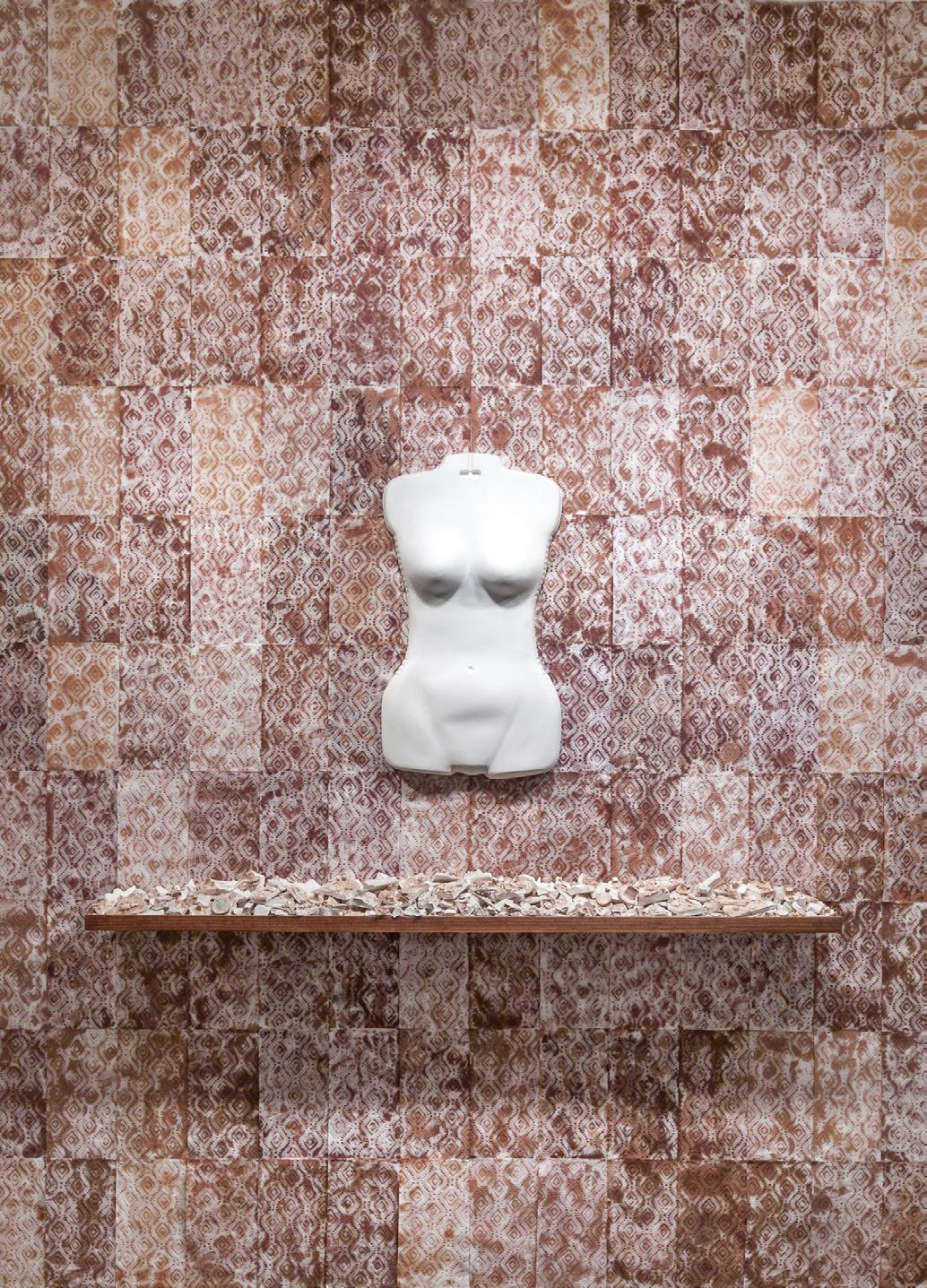
Max Greis (BFA Fine Arts). Solo exhibition, “Samsara,” Pavel Zoubok Gallery, NYC, 4/23-5/23/15.
Rachel Papo (MFA Photography, Video and Related Media). Solo exhibition, “Homeschooled,” Center for Photography at Woodstock, Woodstock, NY, 4/18-6/14/15.
Luke Stettner (MFA Photography, Video and Related Media). Installation, “Outlooks: Luke Stettner,” Storm King Art Center, New Windsor, NY, 5/16-11/29/15.
2006
Joseph Grazi (BFA Animation). Solo exhibition, “God Complex,” Joseph Gross Gallery, NYC, 4/9-5/2/15.
Shen Wei (MFA Photography, Video and Related Media). Solo exhibition, “Invisible Atlas,” Flowers Gallery, NYC, 1/22-2/28/15.
2007
Amy Elkins (BFA Photography). Solo exhibition, “Black is the Day, Black is the Night,” Aperture Gallery, NYC, 12/13/14-1/29/15.
En Foco’s 2014-2015 New Works Photography Fellowship Awardees,” Bronx Documentary Center, NYC, 4/9-5/9/15.
Trish Tillman (MFA Fine Arts). Solo exhibition, “Insoluble Bonds,” Asya Geisberg Gallery, NYC, 5/28-7/3/15.
2010
Matthew Craven (MFA Fine Arts). Solo exhibition, “Works by Matthew Craven,” Asya Geisberg Gallery, NYC, 4/23-5/23/15.
Natan Dvir (MFA Photography, Video and Related Media). Solo exhibition, “Natan Dvir,” Anastasia Photo Gallery, NYC, 3/4-4/30/15.
Dina Litovsky (MFA Photography, Video and Related Media). Solo exhibition, “Fashion Lust,” Anastasia Photo Gallery, NYC, 1/8-2/26/15.
Mark Ramos (MFA Computer Art). Group exhibition, “Lexicon,” Current Sea Gallery, Los Angeles, 2/23-3/15/15.
Matthew Stone (MFA Fine Arts). Group exhibition, “Future Origins,” Gallery Rene Mele, NYC, 2/183/6/15.
Stacy Swiderski (MPS Digital Photography). Solo exhibition, “Stacy Swiderski: Suburban Stories,” Valley Arts Firehouse Gallery, Orange, NJ, 3/19-4/26/15.
2011
Cindy Hinant (MFA Fine Arts). Solo exhibition, “Kendra Exposed,” Interstitial, Seattle, 2/14-3/8/15.
Against Nature,” ClampArt, NYC, 1/8-2/14/15
Jonny Ruzzo (BFA Illustration). Group exhibition, “Spell Check,” Parlor Gallery, Asbury Park, NJ, 3/21-4/30/15.
2013
Denise Treizman (MFA Fine Arts). Group exhibition, “Take II: Our 2nd Anniversary Show,” Ground Floor Gallery, NYC, 4/10-5/10/15.
Chemin Hsiao (MFA Illustration as Visual Essay). Group exhibition, “Touch of Remembrance,” ArtSpot, NYC, 4/30-5/3/15.
Hu Renyi (MFA Art Practice). Group exhibition, “Big Biennial – All the World’s Futures,” Big Space, Shanghai, 4/29-5/30/2015.
Sara Mejia Kriendler (MFA Fine Arts). Solo exhibition, “The Anthropocene,” A.I.R. Gallery, NYC, 5/5-5/31/15.
Yae Ly (MFA Fine Arts). Solo exhibition, “Dreams of Utopia,” Gallery Dos, Seoul, 12/17-12/23/14.
Clay Patrick McBride (MPS Digital Photography). Installation, “3rd Rail: A Site-Specific Installation by Clay Patrick McBride,” Foley Gallery, NYC, 1/21-2/22/15.
2014
Victor Liu (MFA Art Practice). Solo exhibition, “Seastead at Night,” Reverse Gallery, NYC, 2/27-3/22/15.
2008
Yoko Furusho (BFA Illustration). Solo exhibition, “The Story I Tell,” Chelsea Eye Art Gallery, NYC, 4/246/1/15.
Nikki Katsikas (BFA Fine Arts). Solo exhibition, “Nikki Katsikas: Mary & Betty’s Day at the Museum,” Louis B. James Gallery, NYC, 2/273/29/15.
Amanda Pohan (BFA Fine Arts). Installation, “The Signals Are Caressing Us,” A.I.R. Gallery, NYC, 1/8-2/1/15.
Jenny Morgan (MFA Fine Arts). Solo exhibition, “Jenny Morgan: All We Have is Now,” Driscoll Babcock, NYC, 5/14-7/2/15.
2009
Rebecca Goyette (MFA Fine Arts). Solo exhibition, “Sausage Party Bride,” Arts & Leisure, NYC, 2/123/15/15.
Hye Ryoung Min (MPS Digital Photography). Group exhibition, “New Works #18: An Exhibition of
Julie Schenkelberg (MFA Fine Arts). Group exhibition, “Factory Installed,” Mattress Factory, Pittsburgh, PA, 5/15-3/27/16.
2012
Andrew Brischler (MFA Fine Arts). Solo exhibition, “Storms,” Gavlak, Los Angeles, 5/29-7/11/15.
Ina Jang (MPS Fashion Photography). Solo exhibition, “All Roses Are Red, All Birds Are Blue,” Foley Gallery, NYC, 2/25-4/12/15.
Eric Mistretta (MFA Fine Arts). Solo exhibition, “Scenes From An Italian Restaurant,” Scaramouche Gallery, NYC, 1/16-3/8/15.
Pacifico Silano (MFA Photography, Video and Related Media). Solo exhibition, “Pacifico Silano:
Nadia Haji Omar (MFA Fine Arts). Solo exhibition, “Easy Life of the Gods,” Achter de Boom, NYC, 4/174/23/15.
Mark Roussel (MPS Digital Photography). Curatorial projects, “Homeland,” Studio 26 Gallery, NYC, 1/28-2/3/15.
Maximiliano Siñani (BFA Fine Arts). Solo exhibition, “Beetles,” El Museo del Barrio, NYC, 12/3-12/17/14.
Cassidy Toner (BFA Fine Arts). Group exhibition, “Counterfeiting for Cash,” Flux Factory, NYC, 2/273/22/15.
Hsin Wang (MPS Digital Photography). Group exhibition, “Young Photographers Alliance 2014 Mentoring Exhibition,” Art Directors Club, NYC, 2/24/15.
Sara Mejia Kriendler, Bounty, 2015, Hydrocal, Bounty paper towel, wood stain, wood.
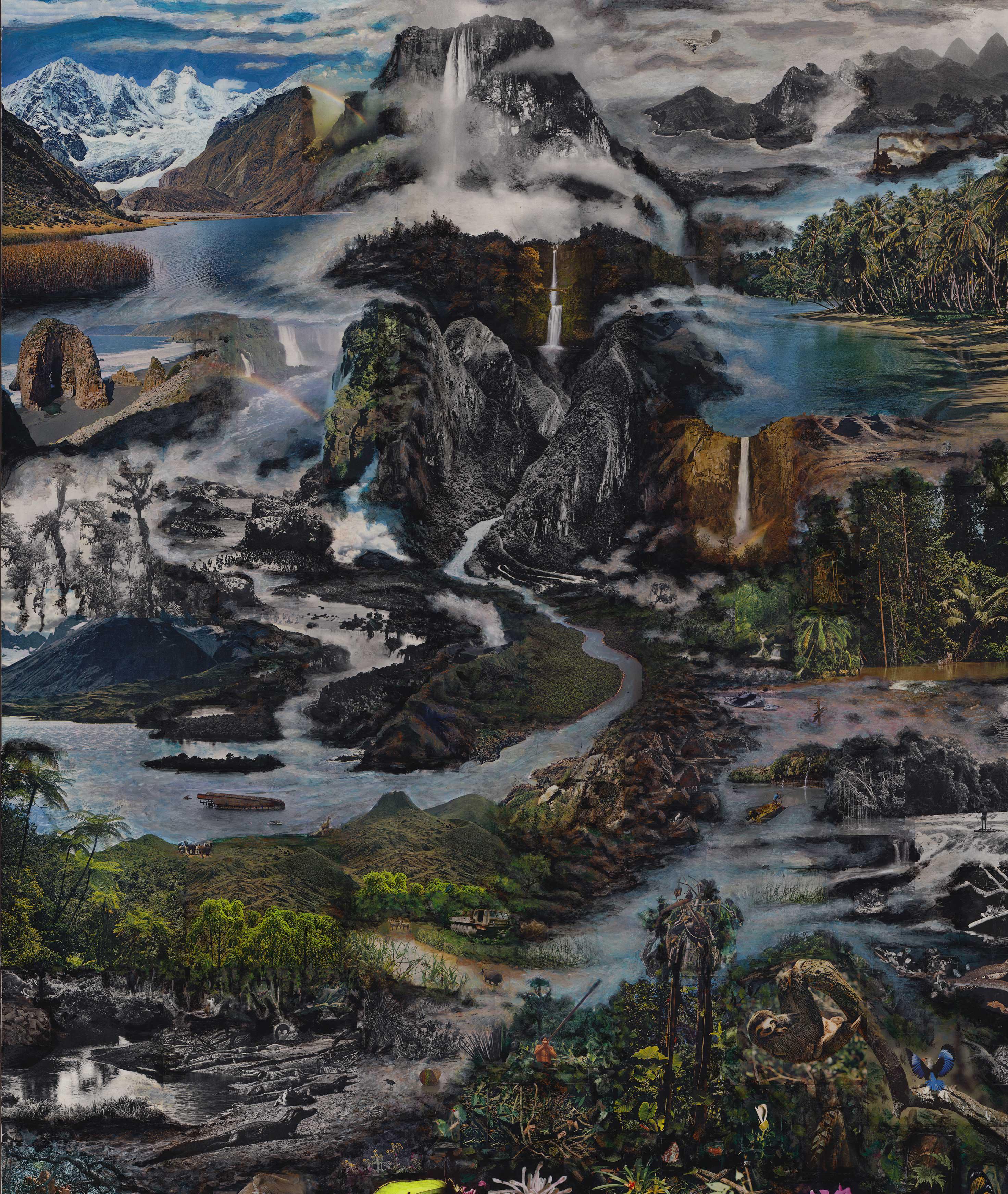
Max Greis, Terra Incognita, 2015, collage and acrylic on canvas.
From the SVA Archives
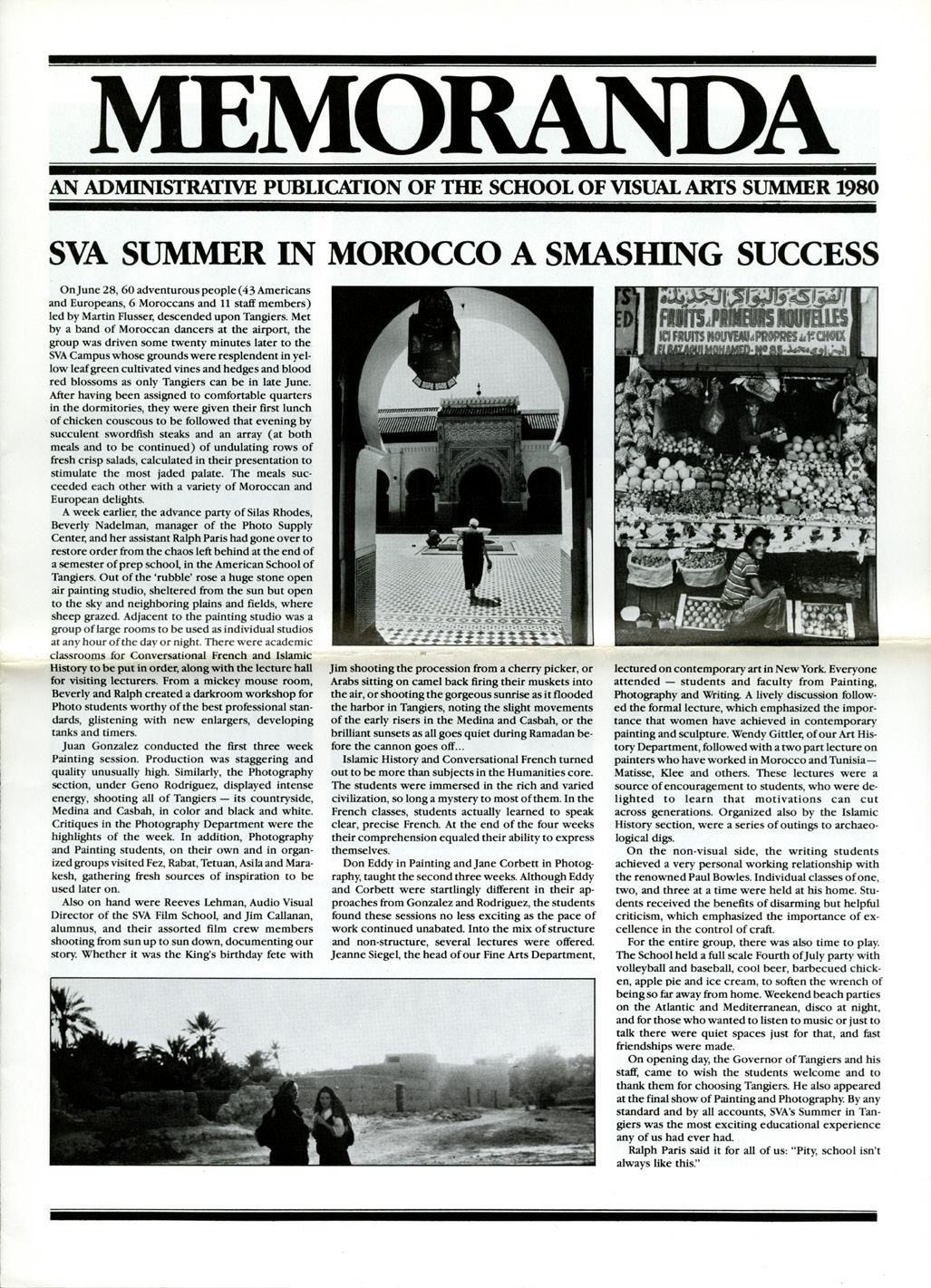
In the summer of 1980, a group of SVA students, faculty and staff flew to Morocco for the College’s first international program: a six-week stay at the American School in Tangier, where participants worked on their art and photography, studied Islamic history and French, and took writing workshops with influential expatriate author Paul Bowles (The Sheltering Sky). Over the course of the trip, the SVA group experienced both the country’s widespread observance of Ramadan—a month in the Islamic calendar marked with daily dawn-to-dusk fasting—and an imported Fourth of July, celebrated, as an article in SVA’s administrative newsletter, Memoranda, reported, with “volleyball and baseball, cool beer, barbecued chicken, apple pie and ice cream.”
“My memories are unforgettable,” says Keith Goldstein (BFA 1981 Photography), a photographer and editor who was among the students who took part in the program. “Tangier was the perfect place to photograph—nothing but intense light and shadow.” Two of the many photos he took during his time in Morocco—Tea, Fes and Fish Monger, Tangier—are reproduced above. “We traveled by bus to Meknes, Volubilis”— a UNESCO World Heritage archaeological site—“and Fes,” he

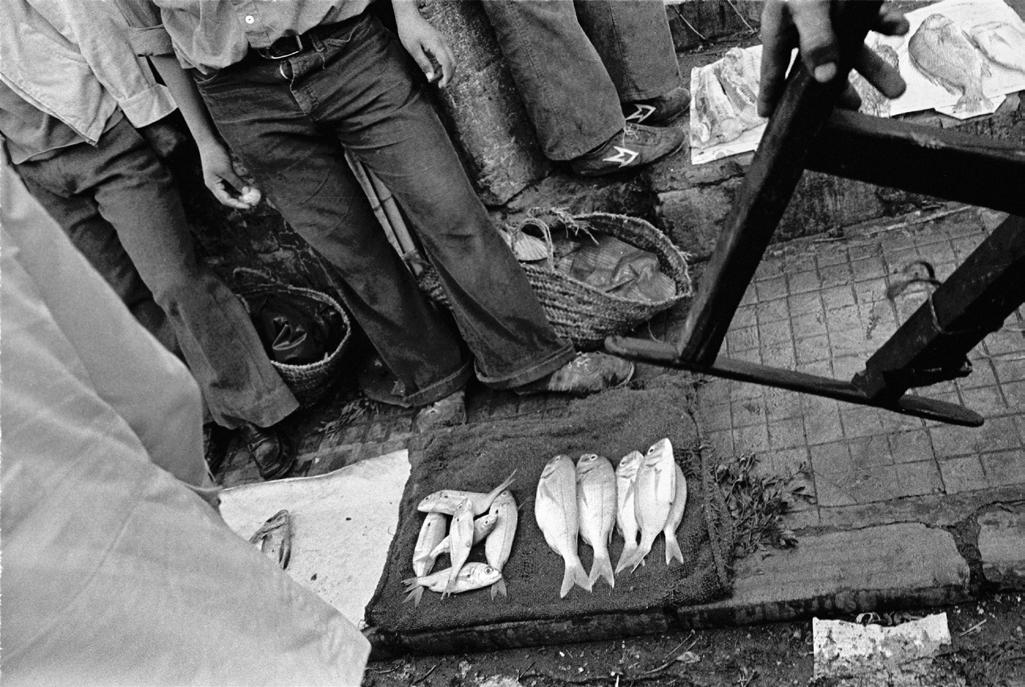
says. “A few of us, every now and then, would hire a car to take us to Asilah, a small, tranquil town on the Atlantic. The beach was always deserted and seemed endless. . . . The trip was my first time outside of the U.S., and I just wanted to keep going.”
Thanks to the initial trip’s success, the College ran the Morocco program again for the next three years, attracting such distinguished faculty as painter Brice Marden and photographer (and future SVA Masters Series laureate) Mary Ellen Mark. And in 1981, SVA introduced its second overseas offering: a series of filmmaking workshops in Ireland, taught by cinematographer Andrew Laszlo (The Warriors), directors Walter Hill (48 Hrs.) and Robert Wise (West Side Story), and screenwriter Ernest Lehman (North by Northwest). Today, through SVA Arts Abroad, the College offers a number of international programs for students as well as the general public, to such countries as Bali, China, Cuba, France, Italy and Spain. For more information, visit artsabroad.sva.edu. [Greg Herbowy]
The SVA Archives serves as the repository for the historical records of the College. Collections include announcements, posters, departmental and student publications and other printed ephemera and artifacts dating back to SVA’s founding in 1947. To learn more, visit svaarchives.org.
Keith Goldstein, Tea, Fes and Fish Monger, Tangier, 1980, gelatin silver prints.
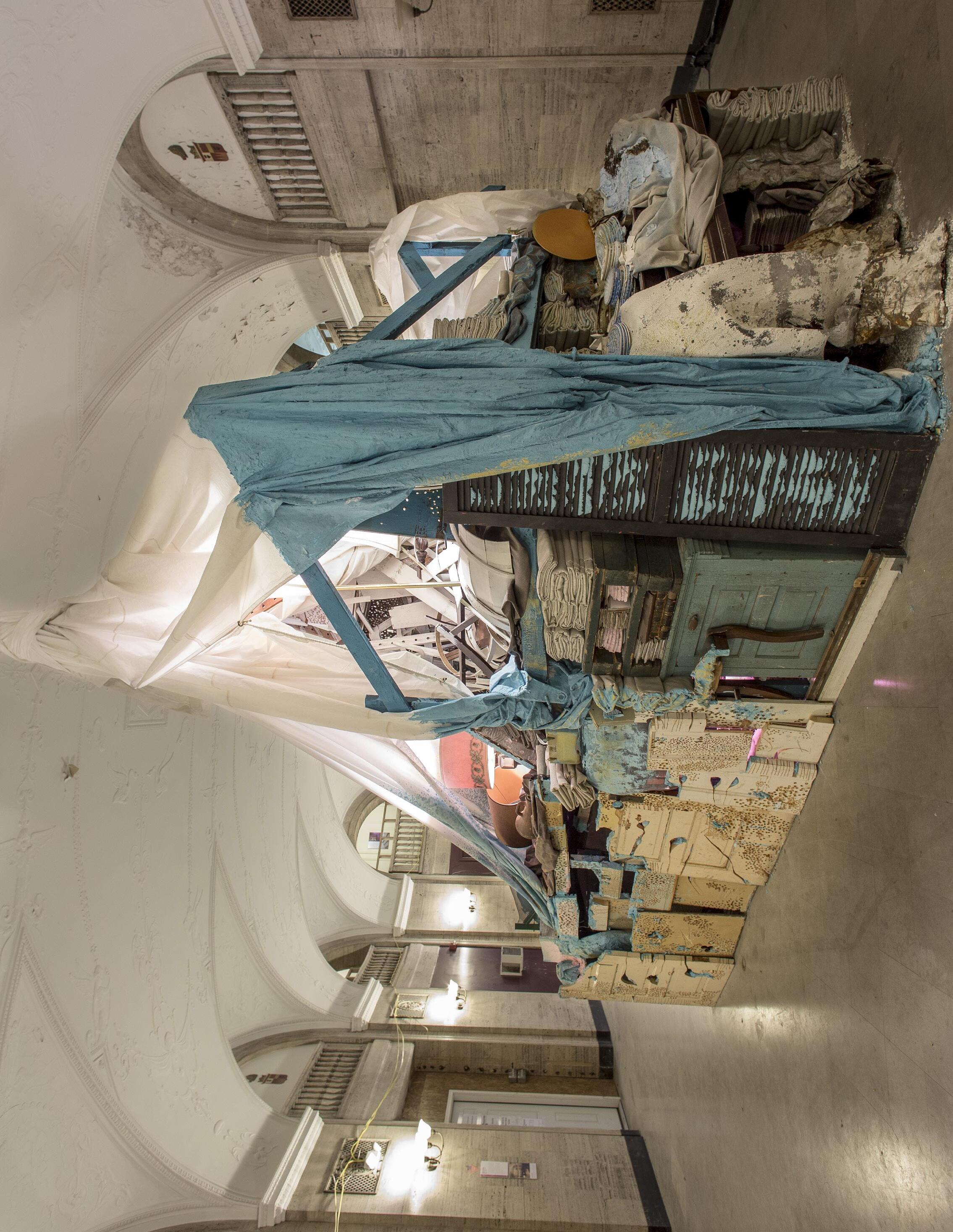
Installation shot of Julie Schenkelberg’s Symptomatic Constant , 2014, SiTE:LAB @ The Morton, Grand Rapids, Michigan. See Creative Life, page 22.
